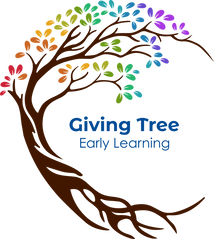|
Tu B'Shvat is the new year of trees, so it is fitting that Giving Tree celebrates Tu B'Shvat with the families! The teachers in each room planned Tu B'Shvat themed activities in their spaces. They set up invitations using tree materials, flowers, recycled materials, pink and green manipulatives, and loose parts. Families were invited to explore different invitations in the hallway and in the classroom to celebrate Tu B'Shvat. The interactive Tu B'Shvat experience was a little different this year than in previous years. Teachers set up age appropriate activities in their classrooms and worked together with their neighboring classroom to set up an invitation in the hallway. This change allowed families to visit all of the classrooms and experience Tu B'Shvat from the toddler rooms to the preschool and prek rooms. The idea behind this change was to provide families with the opportunity to view different classrooms, visit with family members where children are comfortable, and to highlight ideas for age appropriate activities. Our Giving Tree students and families had a wonderful time!
0 Comments
Mrs. Georgia is a classroom support teacher at Giving Tree Early Learning, but she wears many hats in the program. Mrs. Georgia bakes challah with each class twice a month. She also does special baking projects around the Jewish holidays. Recently, Mrs. Georgia has been working with the Oak class on sewing! She used a large plastic needle and thread to sew buttons on burlap. Mrs. Georgia in conjunction with Mrs. Mahern, plan next steps to help children develop the fine motor skills to help sew projects together. The Oak children continued practicing their sewing skills with more focused projects. They created keepsakes for Rosh Hashanah. Mrs. Georgia gave them more opportunities to work on their stitching skills. Students work on several skills while sewing including hand eye coordination, fine motor skills, receptive and expressive communication, and creative arts. Mrs. Georgia continued working on sewing skills by introducing children to sewing machines. She started small, by using the sewing machine to stitch the side of fabric and moved on to thinner fabric. I wonder what they will make next! The holiday of Rosh Hashanah is one of our favorites! So many fun and exciting events and activities take place at Giving Tree. First, teachers set out invitations and provocations based on symbols of Rosh Hashanah like honey and apples for a sweet new year! The light studio and classrooms were full of Rosh Hashanah Reggio inspired experiences. Children talked about bees, honey, and apples. They explored their classrooms and creative play spaces and made beautiful keepsake to celebrate Rosh Hashanah. Children had the opportunity to bake honey cakes with Mrs. Georgia! They learned about recipes, and ingredients while measuring and mixing everything together. We had our annual Ram visit where children had the opportunity to pet the ram and learn about his horns. Rabbi Schusterman came and blew the shofar for us as well! We ended our week with the Oak Apple Market. The Oak children were proud to hand out apples at their apple market. They made money for all of the Giving Tree classrooms, decorated bags for their customers, and made all of the signs for the apple market. Not only did they have a blast serving their customers apples, they worked on essential skills like writing, literacy, math, social emotional skills, and creative arts. Purim is an exciting holiday that involves dressing up and celebrating the story of Queen Esther and how she saved the Jewish people from being hurt by Haman. The week leading up to Purim meant several provocations set up in each classroom that were Purim themed. Children enjoyed building with different materials and hearing the Story of Queen Esther, dressing up in bright colors with beads and crowns, and exploring and creating Groggers, noise makers to shake when the name of Haman was heard. On Purim, teachers created engaging and exciting activities in each of our creative play spaces. The light studio featured three different kinds of castle building, along with puppets dipicting each character in the Story of Queen Esther, and light play. The library had puppets, felt stories, dress up clothes, and books about Purim. The Big Muscle Room had a sensory table set up along with different obstacle courses and pool noodle horses! Our atelier had several activites available for children to explore including castle decorating, mask making, bead making, and groggers in the sensory table. The week before Purim, Mrs. Georgia, our resident baker, went to each classroom and made Hamantaschen with the children. The children practiced skills like math when measuring ingredients, receptive and expressive communication when following directions to make Hamantaschen, science when mixing together the ingredients, and sensory input when rolling and manipulating the dough. Purim was a big success and all of the children enjoyed themselves as well as the teachers!
Celebrating Tu B'Shvat, also known as the New Year for Trees, was an engaging experience at Giving Tree Early Learning. Each classroom was tasked with setting up and arranging Tu B'Shvat inspired provocations and invitiations in the cafeteria. There were a variety of activities set up to engage children of all ages. Light tables were set up in the far corner and sensory tables in the center of the cafeteria. Each light table and sensory table filled with intriguing and natural materials. Pink and green elements were seen to celebrate Tu B'Shvat and emphasize the importance of trees in Israel. Both families and children spent time immursed in play at these areas. Teachers created activities that were geared towards specific skills like sorting, counting, dramatic play, fine motor skills, and creative expression that incorportated the seven species of Israel. These activities were set up throughout the cafeteria for families to move freely, visiting each provocation. To tie the event together, families were invited to paint branches, decorate our Giving Tree with beads, and write their names on ribbons and tie them to the tree. This allowed our program to put emphasis on Tu B'Shvat and show the significance of trees in Israel while incorporating how much we value our families in our school community.
The children at Giving Tree experienced the Jewish High Holidays in amazing ways. The classrooms and creative play spaces featured provocations, invitations, and art experiences with an emphasis on each holiday. For Rosh Hashanah, the Jewish new year, we had an eventful week full of amazing activities centered around the themes and symbols of the holiday. Apples, bees, honey and challah are just a few of those symbols. Our week consisted of a visit from a live ram to learn about where shofars (horns that produce sound) come from, the Apple Market, and honey cake baking to share with our families. During the week before Rosh Hashanah, Rabbi Schusterman visits our program to blow the shofar every morning. Children explored apple and honey themed provocations and created apple, honey, and bee themed crafts to symbolize a sweet new year. The Oak class enjoyed a visit from a beekeeper as well! We rounded out our explorations with a collaborative art project involving honeycomb shaped artwork was created during Rosh Hashanah week. It is proudly displayed in our hallway. Provocation tables in each classrooms and the light studio set the tone for the holiday of Yom Kippur, the Jewish Day of Atonement. We explore concepts of sound (for the shofar) and the weight of the mitzvot (good deeds) we do each year. For Sukkot, the festival of booths- the children learned about sukkahs and the fall harvest. The children engaged in various construction projects to create their own unique sukkahs. Many children constructed sukkahs at their homes and enjoyed eating snack in our school's sukkah located in the Outdoor Classroom. The Oak class even created their own large sukkah in the Atelier that everyone could fit in. We had special visitors including Rabbi Grossbaum, Rabbi Birnhack, and Rabbi Rutstein in the Oak classroom. They explained the meaning of the lulav (willow, palm and myrtle branches) and etrog (a citron fruit) and did shared the traditional blessings with the children. The Oak class was able to take what they learned from the morning blessings and show the younger classes the lulav and etrog.
In the spring each year, we retell the story of the Hebrew people's exodus from Egypt. We tell of how baby Moshe (Moses) began his life in the river Nile to grow into a Prince of Egypt and later a leader of the Hebrew people as he challenged King Pharoah on Hashem's behalf to lead his people from oppression. The story comes to life at Giving Tree through dramatic play, sensory explorations, story telling and the creation of Passover items such as the seder plate, afikomen bag and stories. Take a look at some of our explorations: Matzah Factory- Rabbi Schusterman brings the Matzah Factory to life each year. Matzah is made by combining flour and water together to form a dough. Next the dough is rolled flat and poked full of holes so that the dough will not rise when baked. With the experience of making matzah fresh in our minds, we added in several dramatic play elements to repeat the experience both inside and outside of the classroom. Additionally, we took story telling to the next level in our light studio and classroom explorations of the ten plagues and Baby Moshe! Cooking projects are also a part of our Passover explorations. Charoset (spiced apple mixture), tasting of bitter herbs/greens provide us with a small sampling of the Passover seder offerings. Constructing the great pyramids using various manipulatives is a fun way to learn 3 dimensional shapes, engineering, spacial awareness and team work! The holiday would not be complete without the creation of Passover projects such as seder plates, pillows, matzah covers/afikomen bags, Passover cards and the planting of bitter herbs. Additionally, each classroom created books exploring Passover. Katon- Colors of Passover, Maon- Shapes of Passover, Peuton- Numbers of Passover and Ganon- Alphabet of Passover. On Purim, we retell the story of Queen Esther and Mordechai who saved the Jewish people from an evil plot by a man named, Haman in ancient Persia. This day is a celebration to commemorate the salvation of the Jewish people. We explore the story in various ways as well as Purim themes that include kings and queens, topsy-turvy and more! One tradition is to create a jelly filled triangle shaped cookie called a Hamentashen. Each class had the opportunity to make chocolate chip and strawberry hamentashen to share with their families! Retelling the Purim story is explored through role playing, dramatic play, puppetry, felt boards and through a dynamic interactive megillah reading with Rabbi Schusterman! In the Purim story, Queen Esther resides in a palace. So of course we must explore castle building both inside of the classroom and in our Art Atelier! Sand castles using kinetic sand, shaving cream mortar and foam blocks, and 2 dimensional renderings are just a few of the ways we construct our castles. Other explorations include an obstacle course, carnival style games and pool noodle horse races! Let's not forget the creation of mishloach manot baskets, masks, crowns and groggers! Lastly, we visited the Light Studio to explore bedazzled crowns with loose parts, shadow puppets, black light art in the castle, Purim story puppetry and a noise-tastic megillah reading with instruments! Tu B'Shvat is the New Year for the trees.. It is the date from which we calculate the age of trees which is important as we must make sure a tree is ready to be harvested at the appropriate time. Tu B'Shvat takes place on the 15th day of the Hebrew month of Shevat and marks the beginning of the growing season for trees in Israel. Trees are starting to blossom there at this time. (Almond tree first.) The classes at Giving Tree explored the Almond tree- Ha'Shkediya Porachat in Hebrew- though various invitations of loose parts and art.
Another way that we learn about Tub'shvat is through our sense of taste! There are seven special species, "Shivat Haminim" for which Israel is famous: Wheat, barley, grapes, figs, pomegranates, olives, and dates. Each class was able to taste grapes, dried figs and dates, kalamata olives and investigated a pomegrante!
Chanukah is a time of wonder and discovery in the Giving Tree classrooms. We explore light, viscosity using oil and water experiements, force and gravity with spinning dreidels and explore the story of the brave Maccabees who restored the temple after the Greek army had destroyed it. The holiday of Chanukah is celebrated for 8 days as a miracle occured in the temple- a small jug of oil, enough for only one day, lasted for 8 days and nights! The symbols of Chanukah are the chanukiah- menorah, dreidels, and foods cooked in oil like donuts or potato latkes! In each classroom, the children recreated some or all of these items. Chanukah is also known as the Festival of Lights! We explored various forms of light in the light studio with Chanukah themed invitations. Here are some of our other explorations that include the number 1-8, loose parts, sensory exploration, art and music and movement.
|
AuthorMrs. Alethia Minlaff, Director: you can reach her by emailing [email protected] Archives
May 2024
Categories
All
|
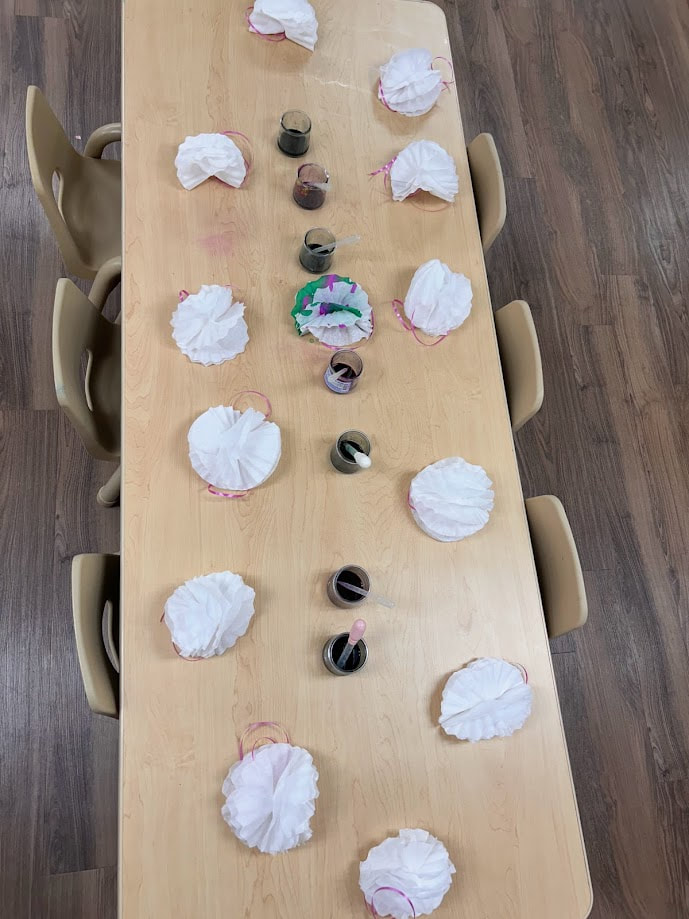
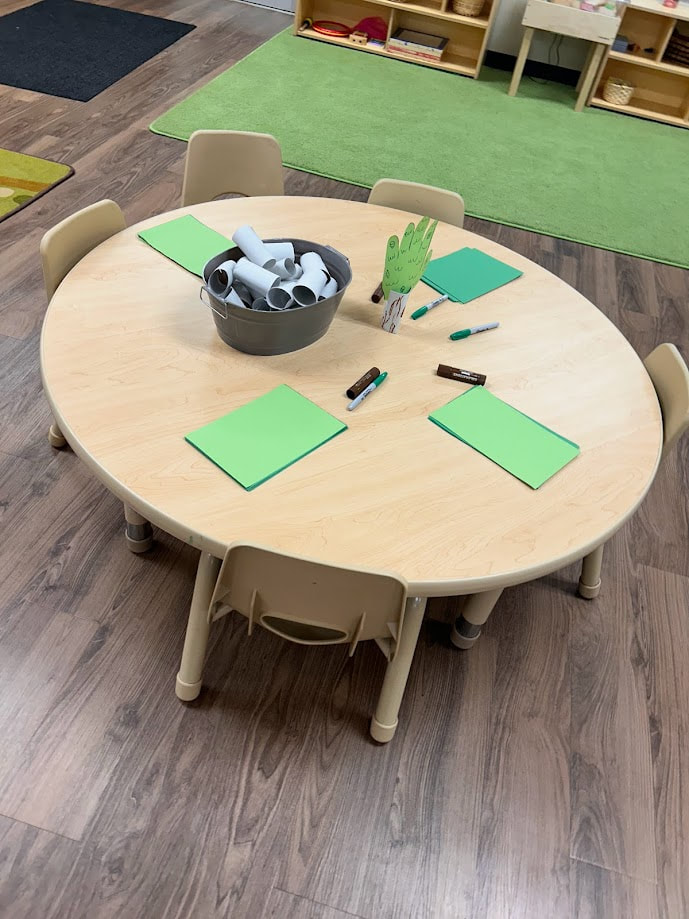
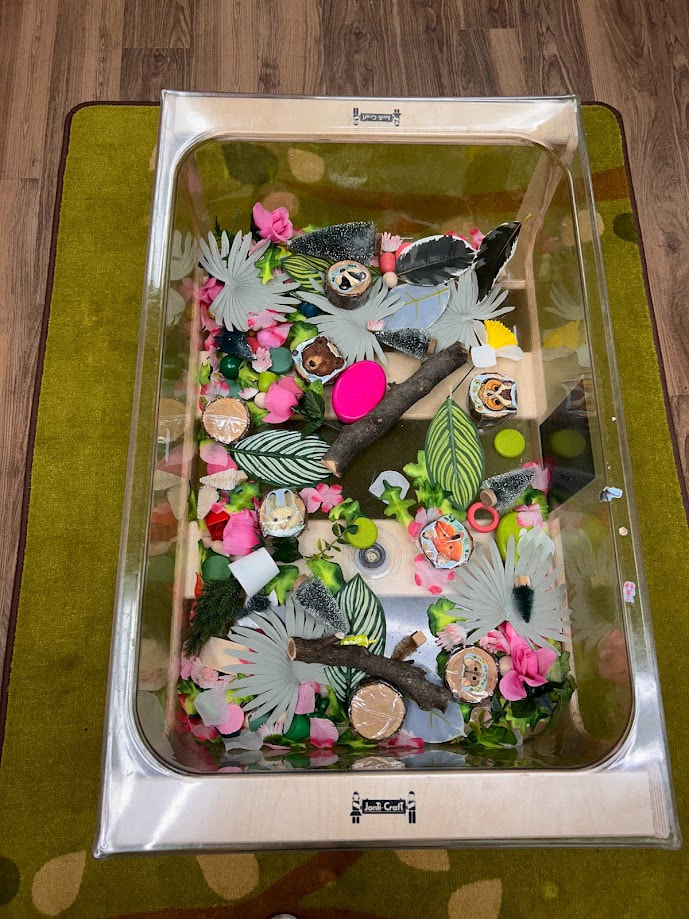
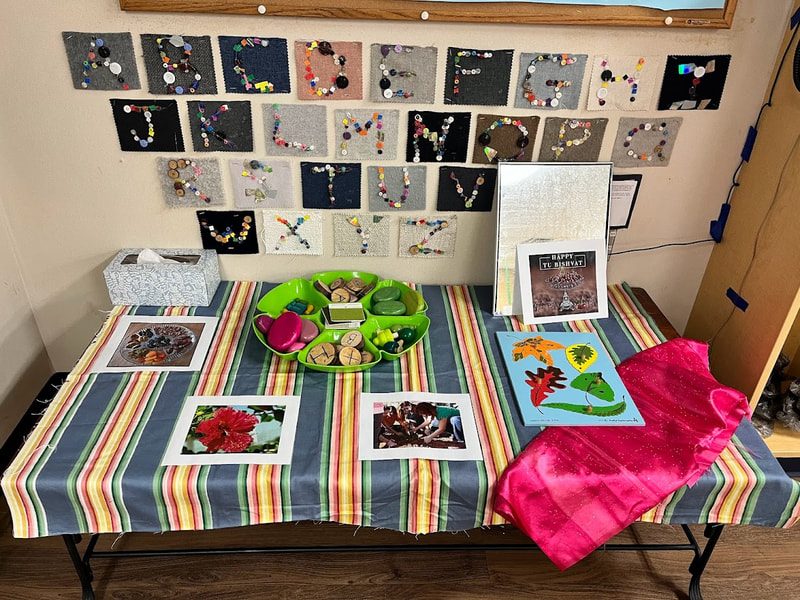
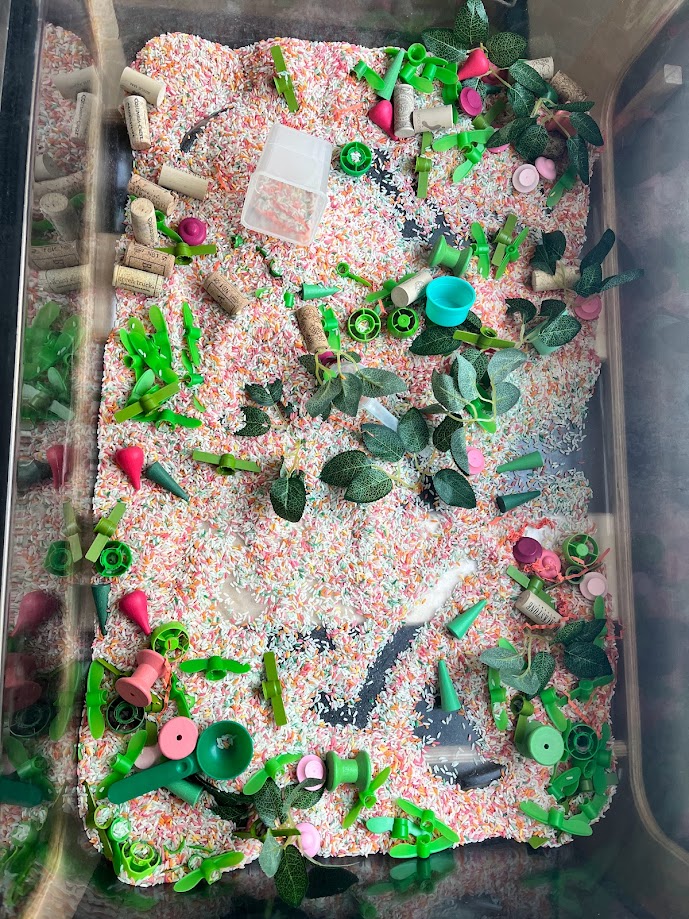
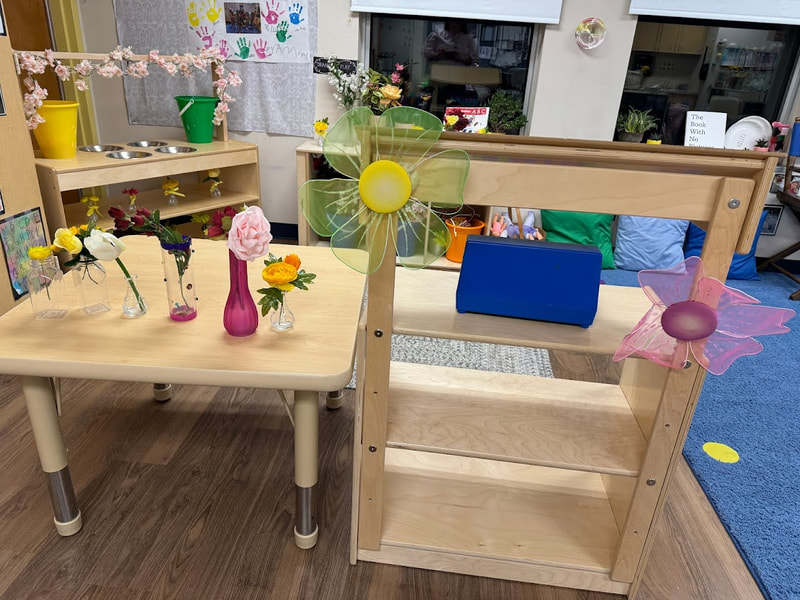
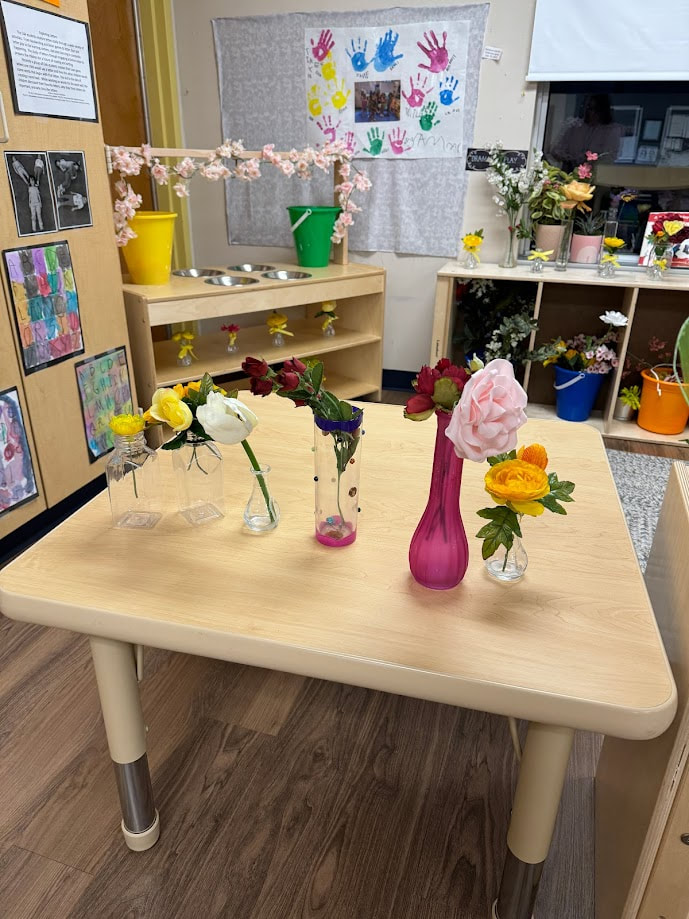
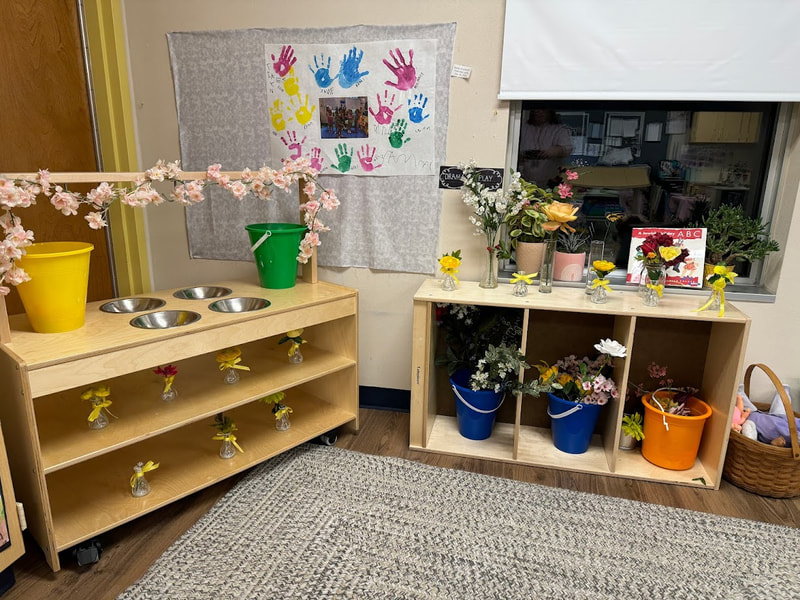
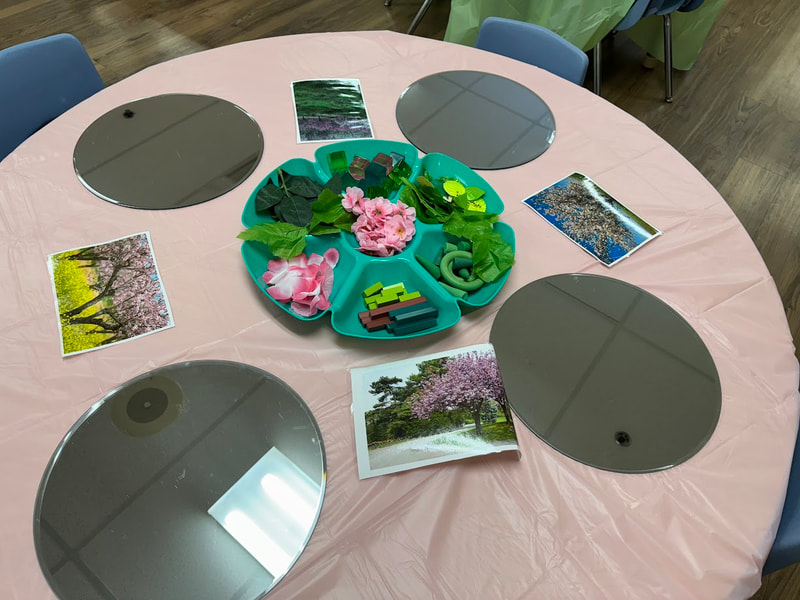
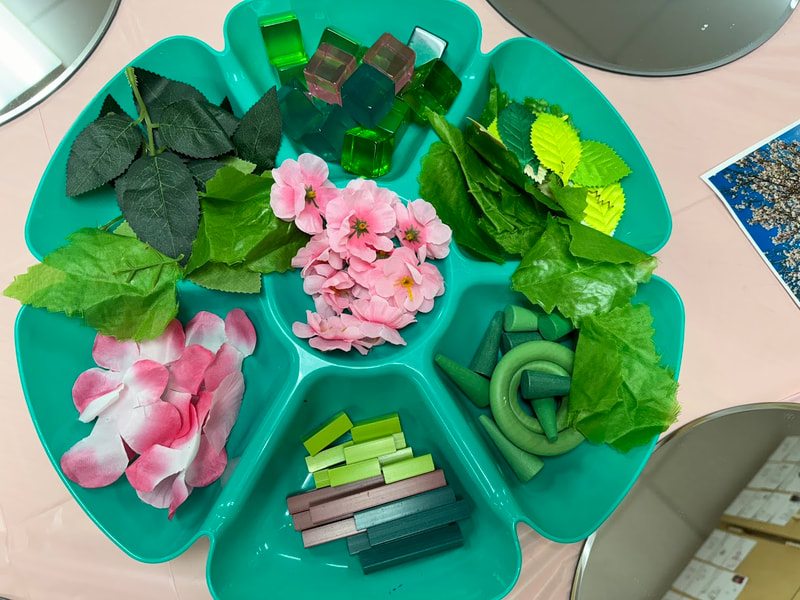
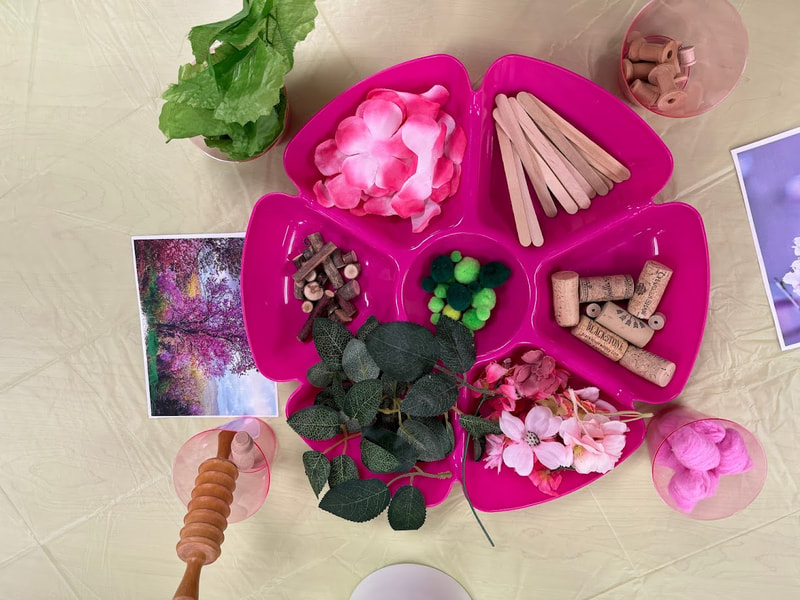
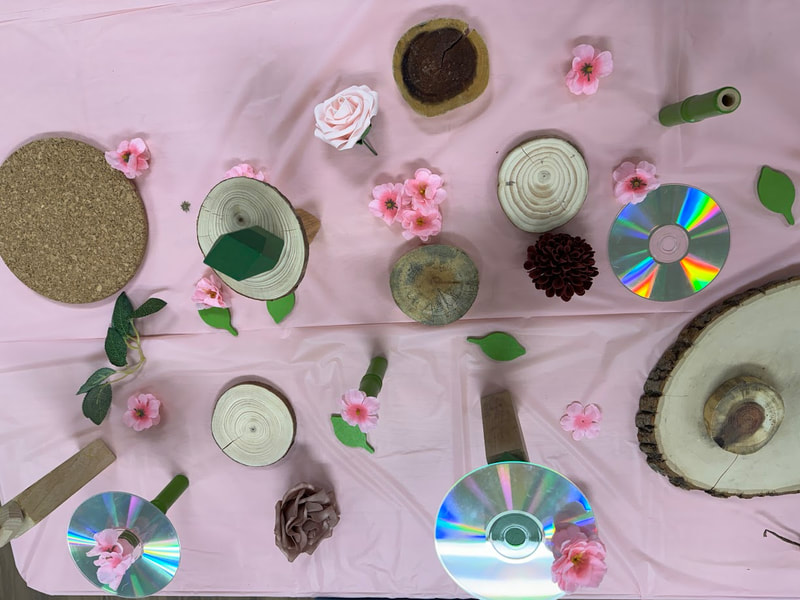
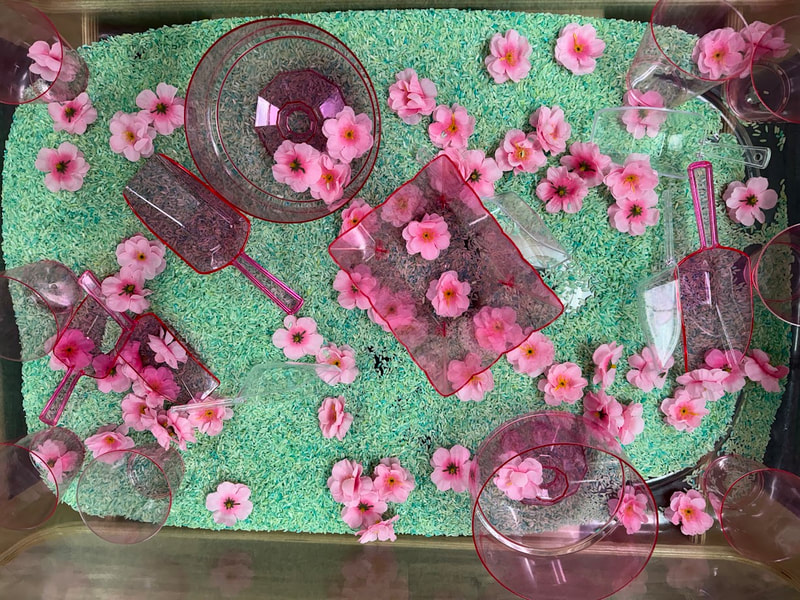
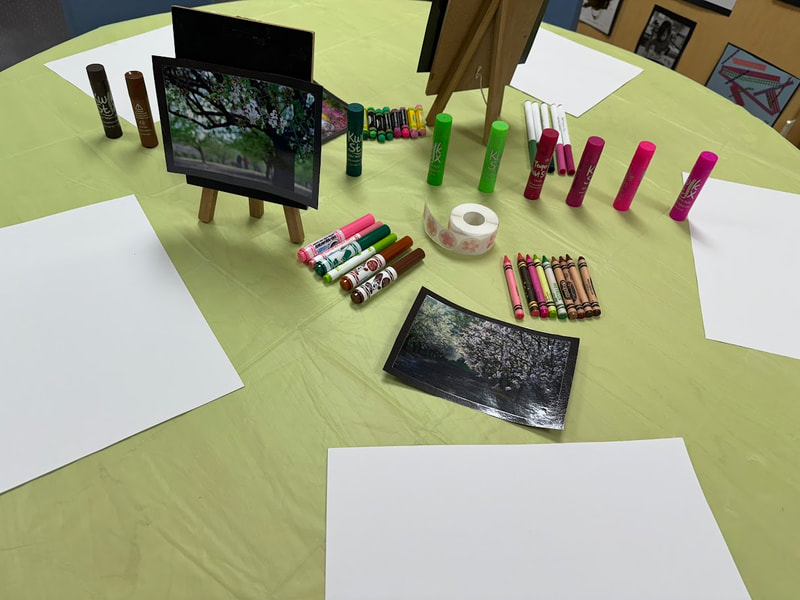
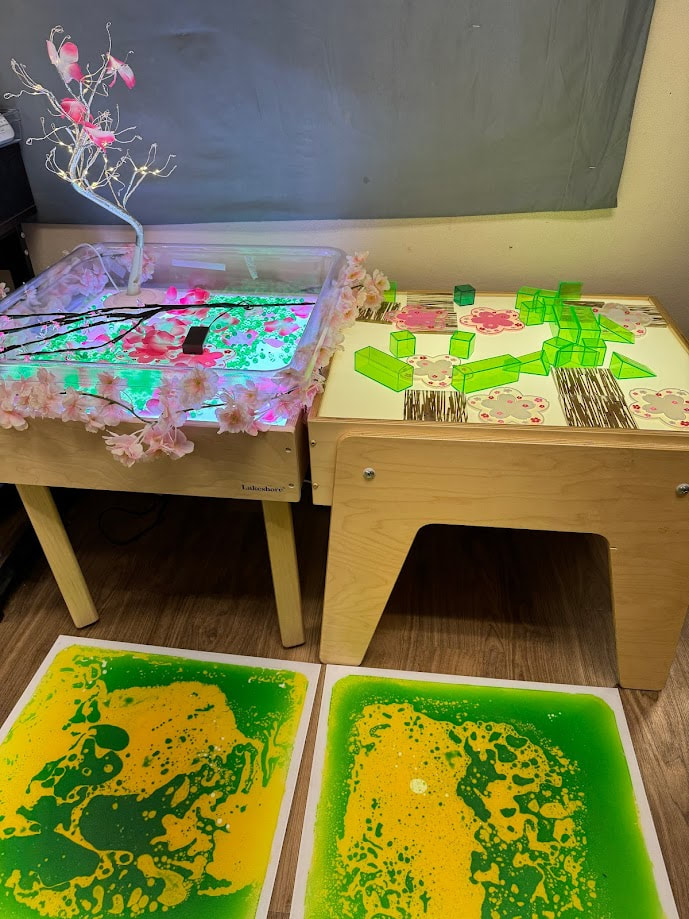
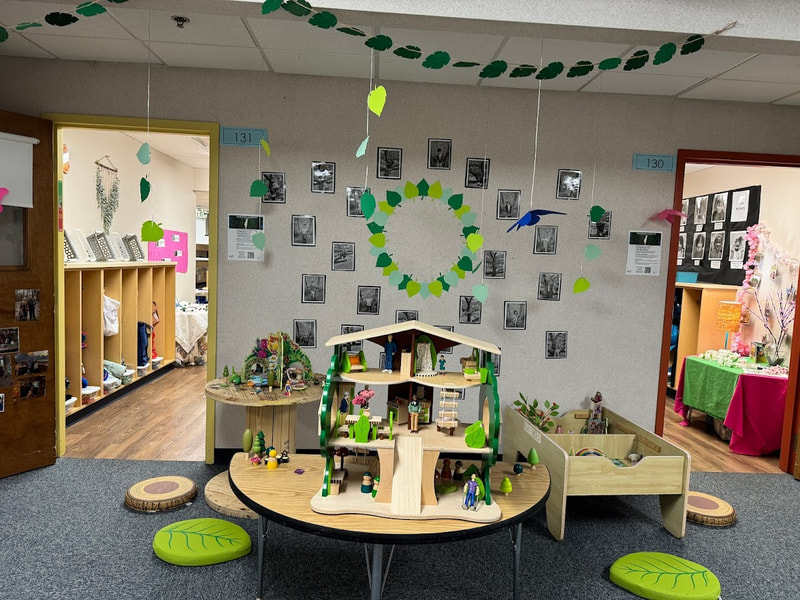
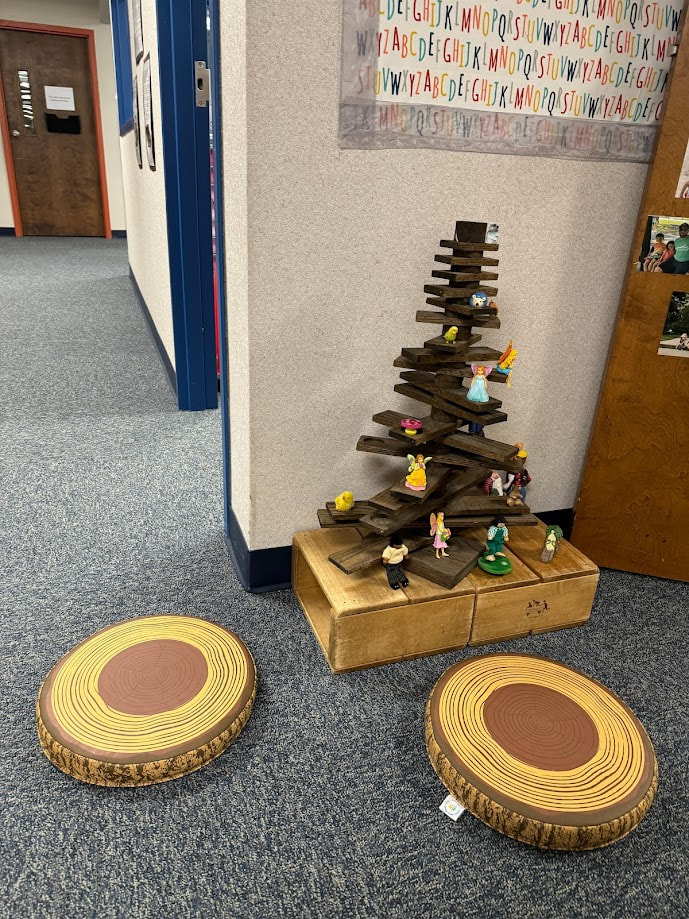
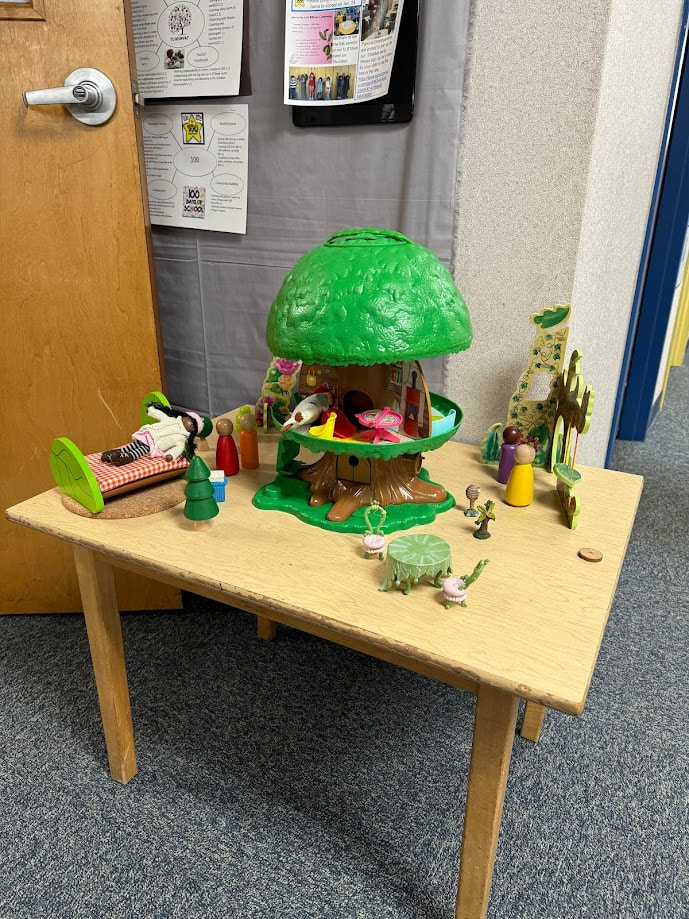

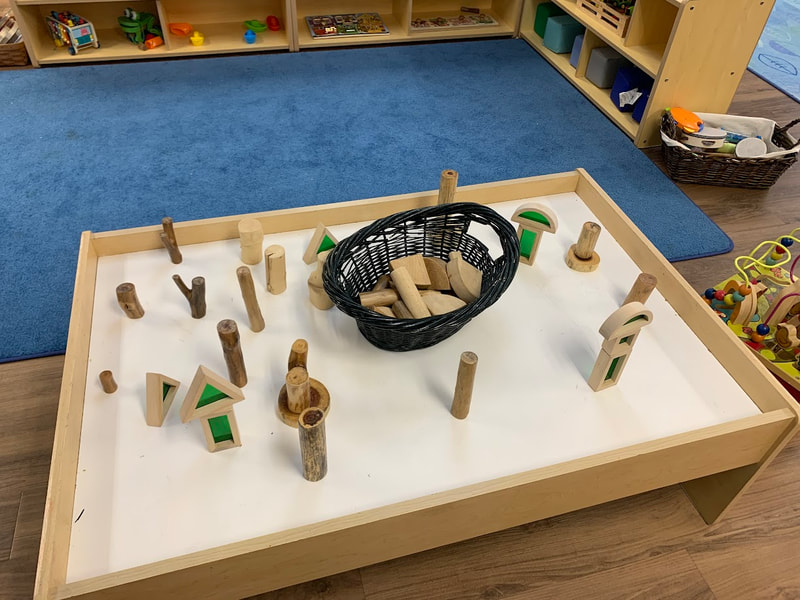
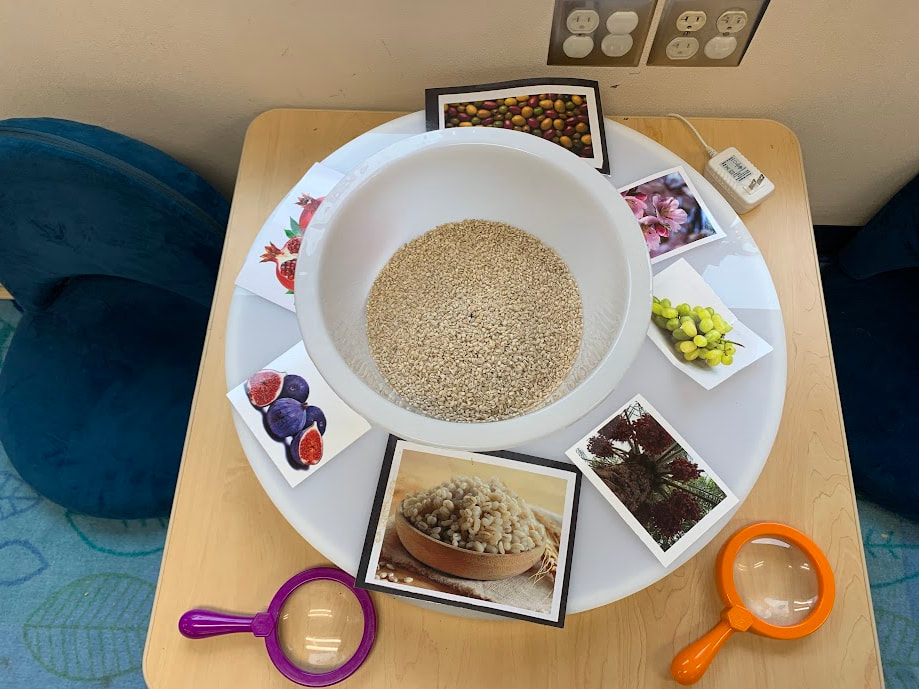
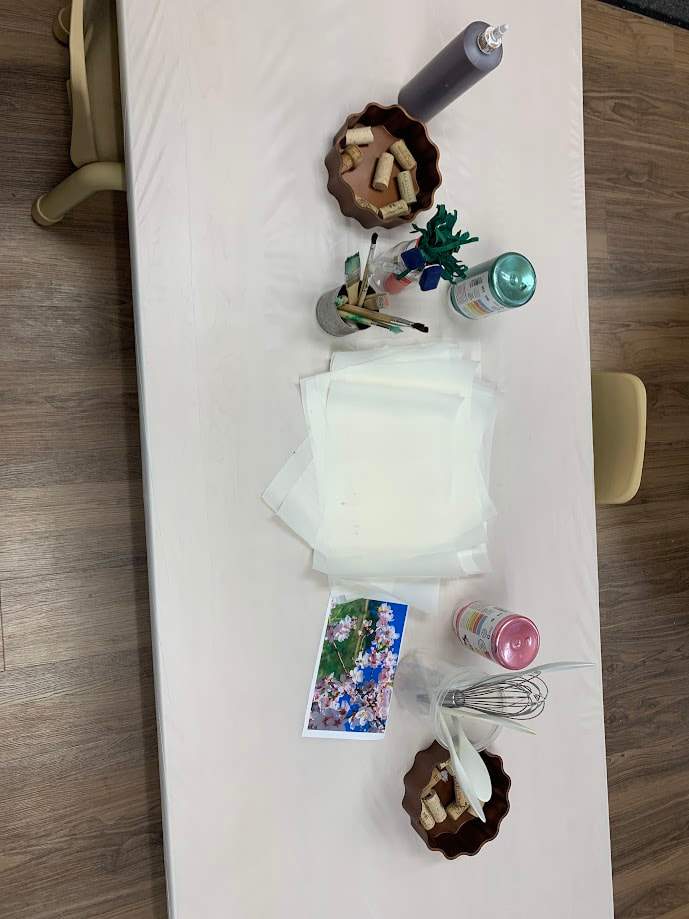
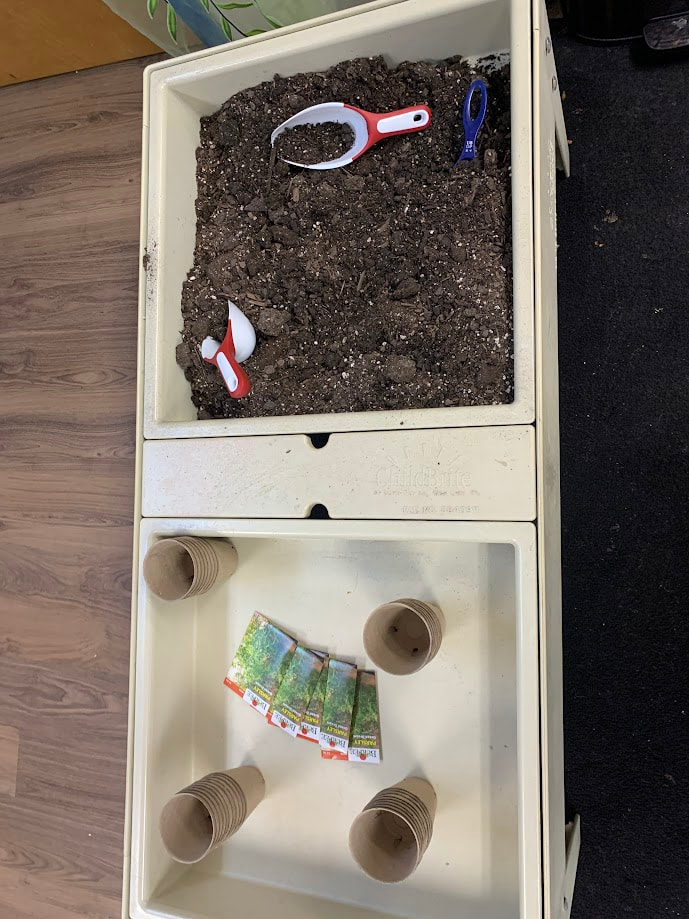
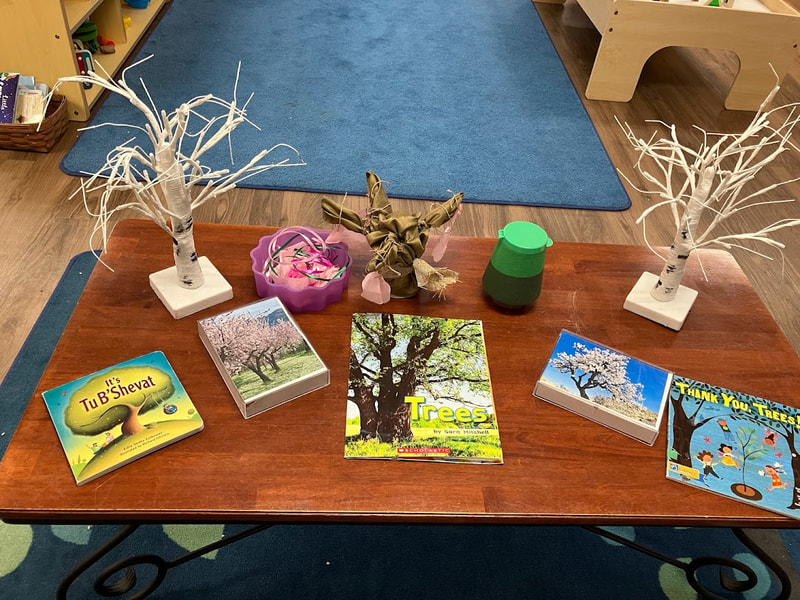
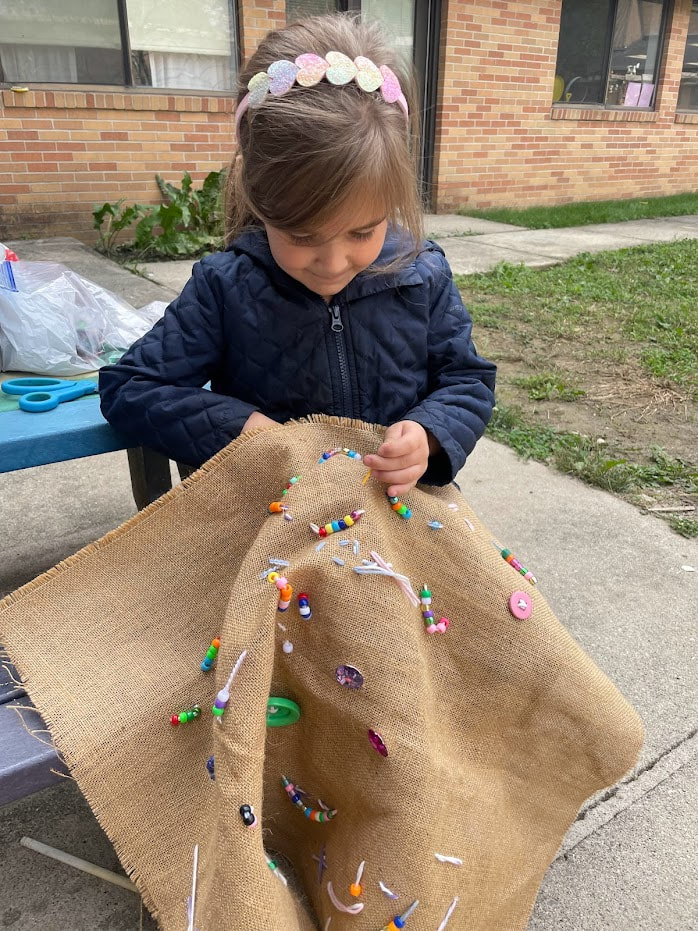
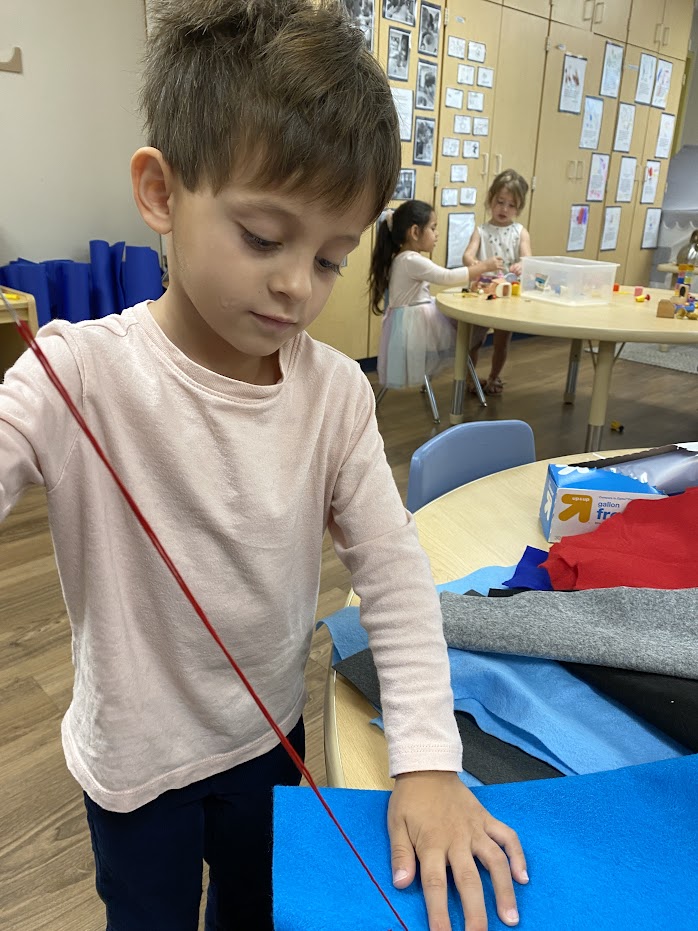
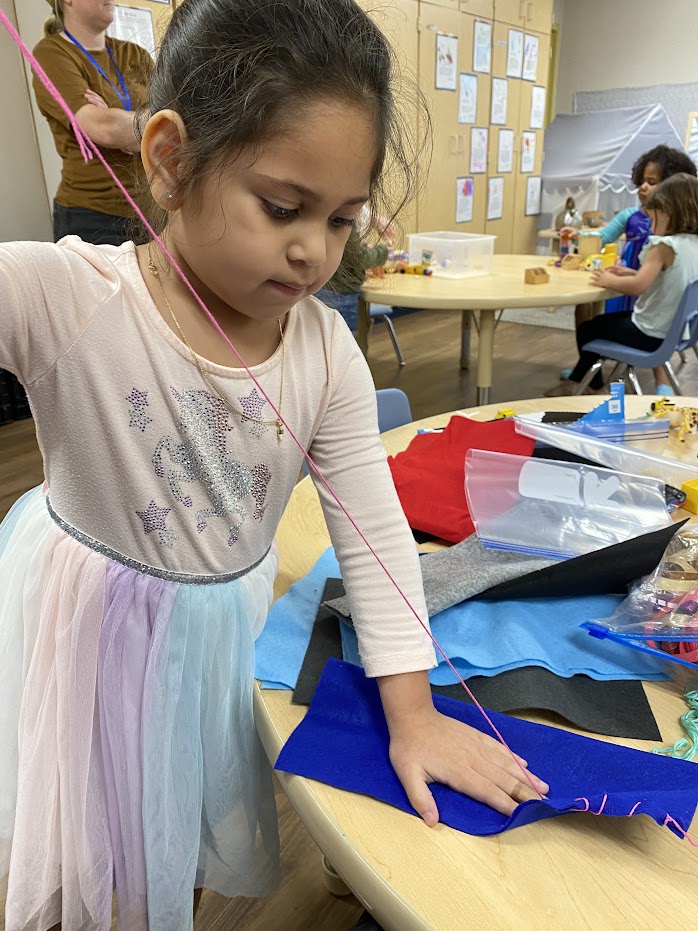
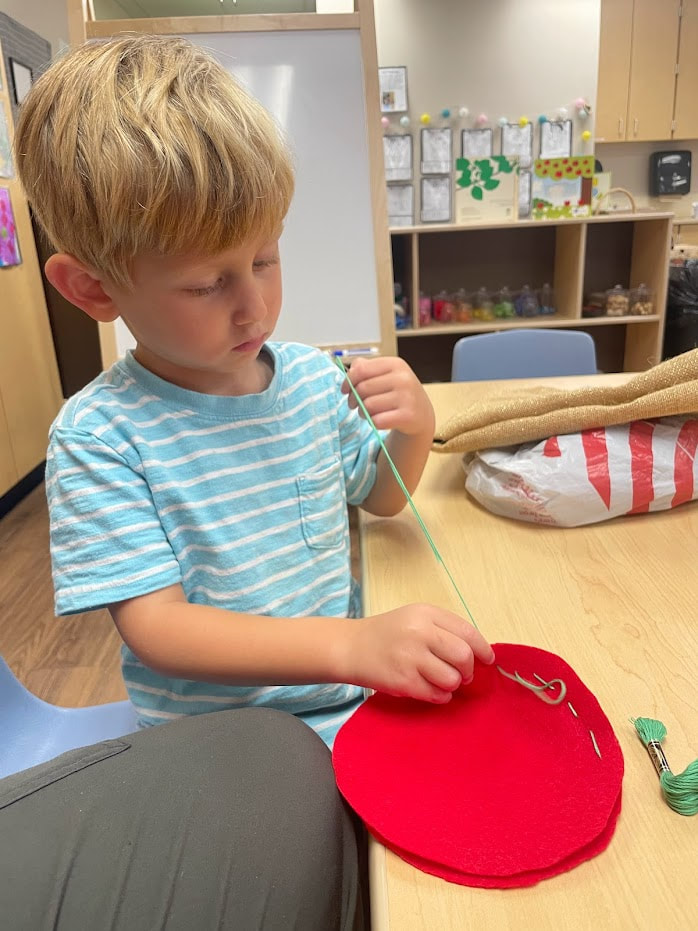
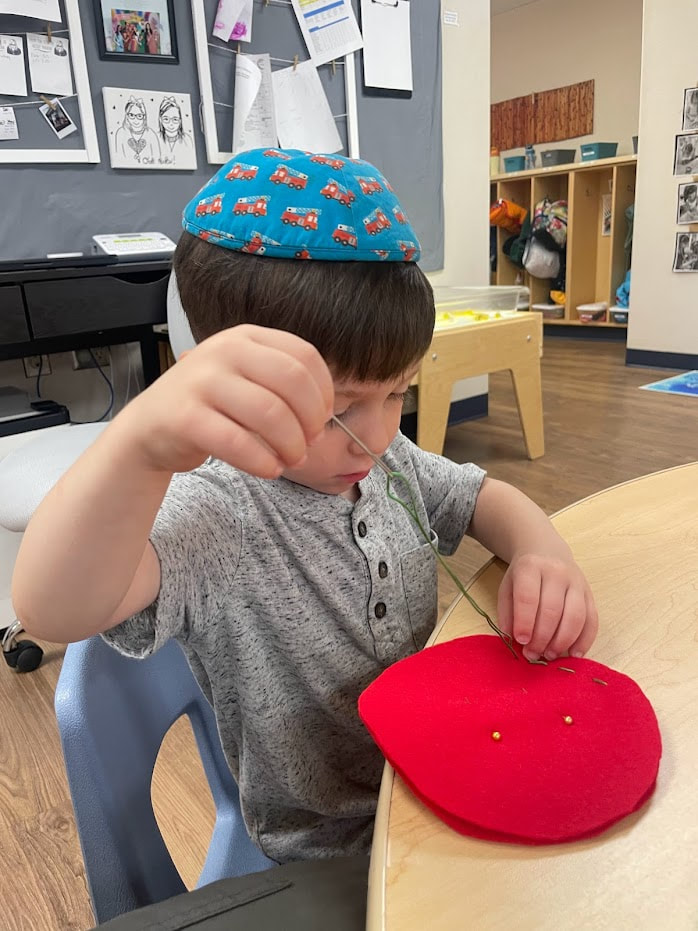
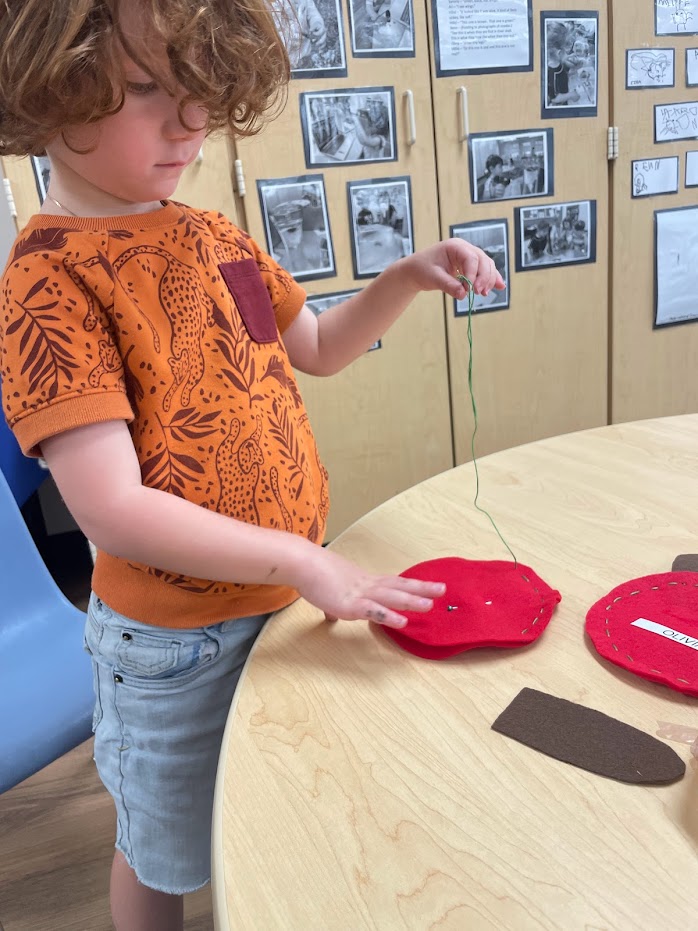
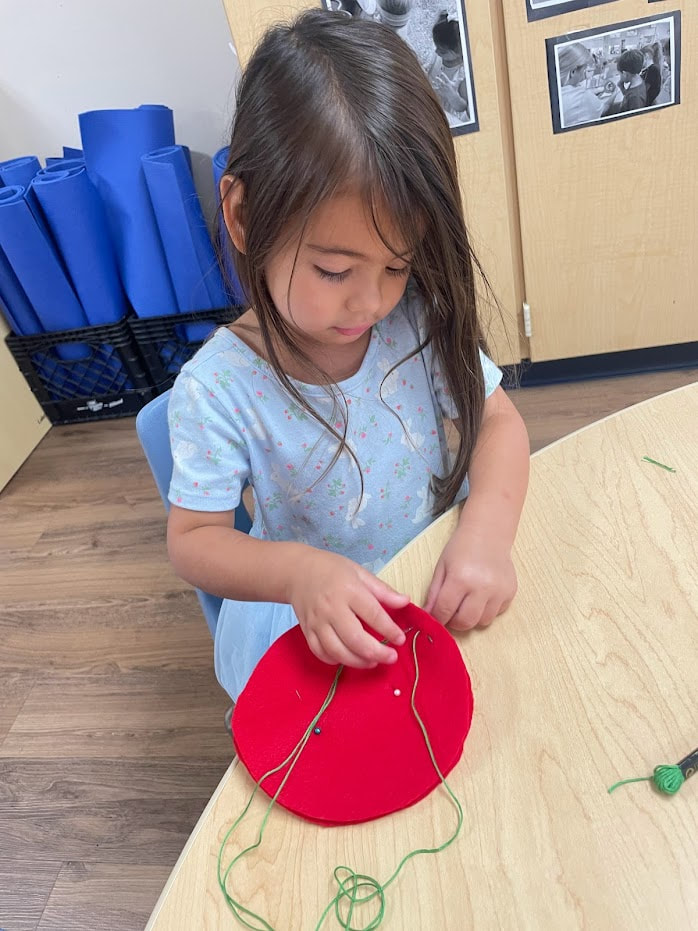
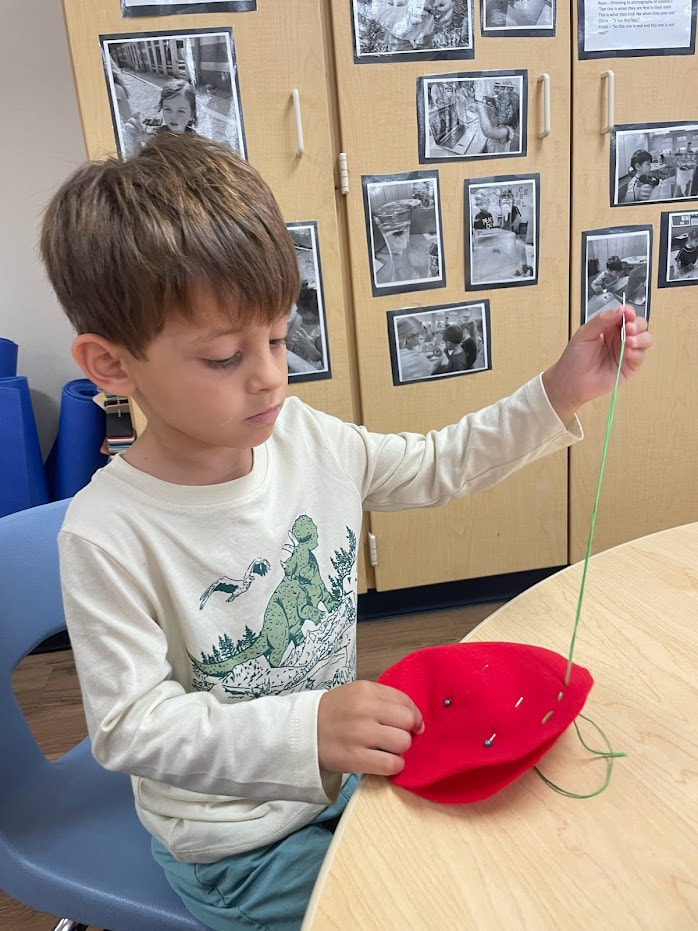
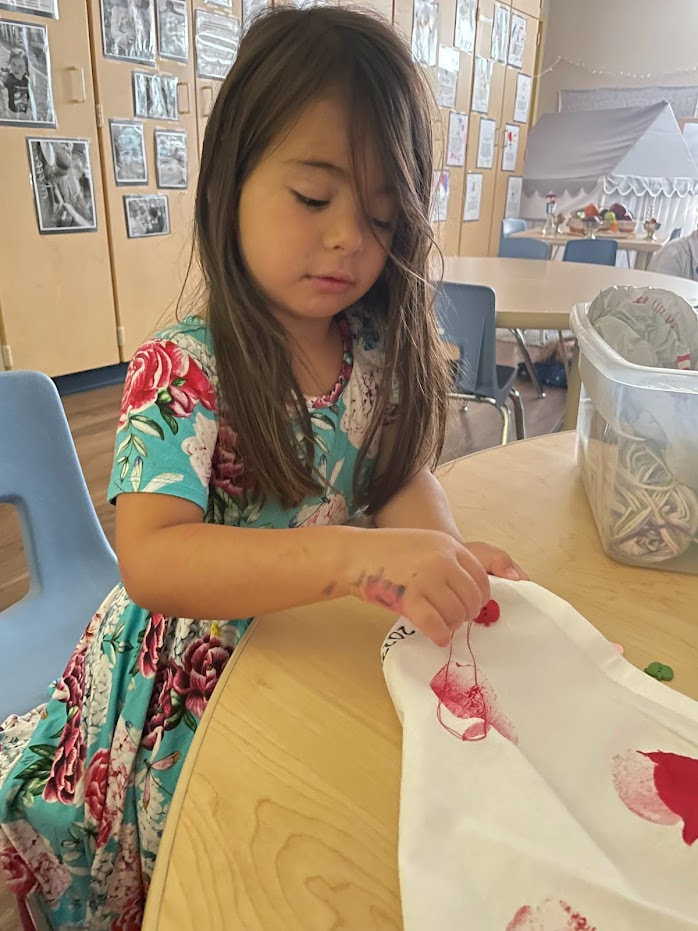
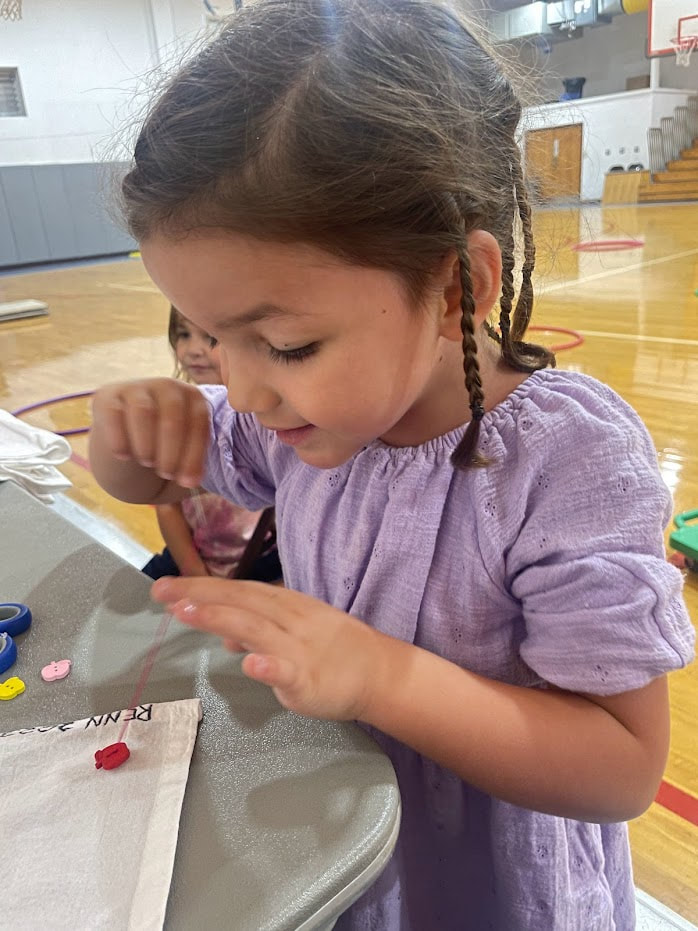
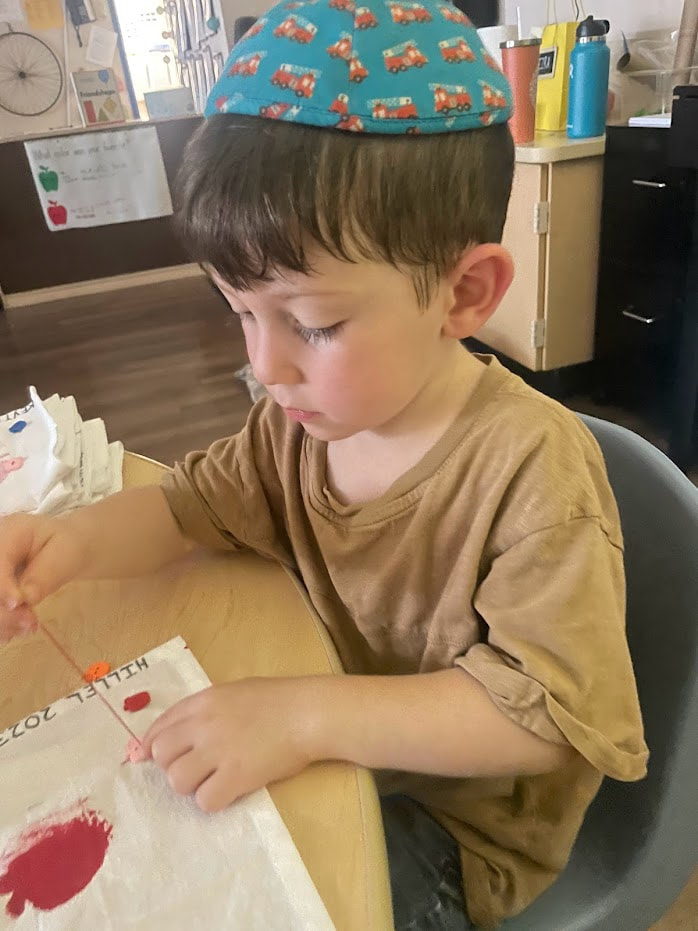
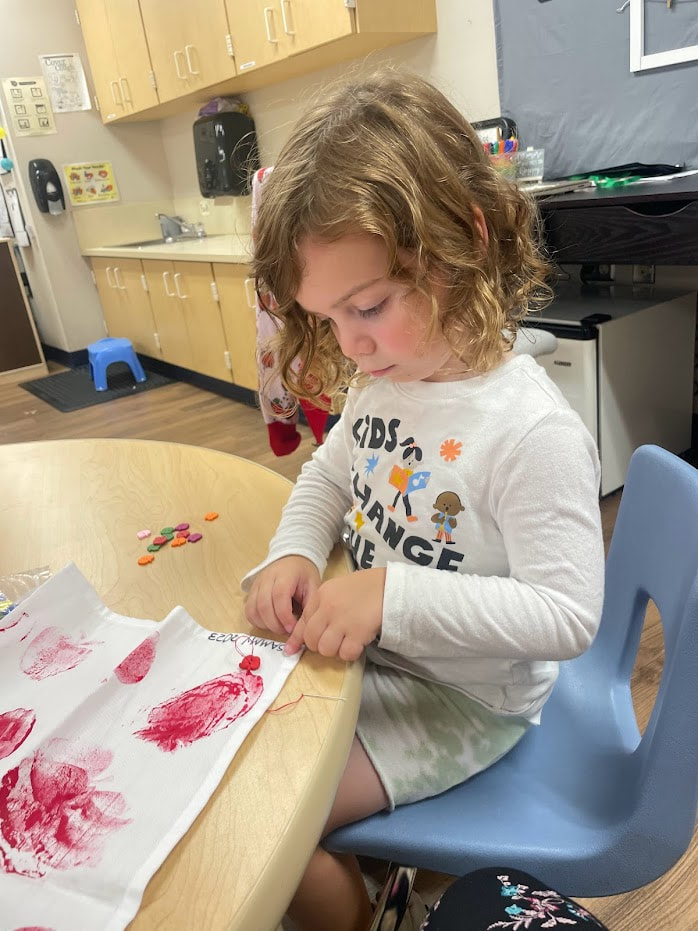
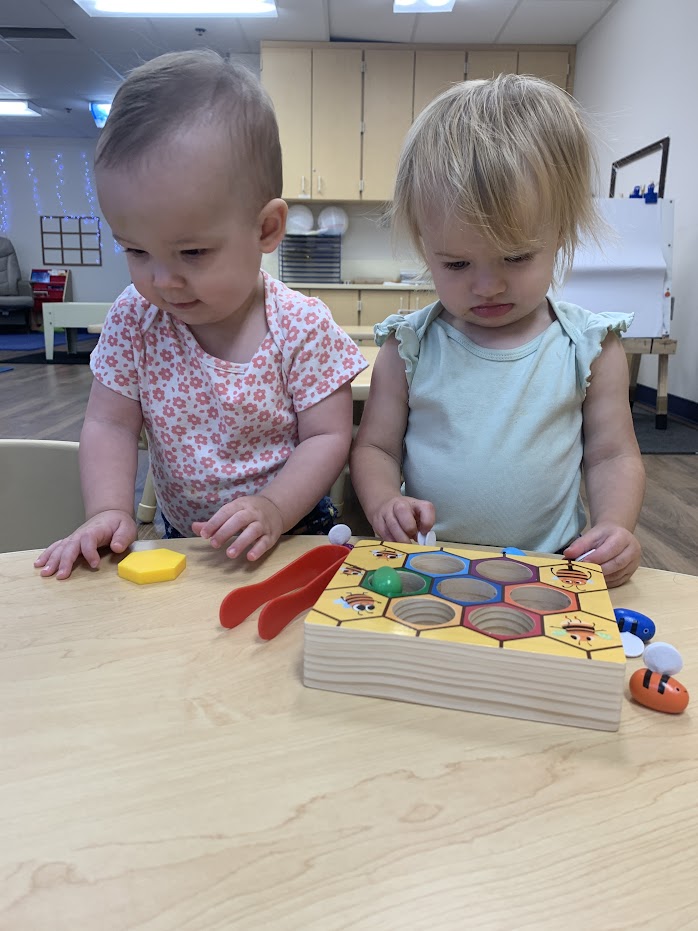
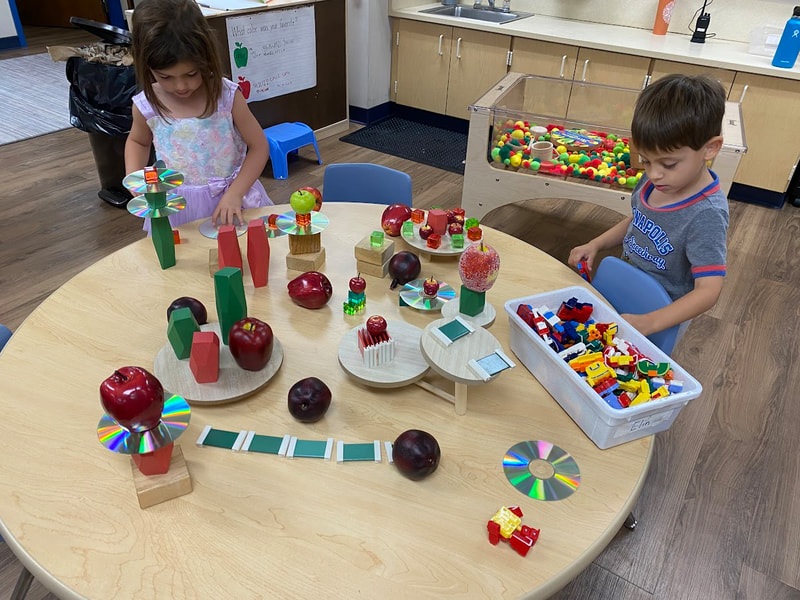
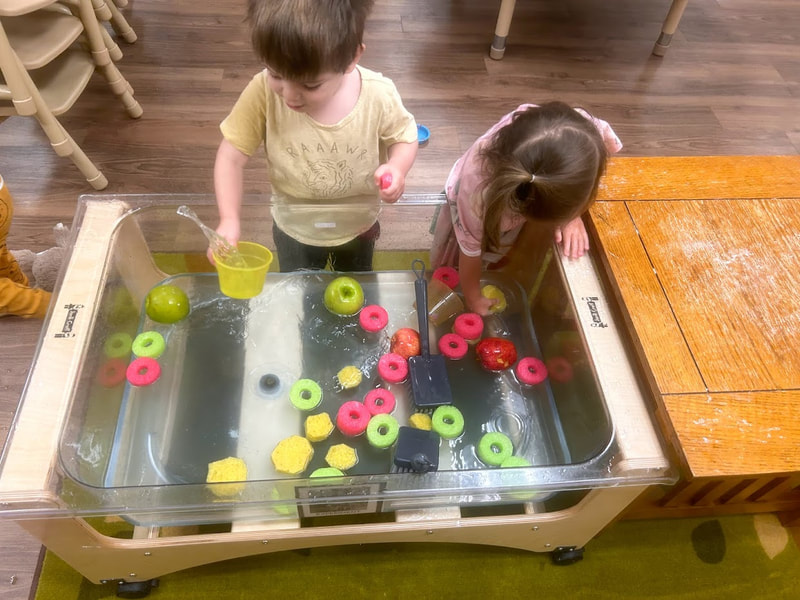
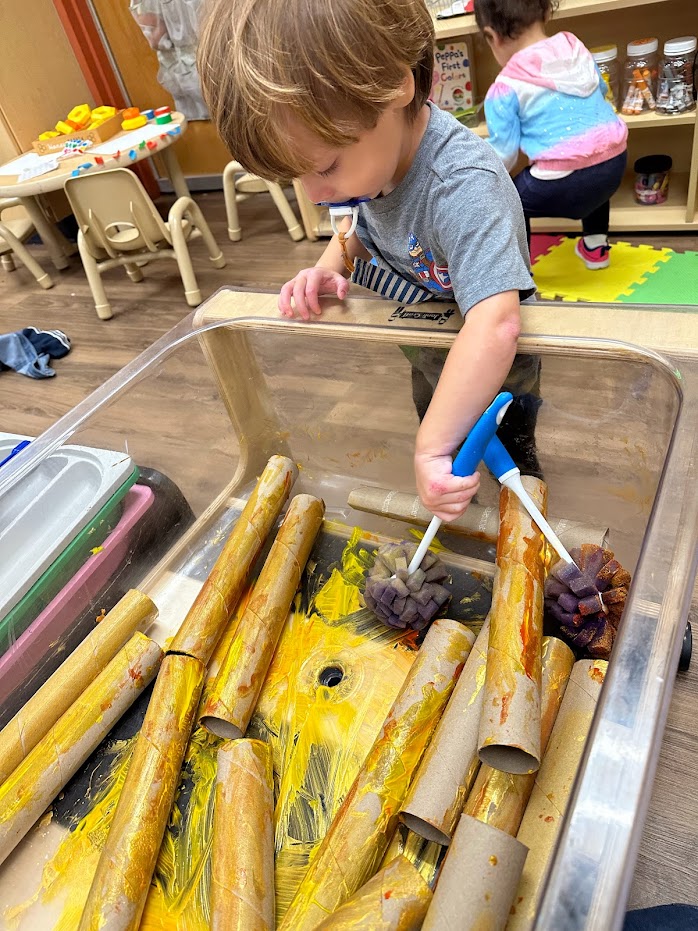
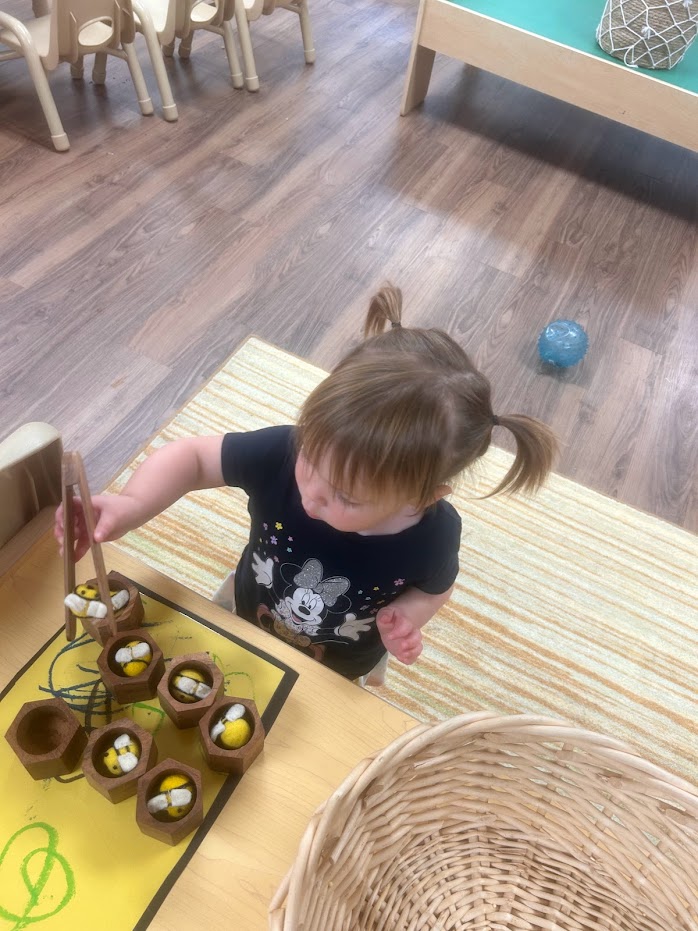
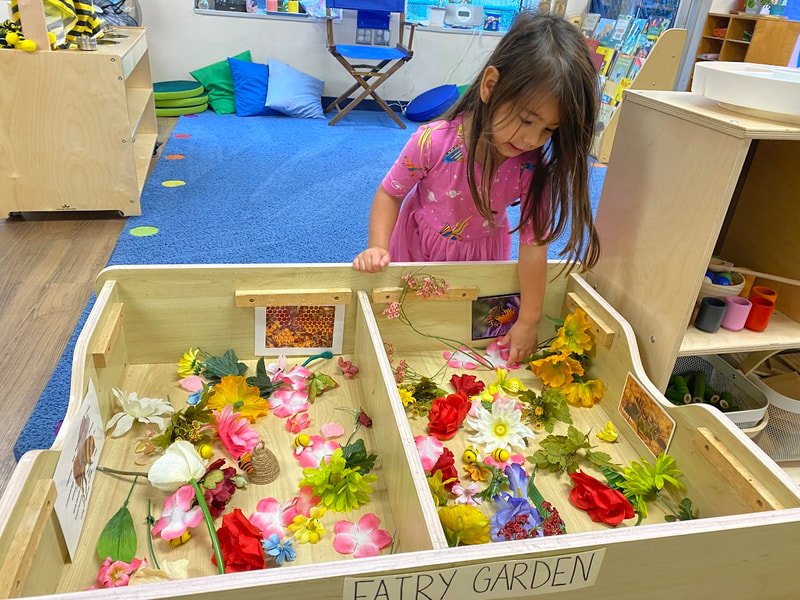
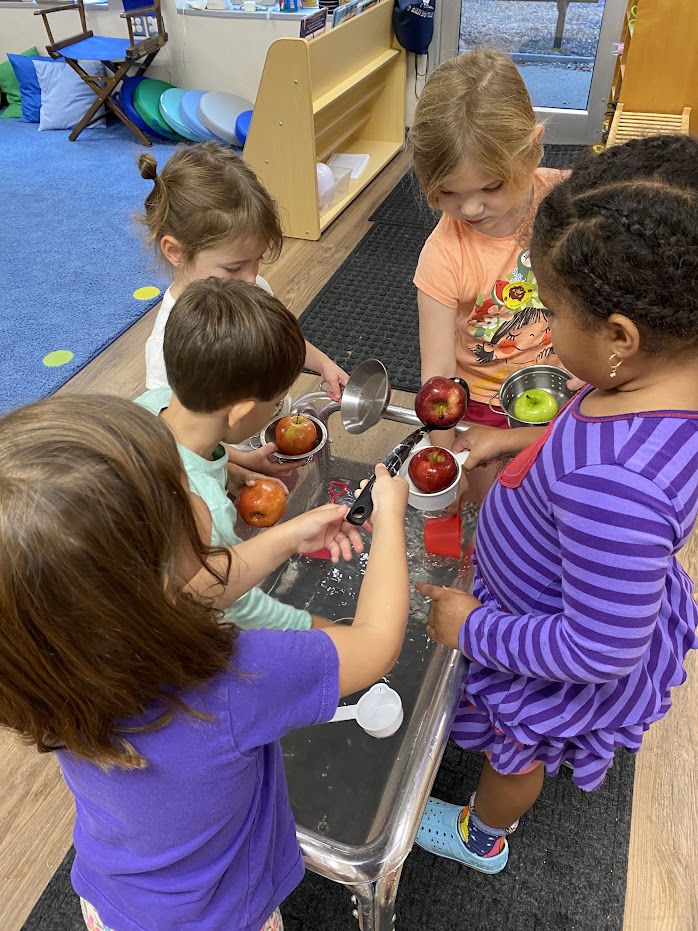
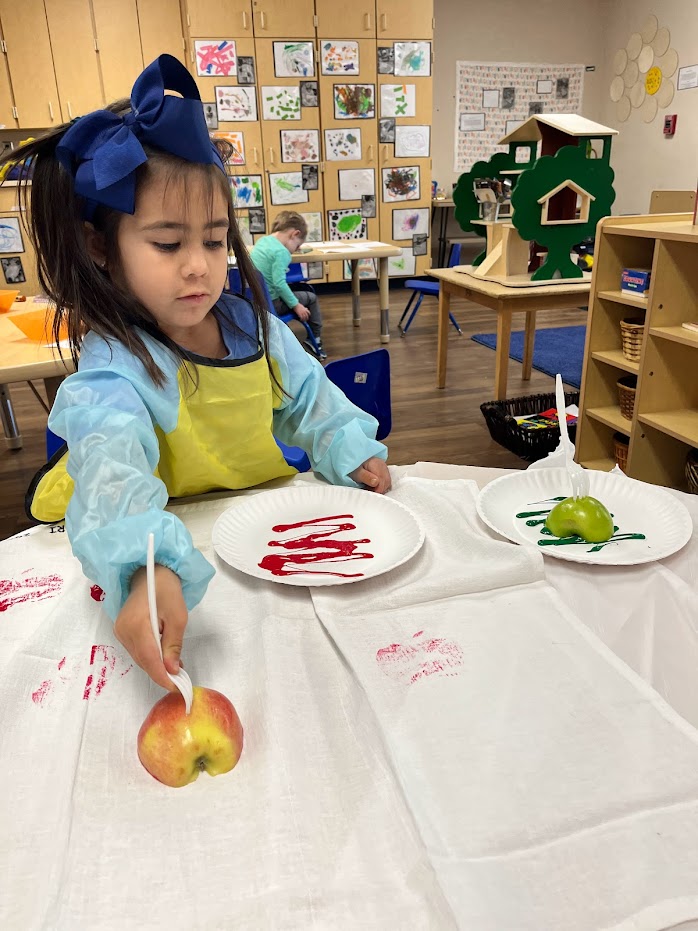
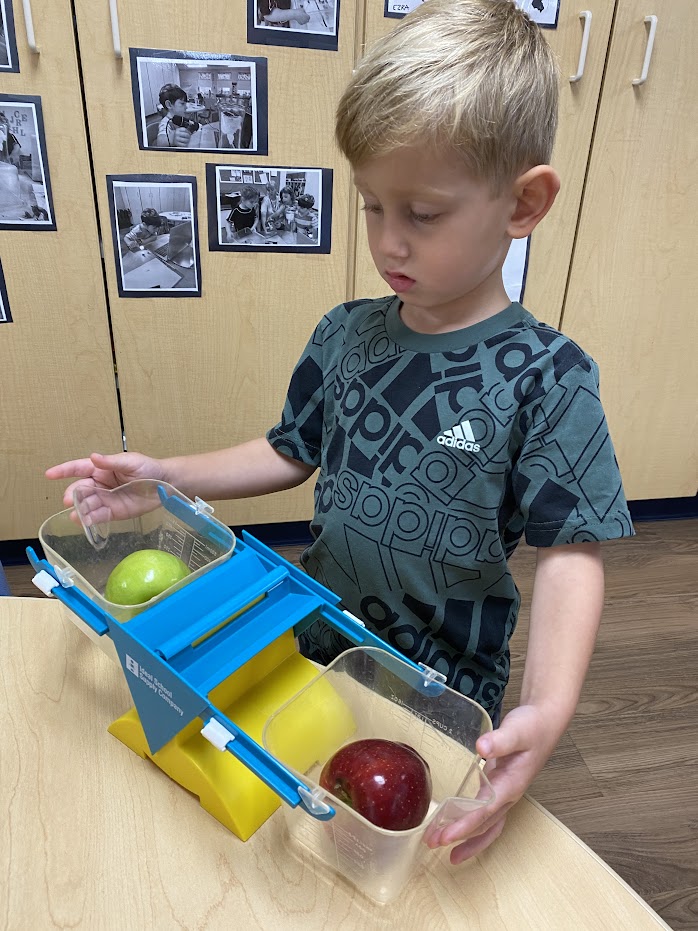
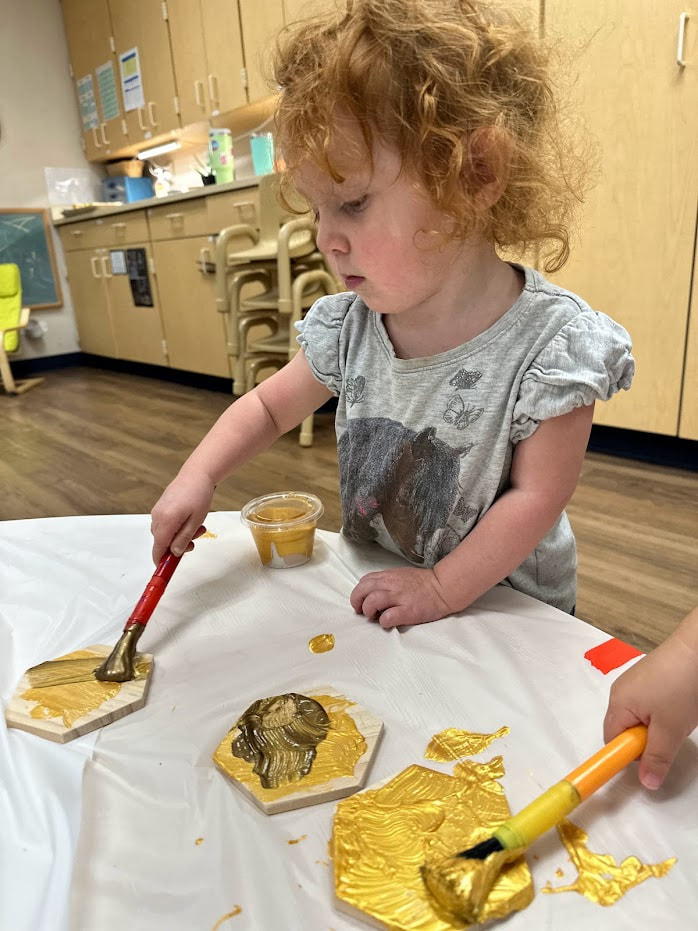
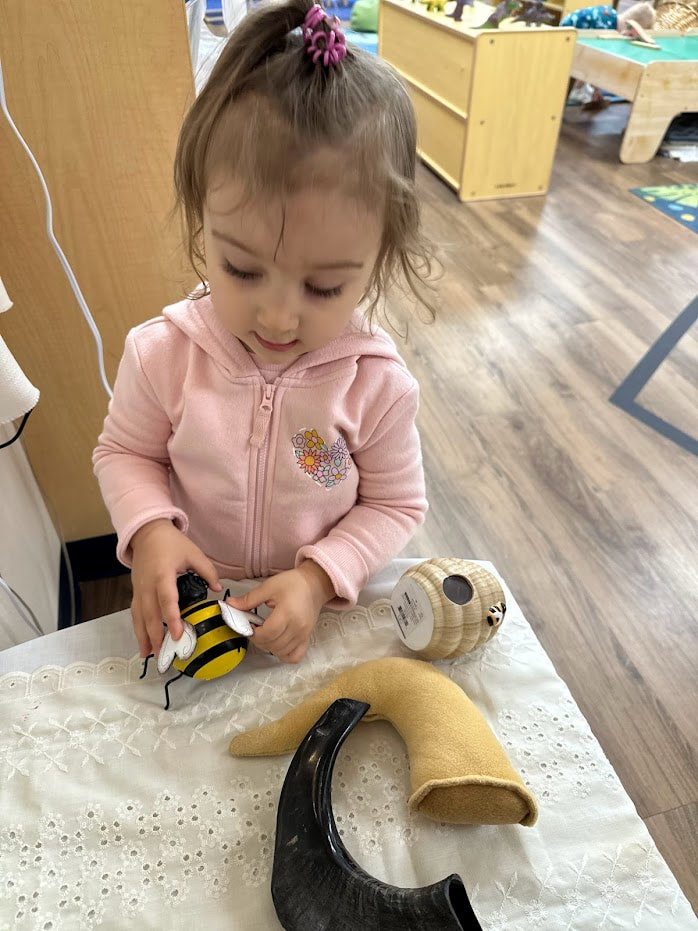
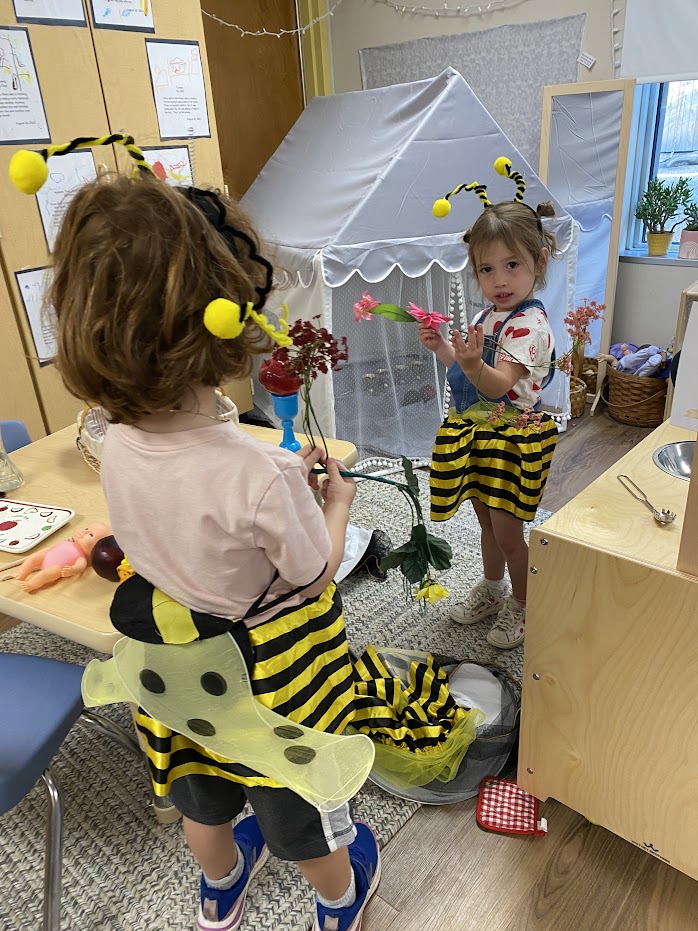
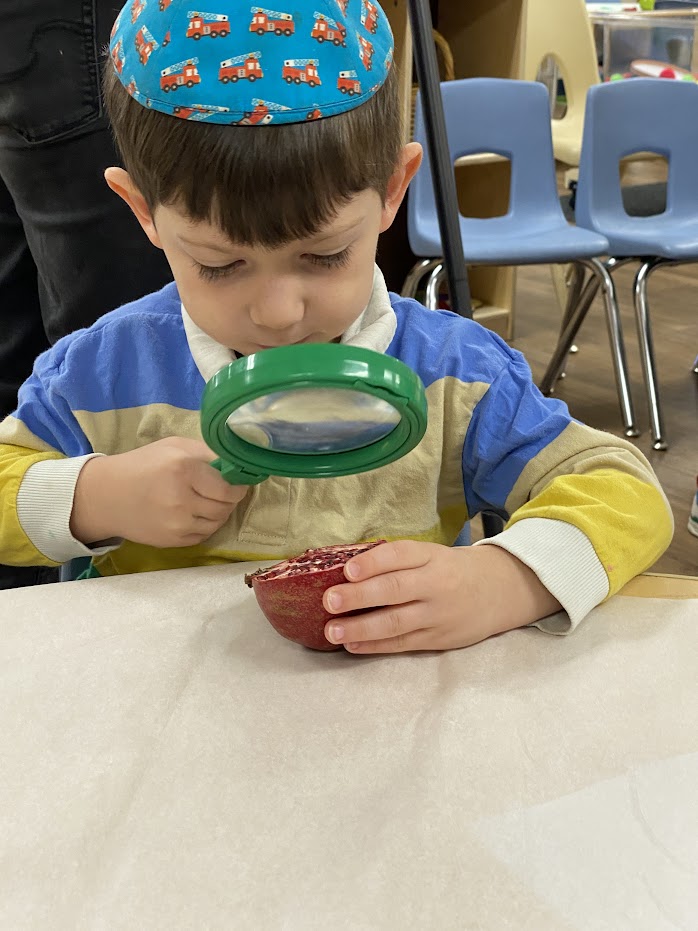
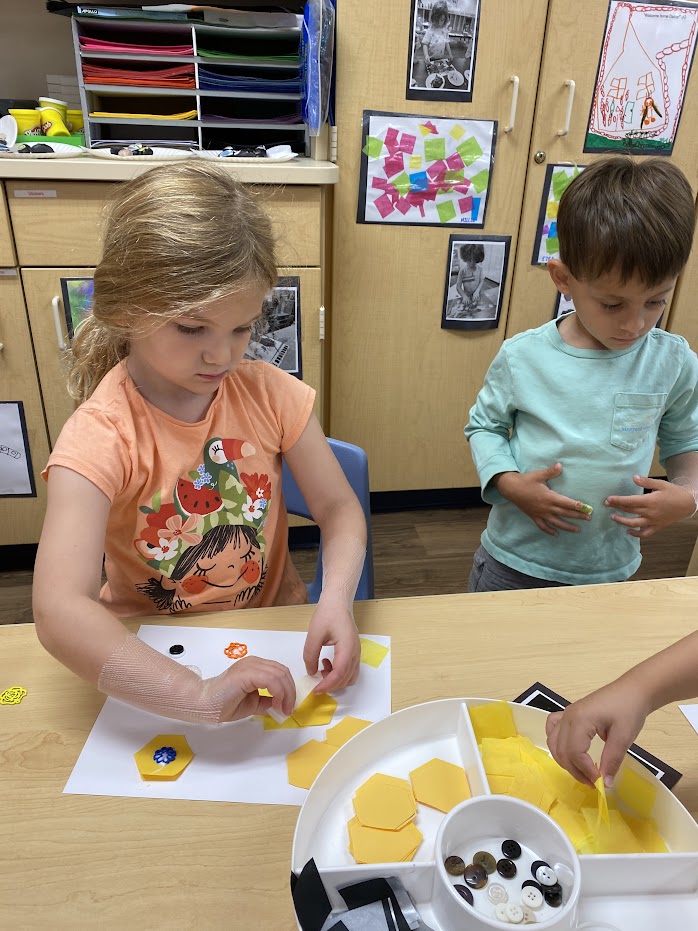
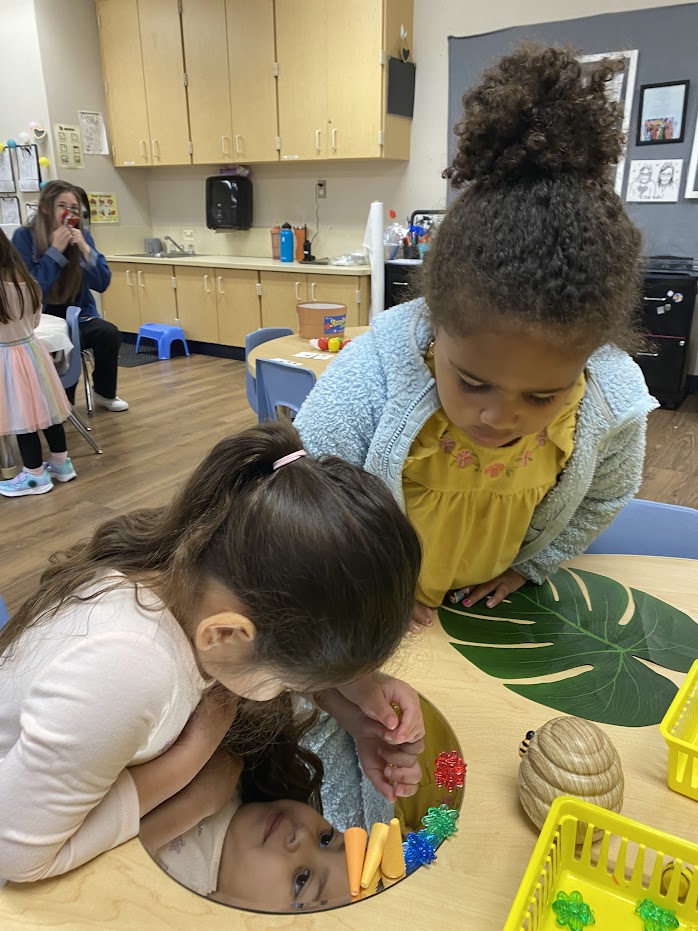
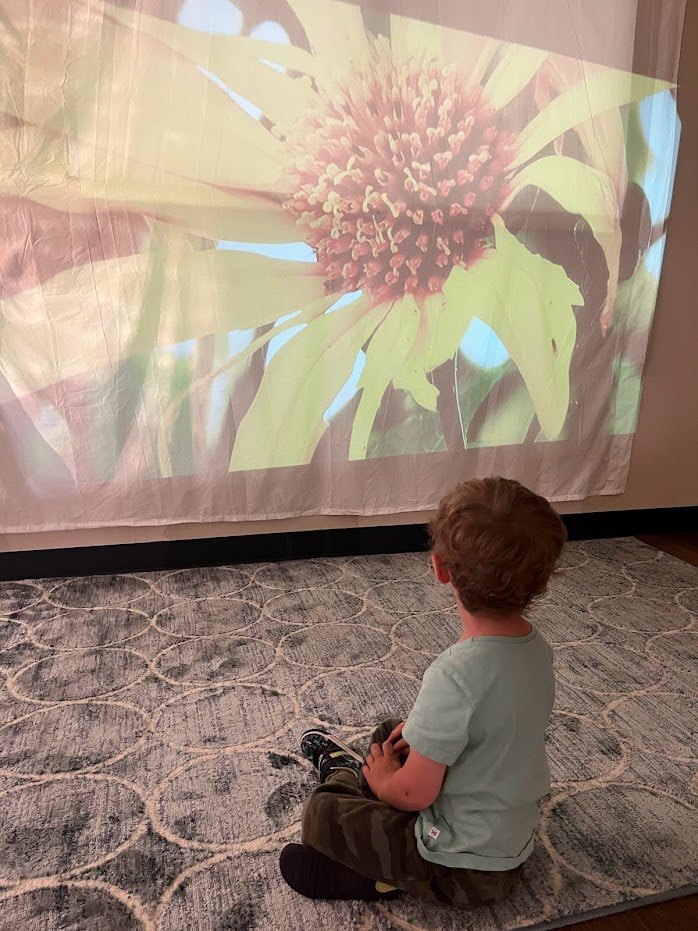
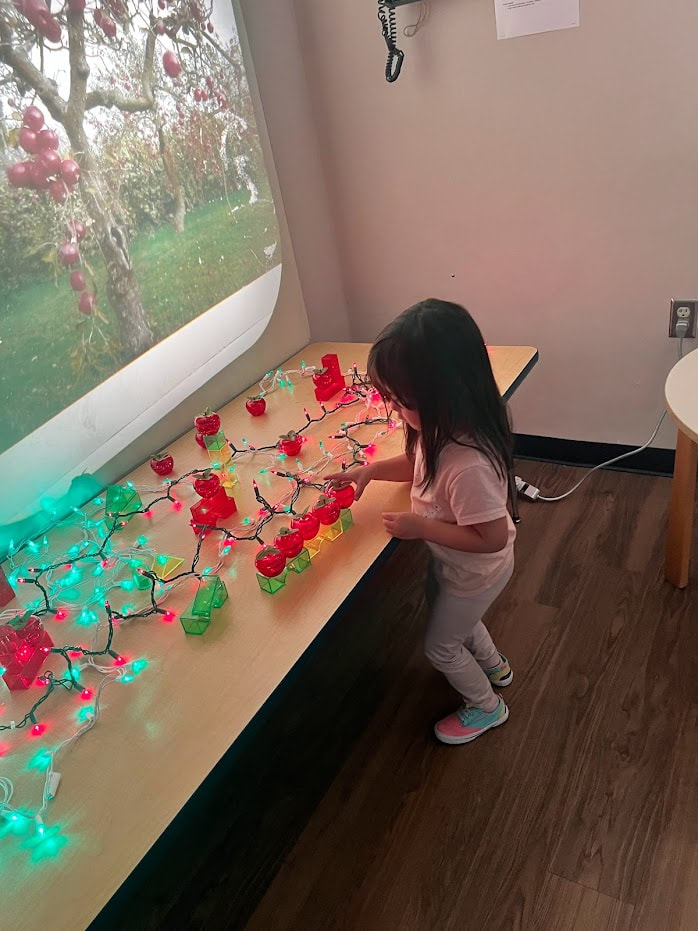
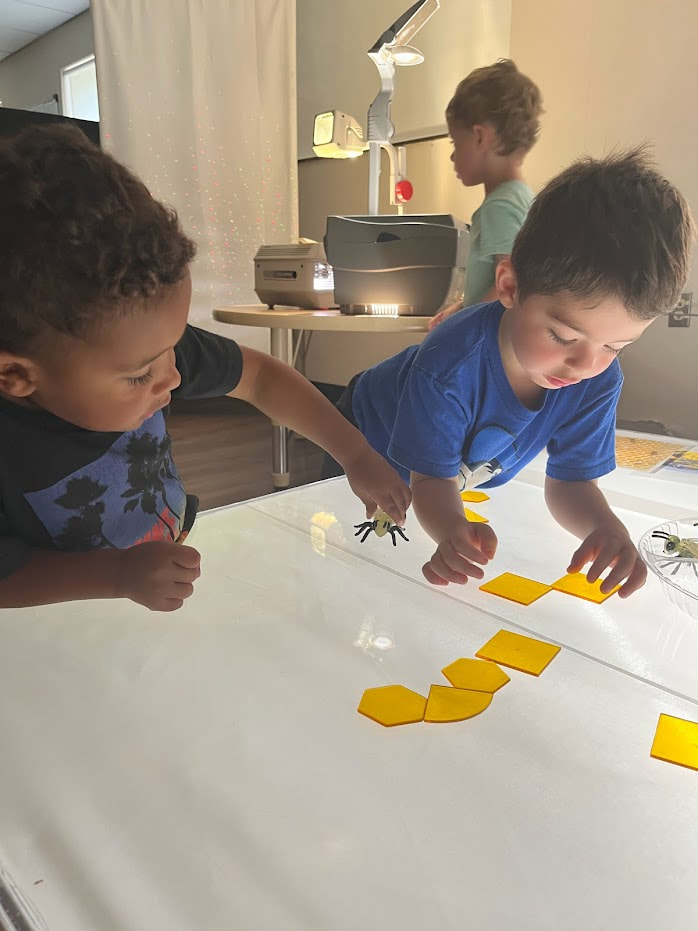
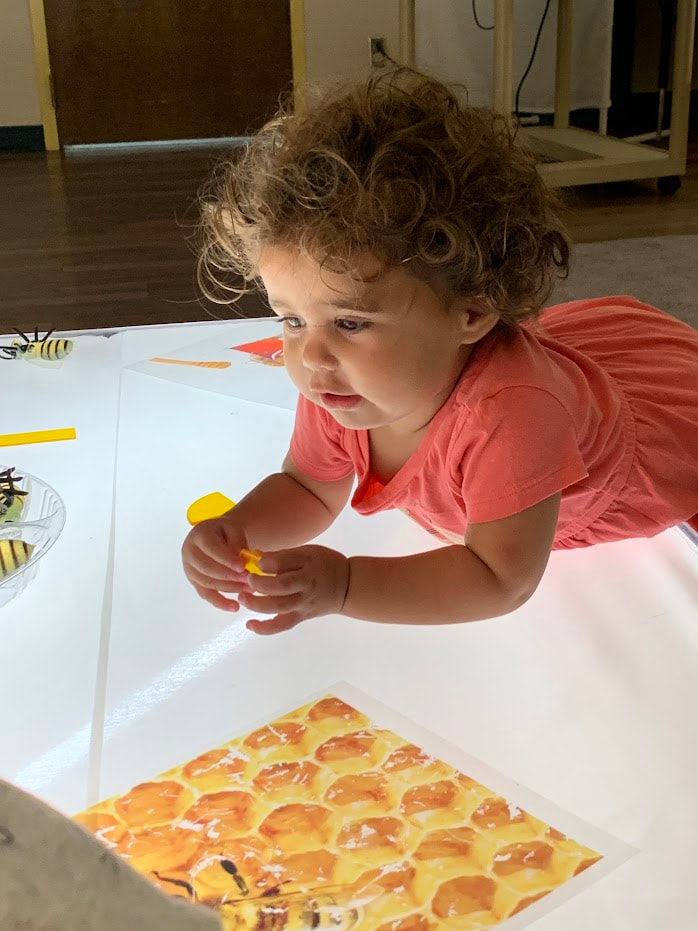
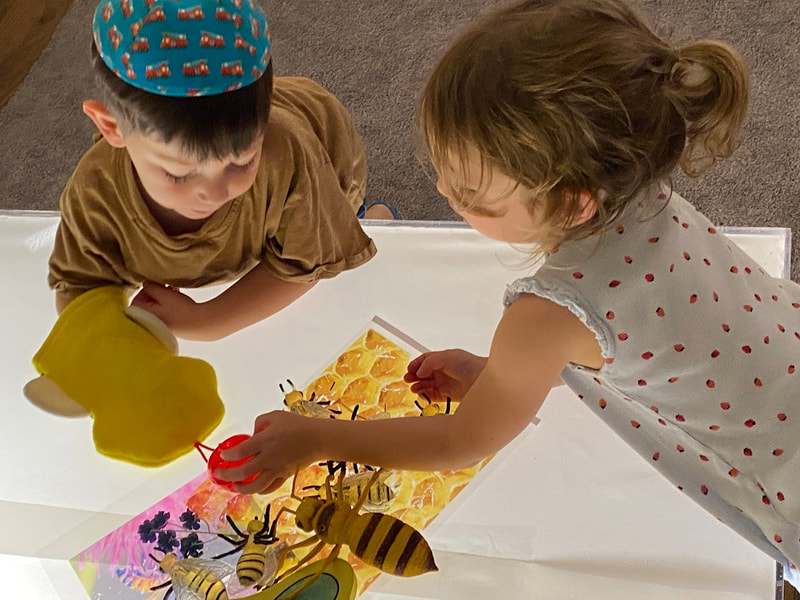
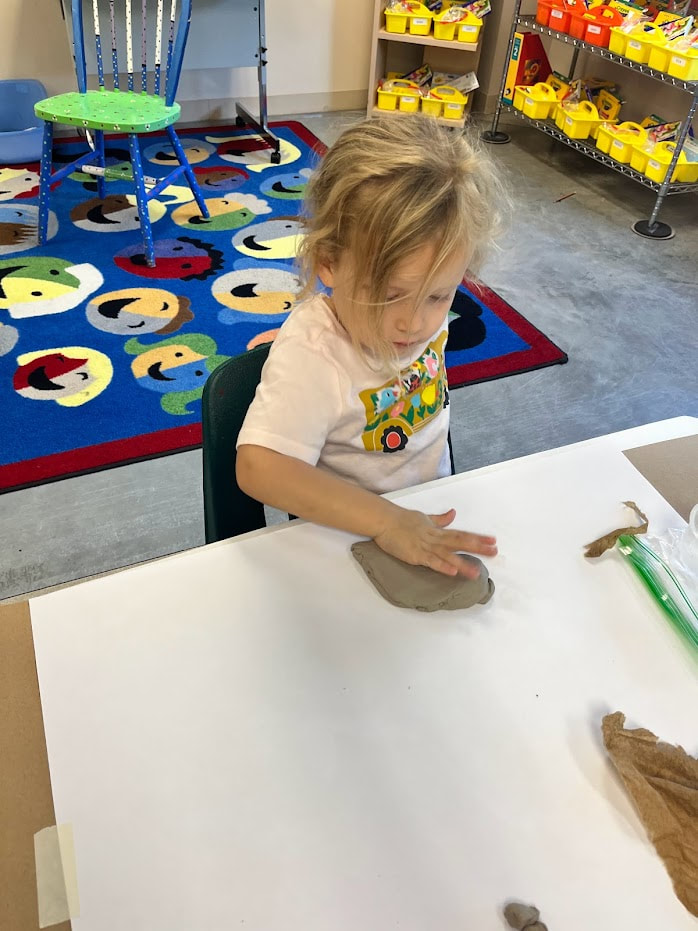
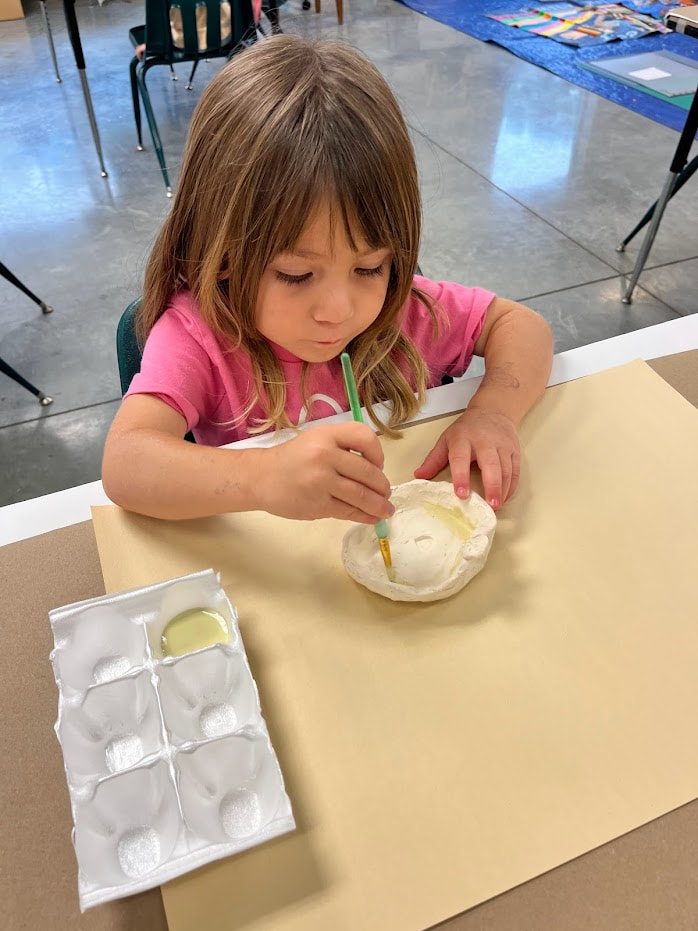
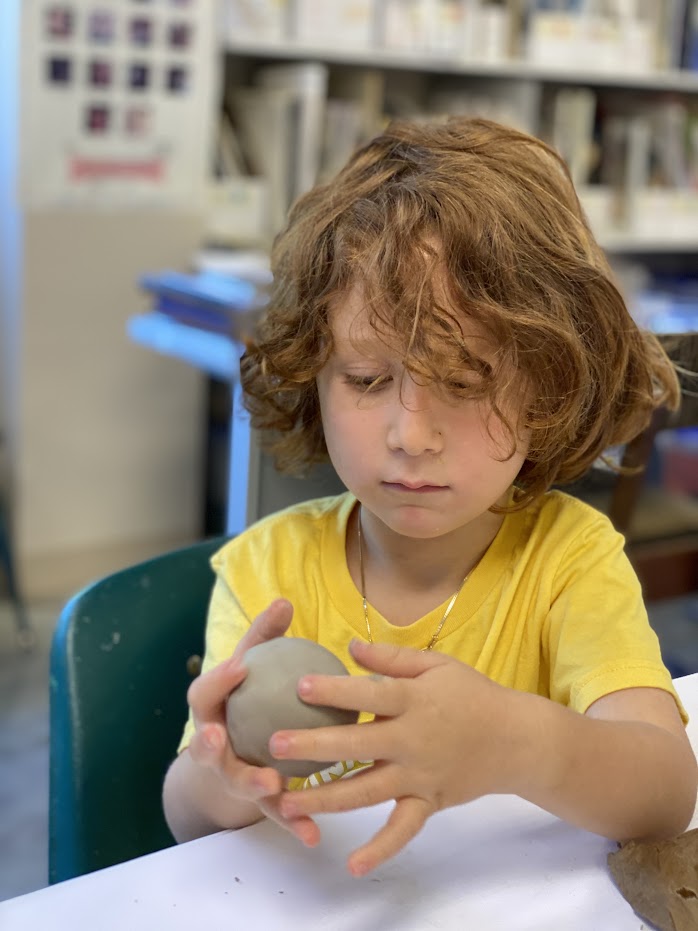
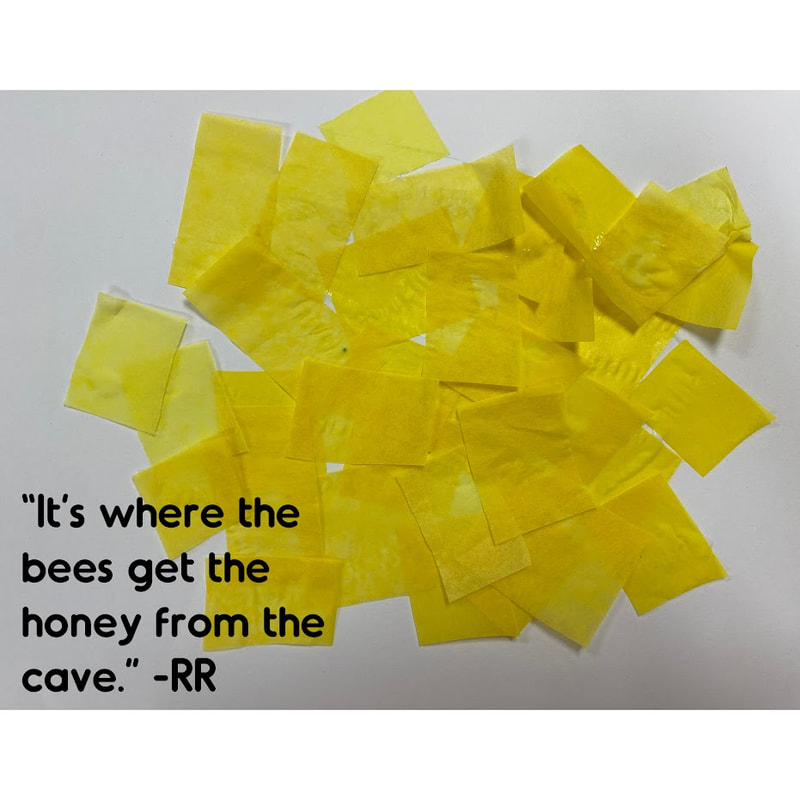
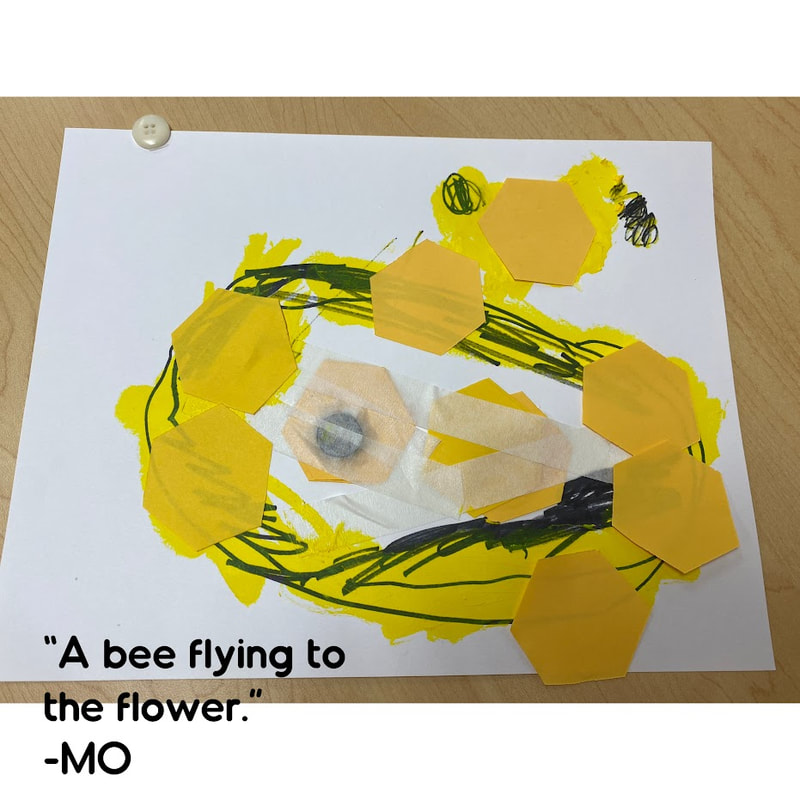
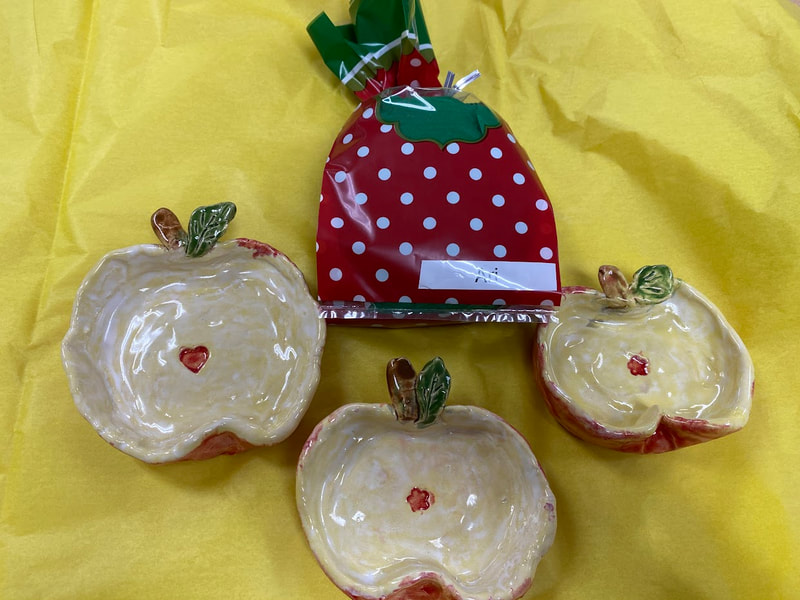
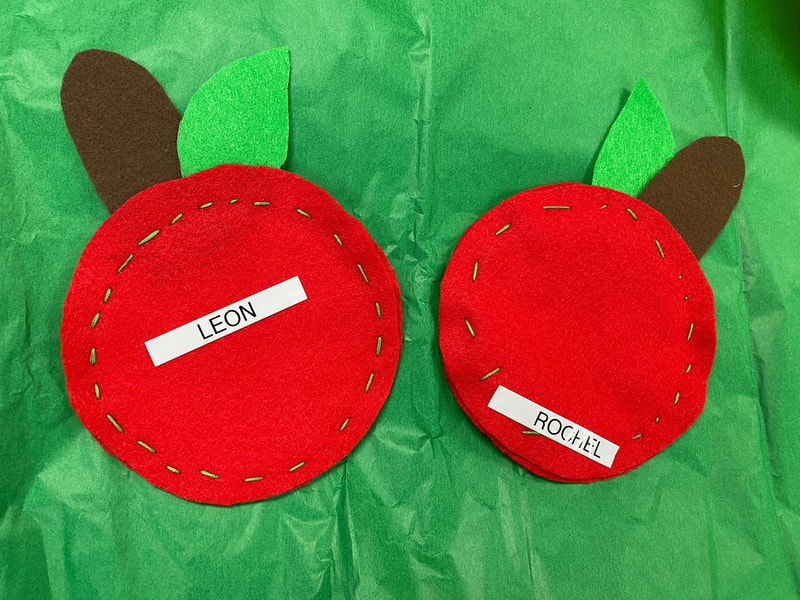
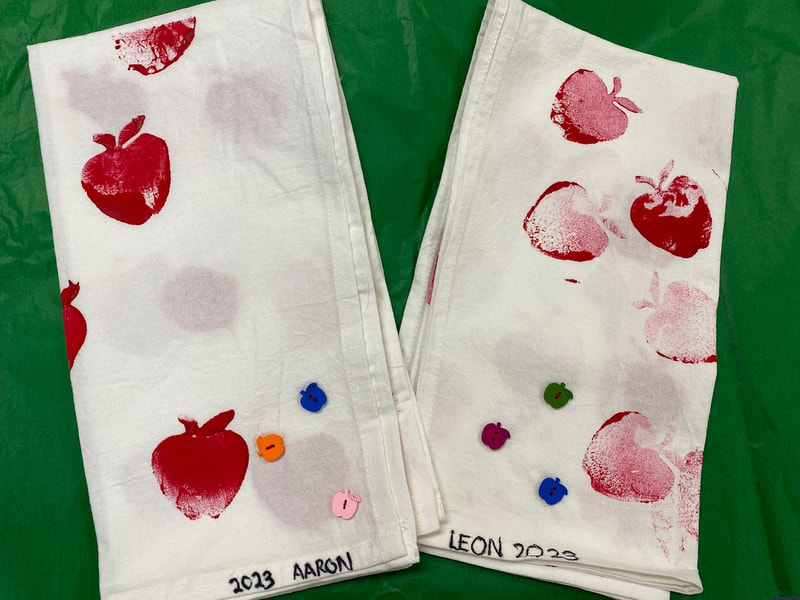
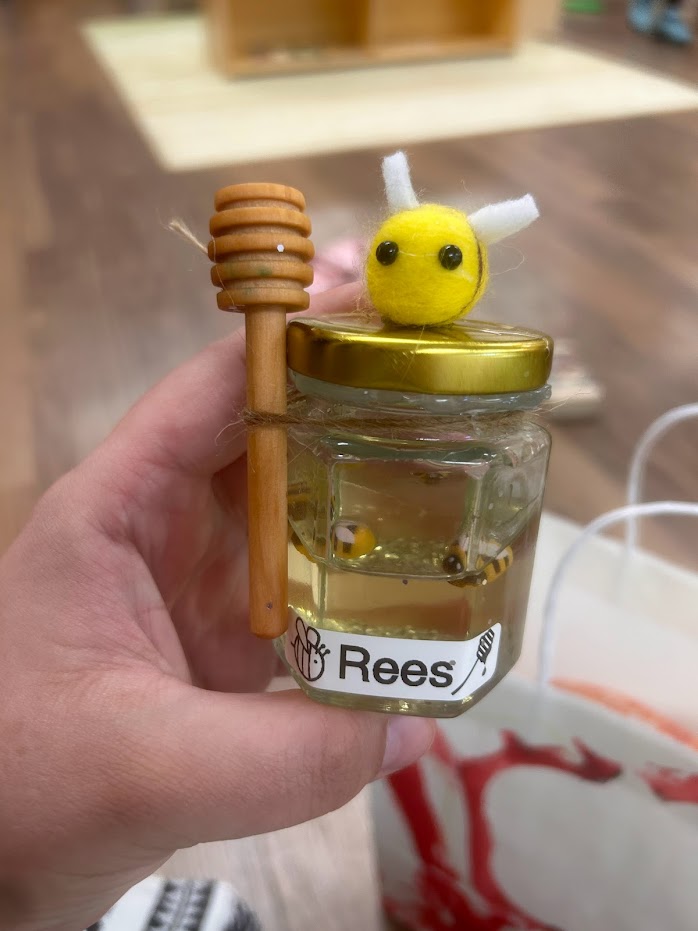
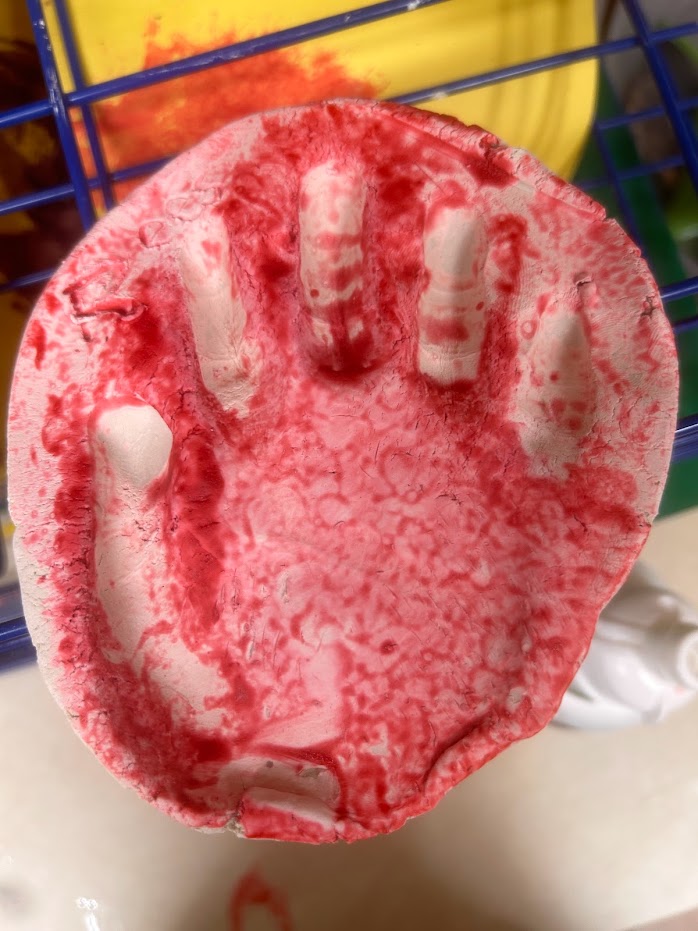
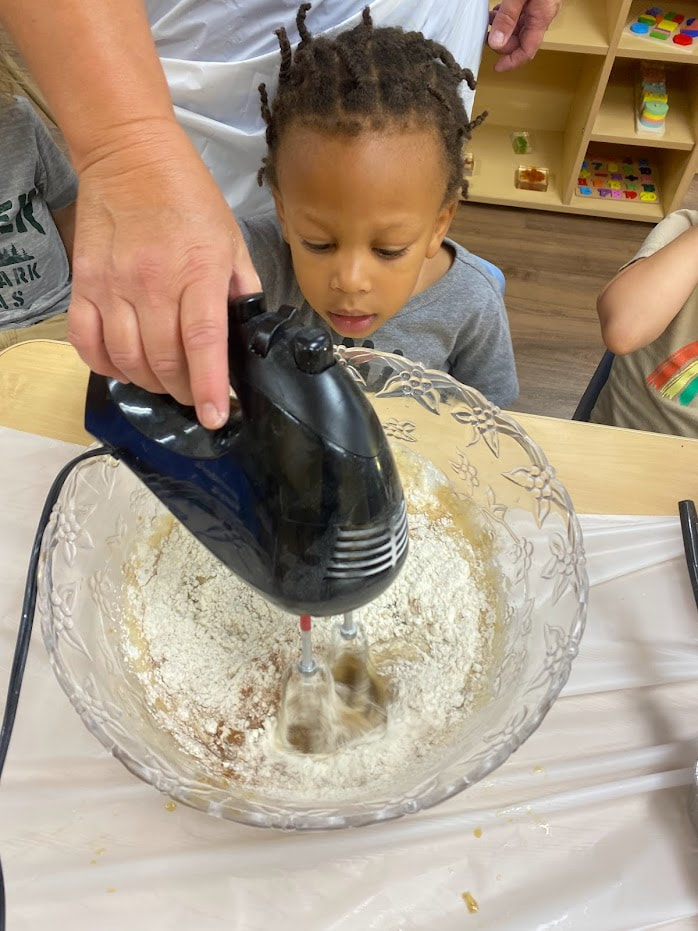
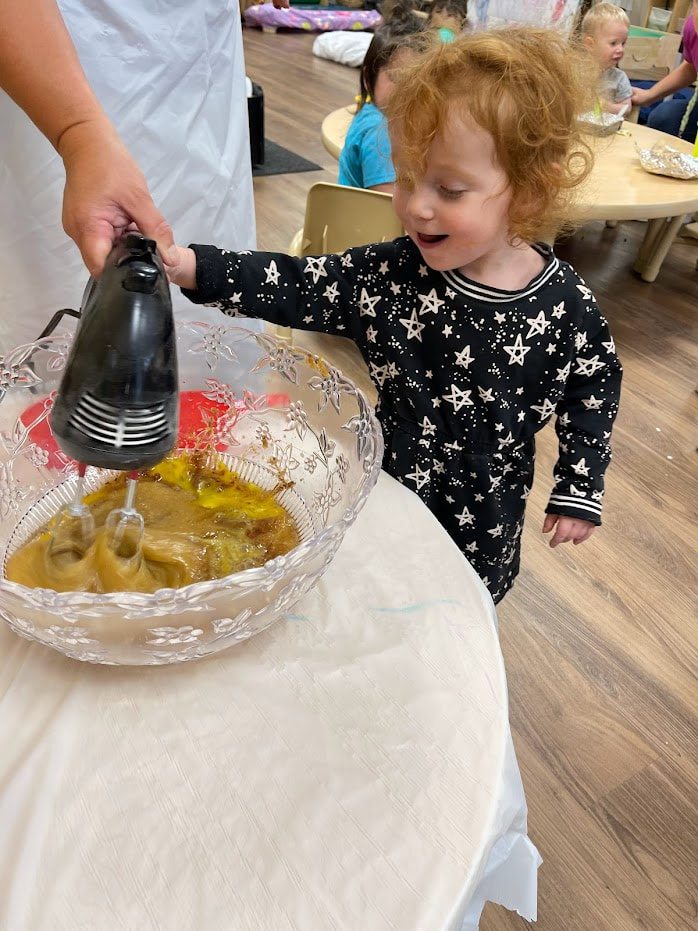
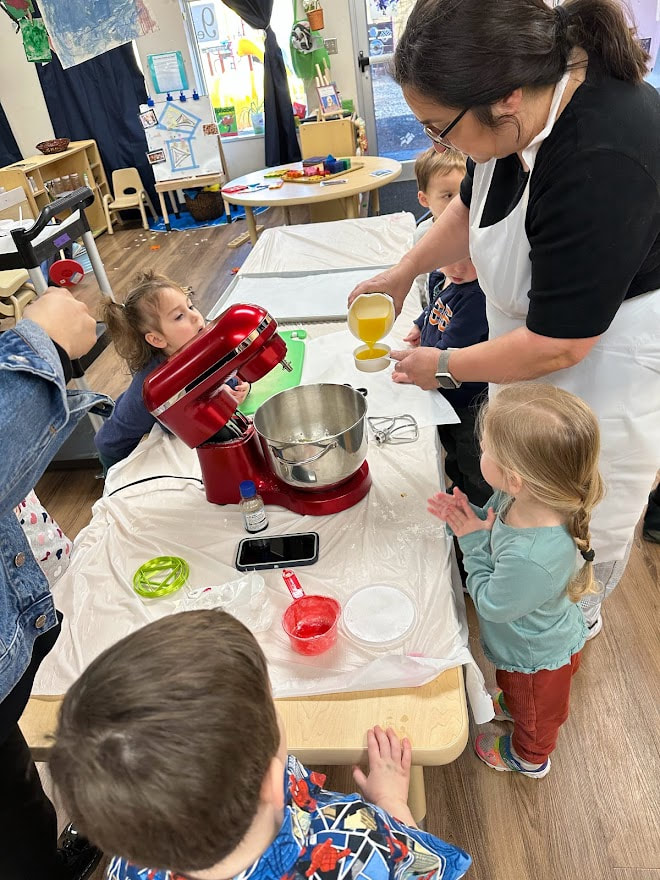
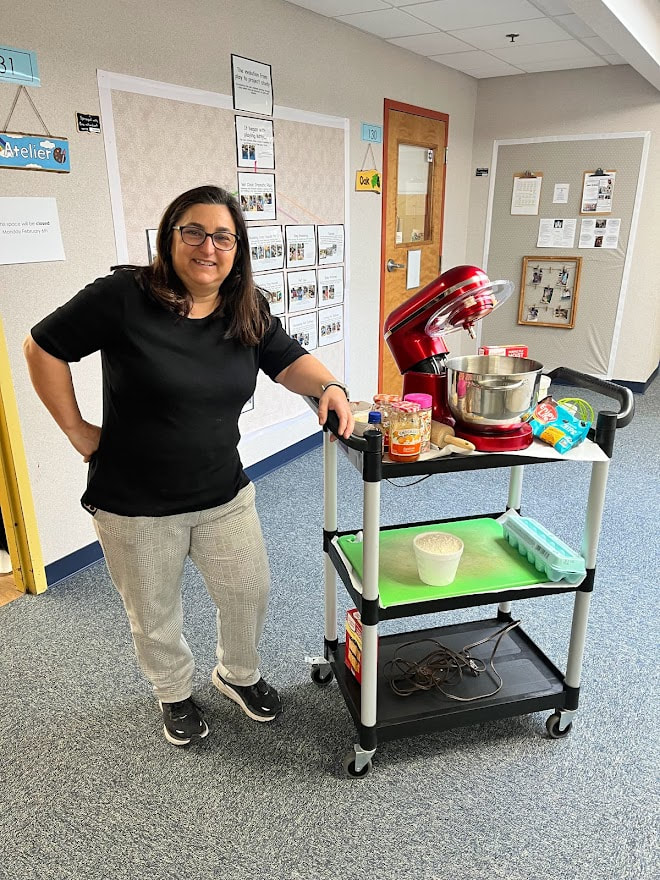
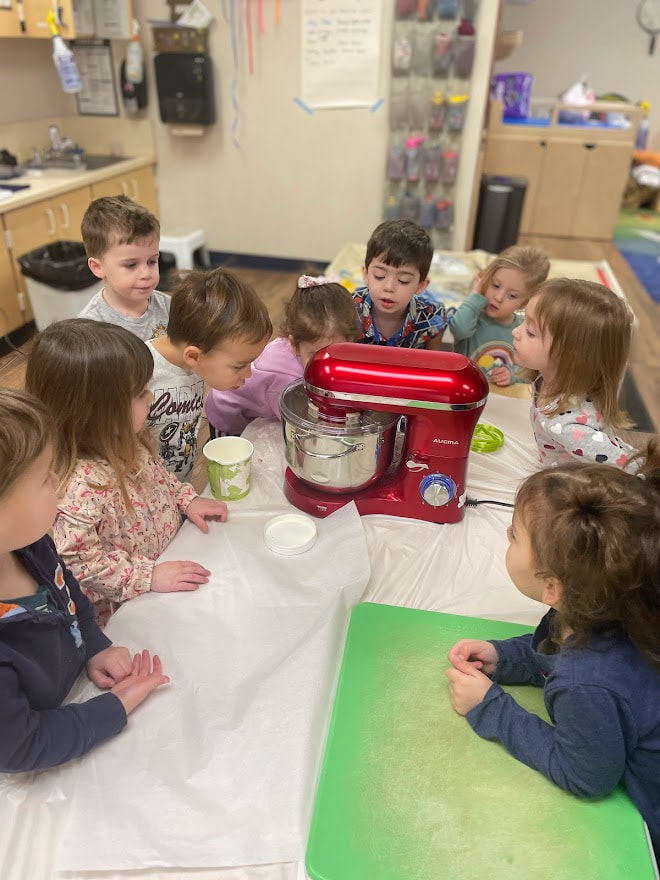
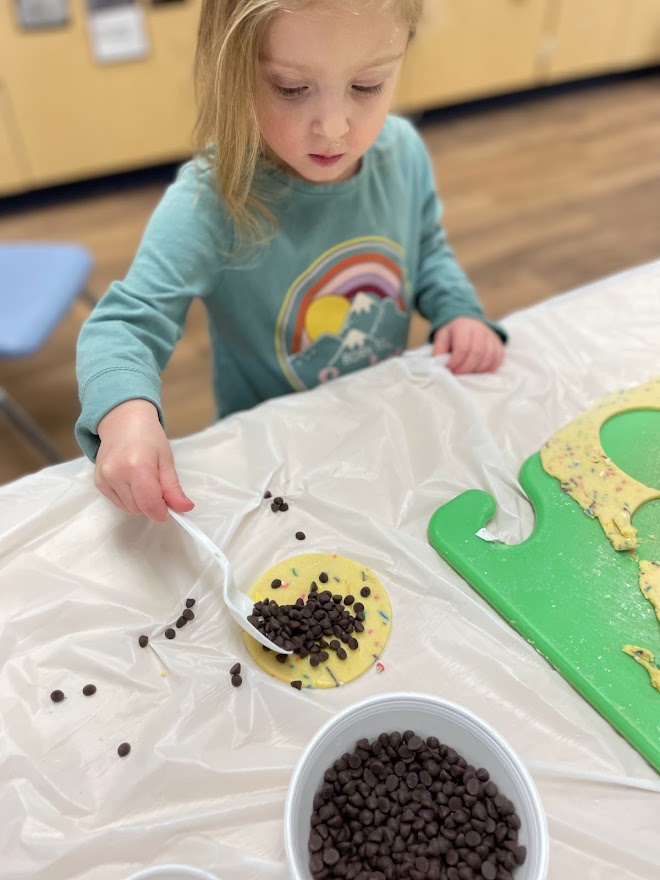
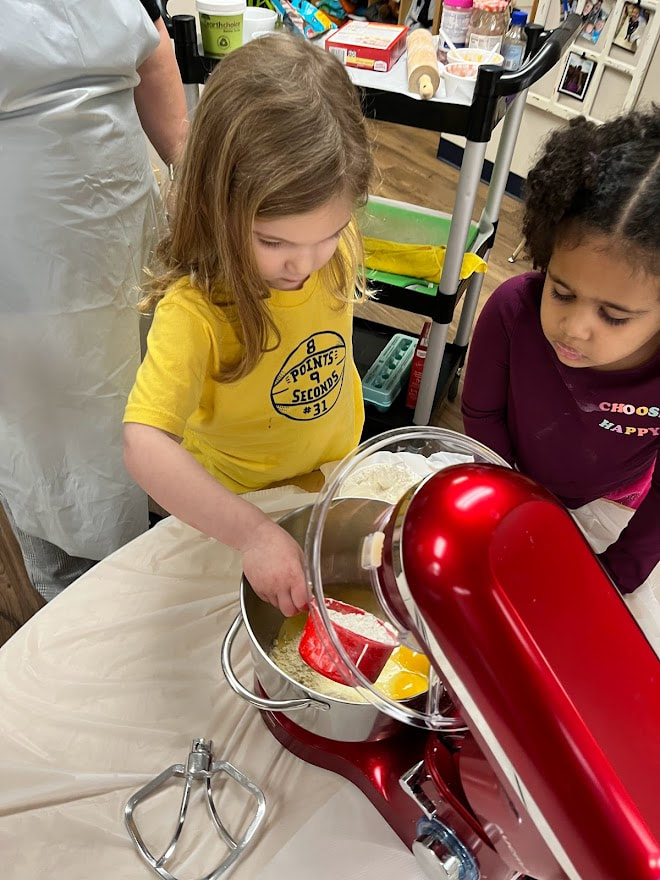
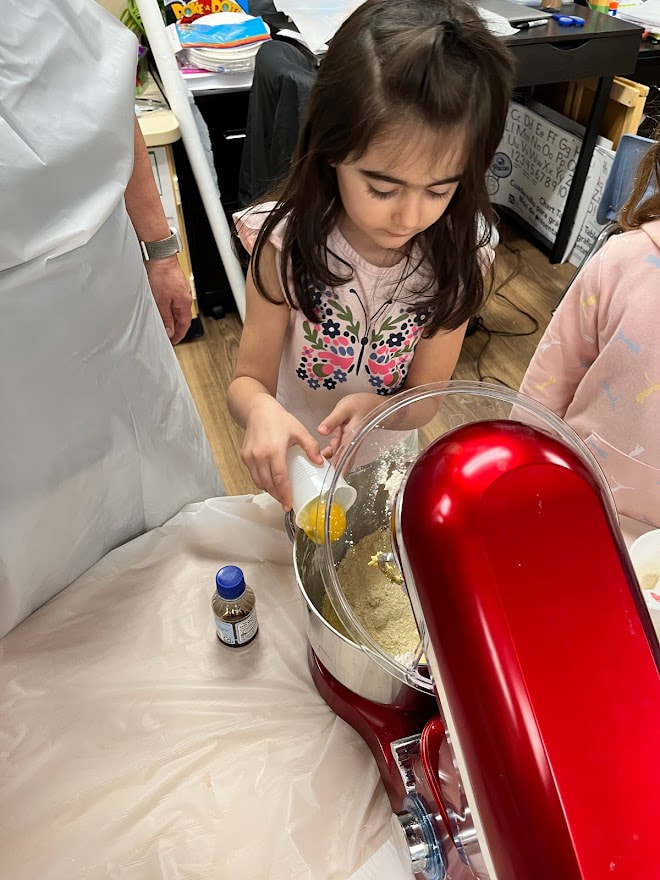
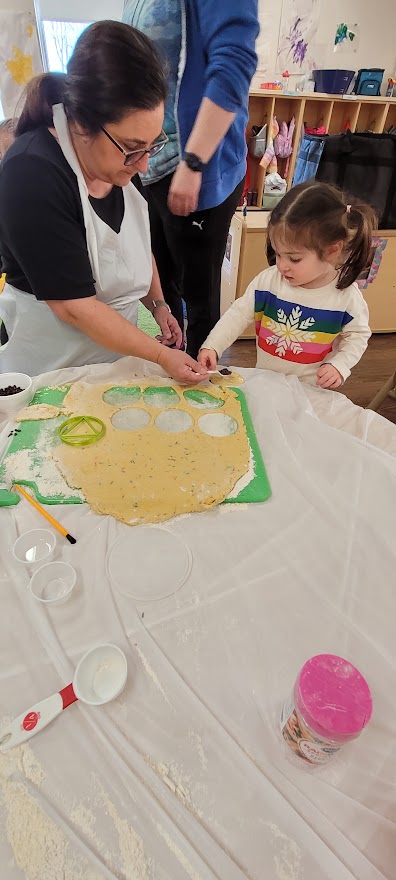
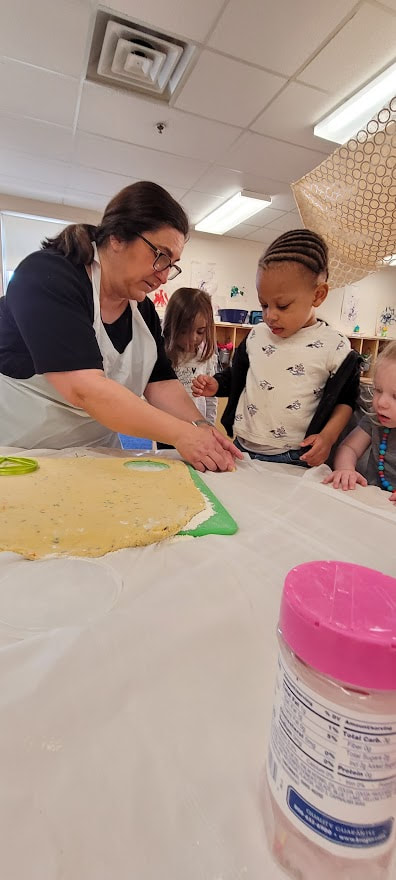
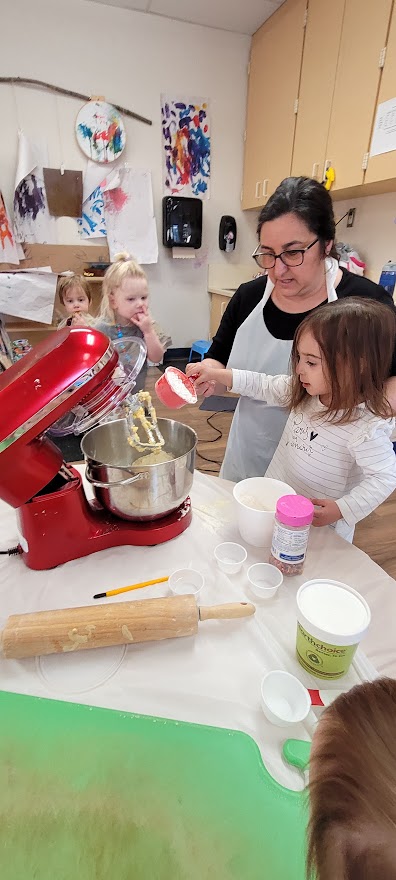
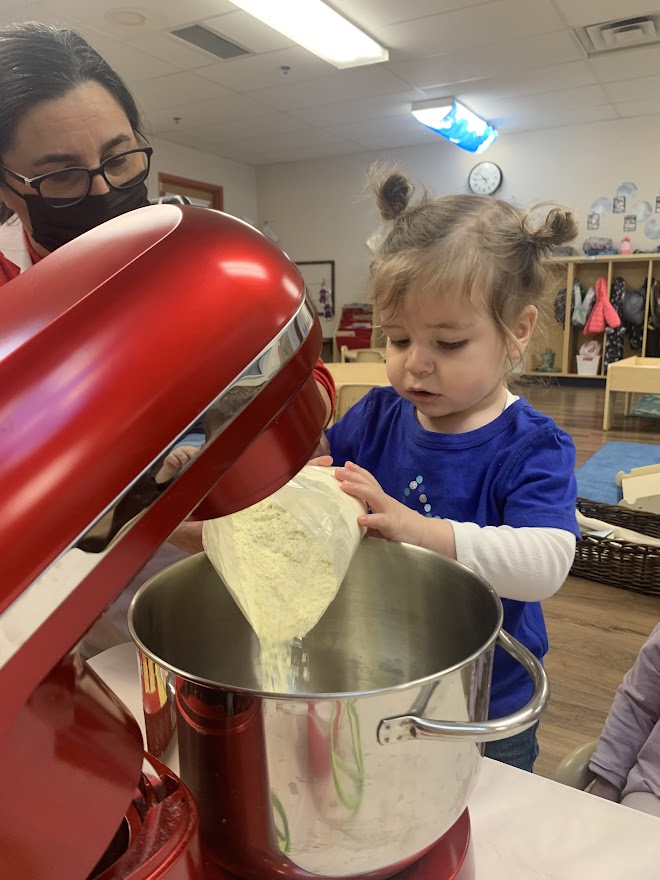
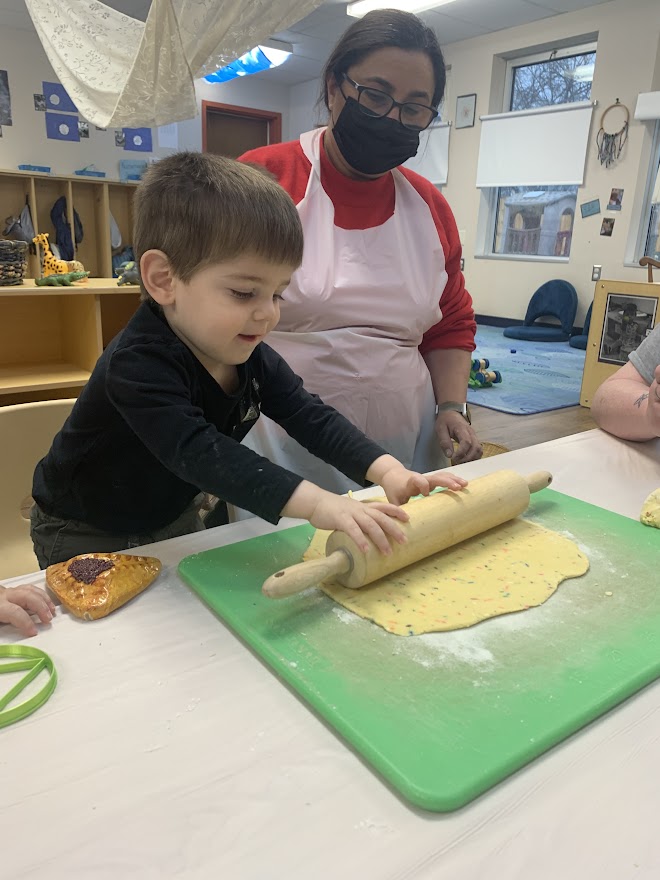
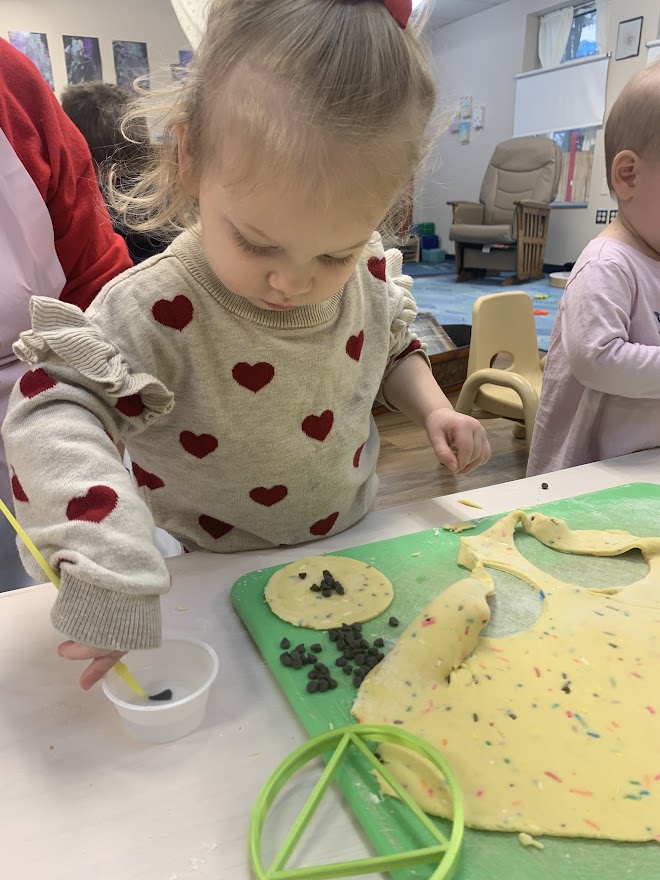
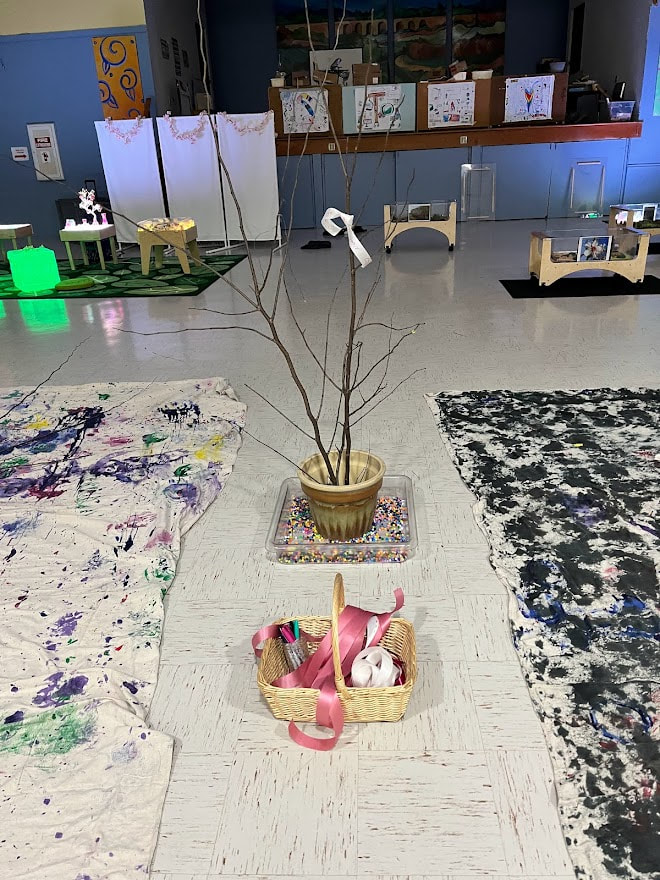

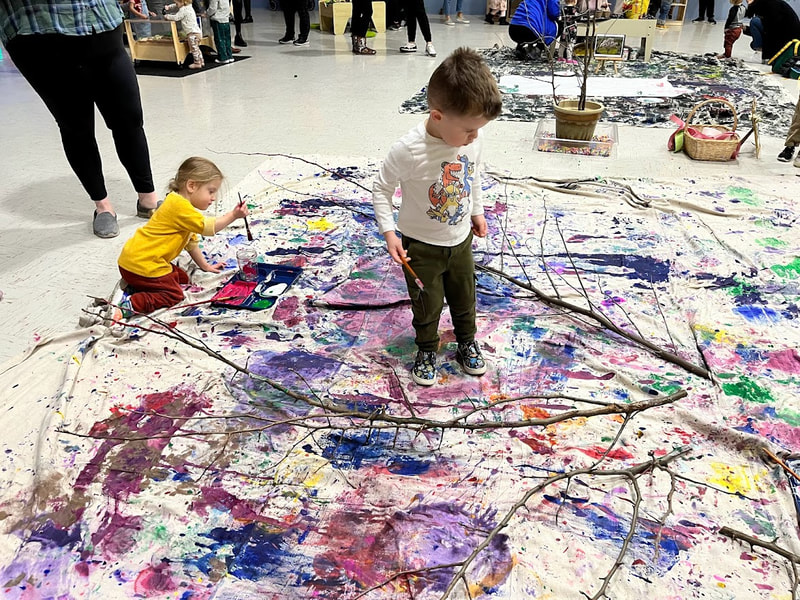
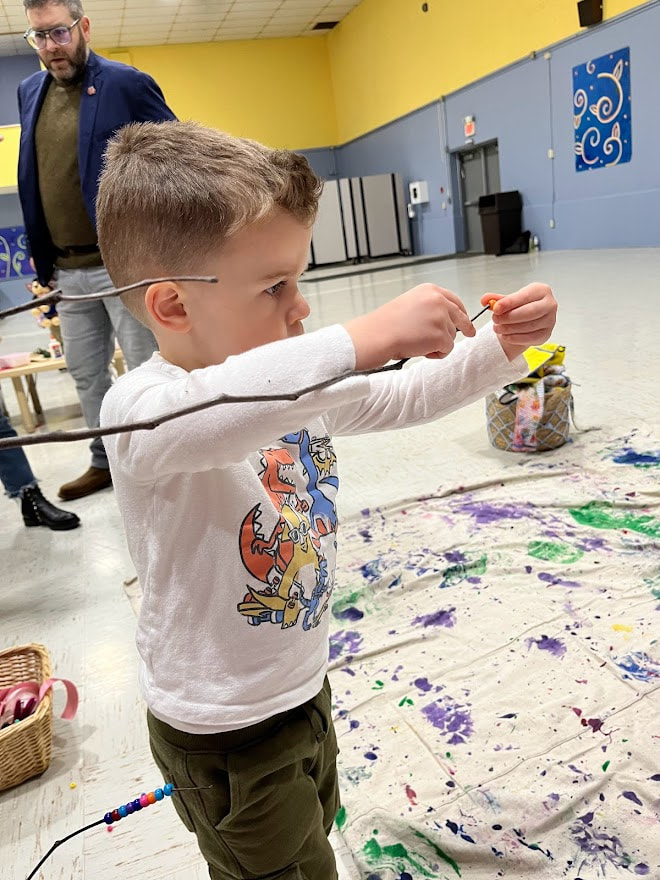
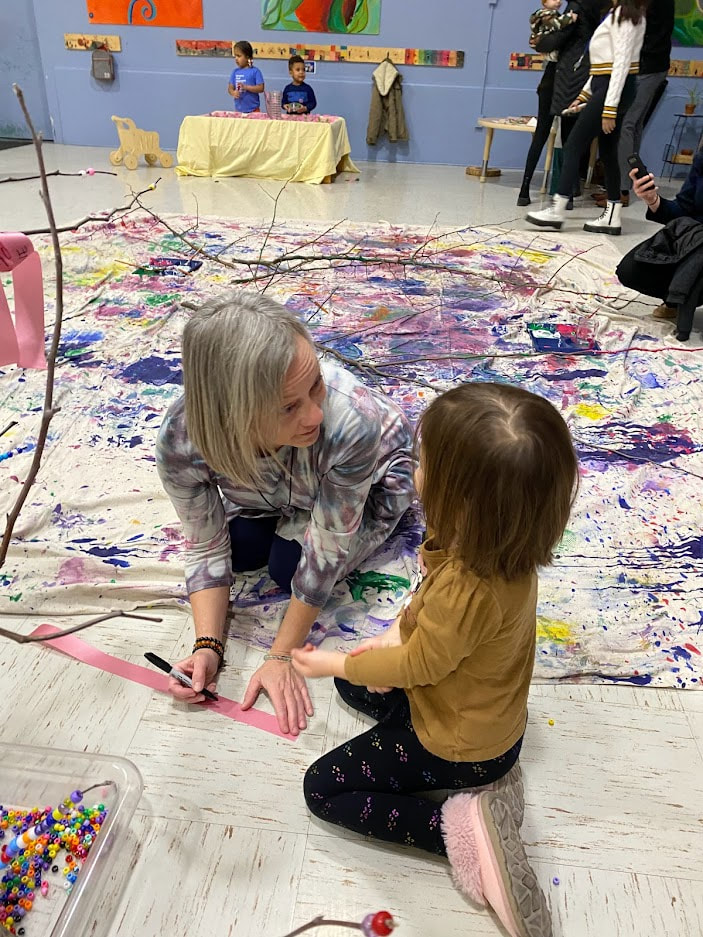
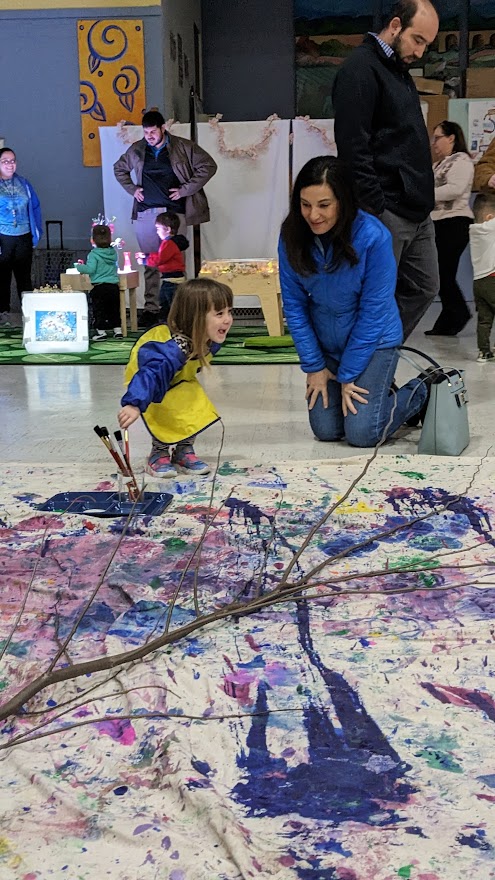
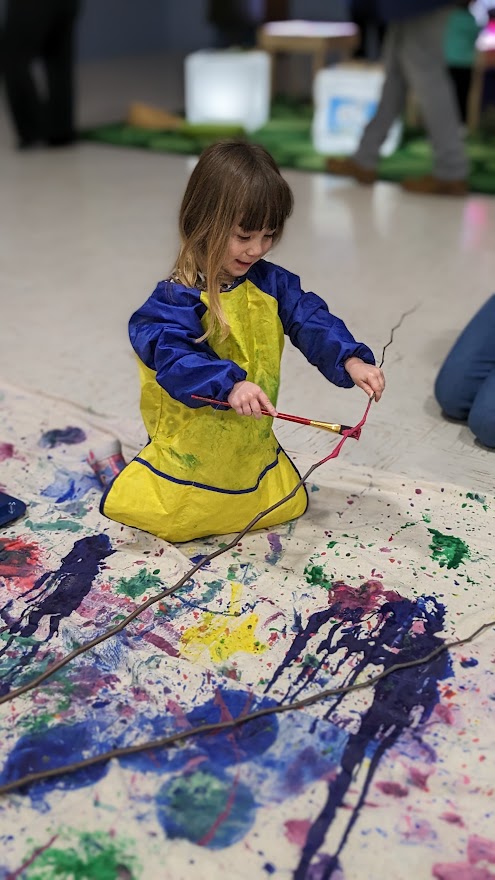
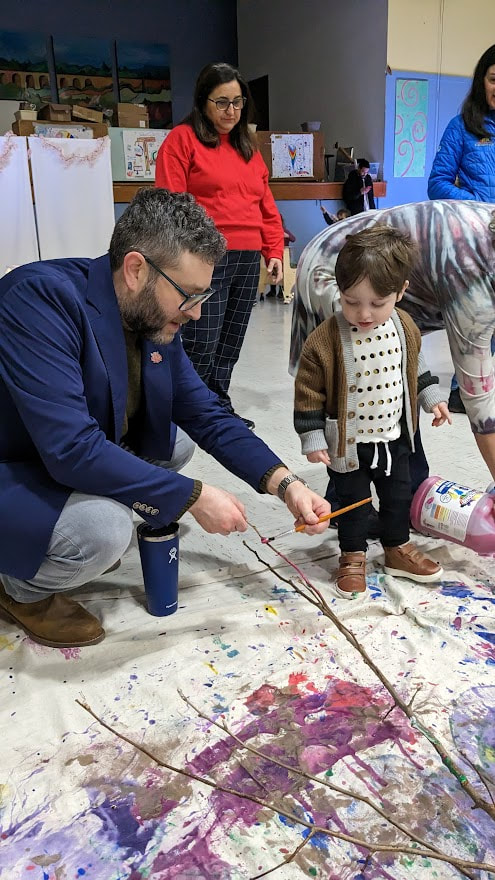
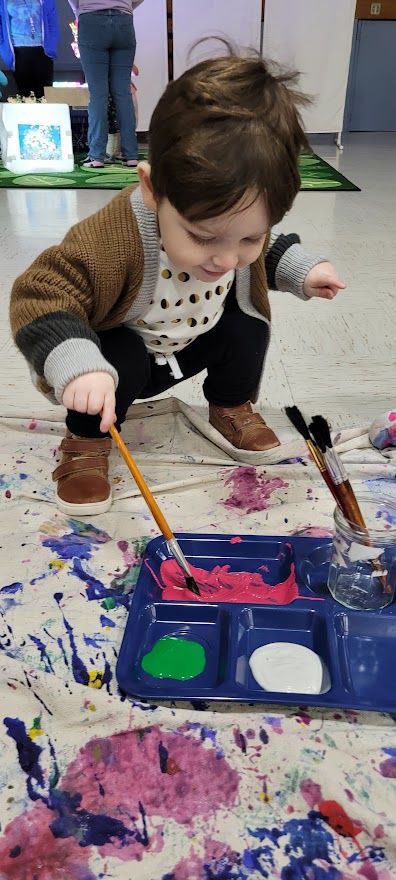
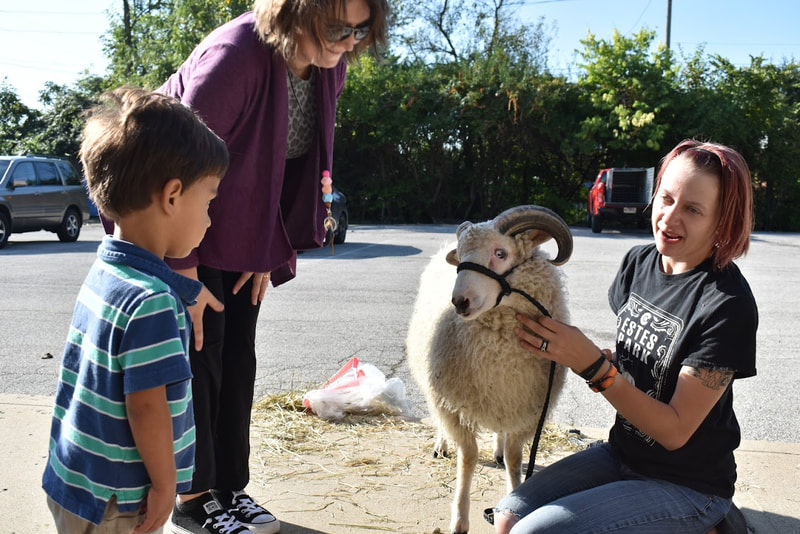
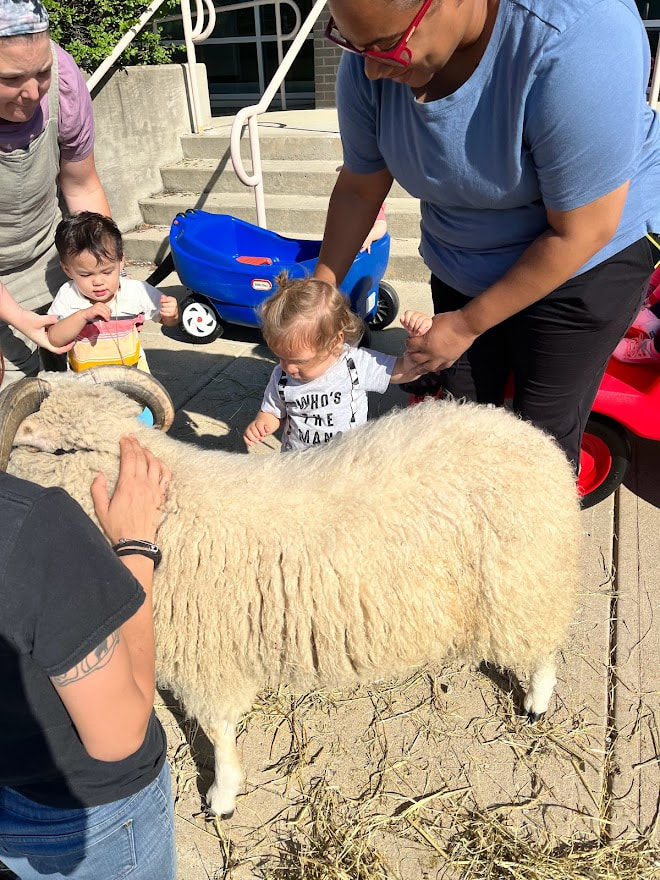
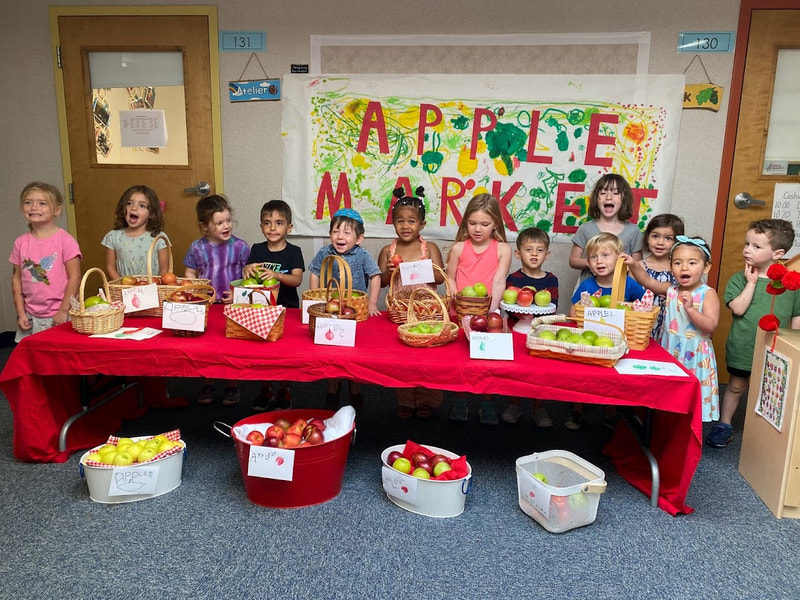
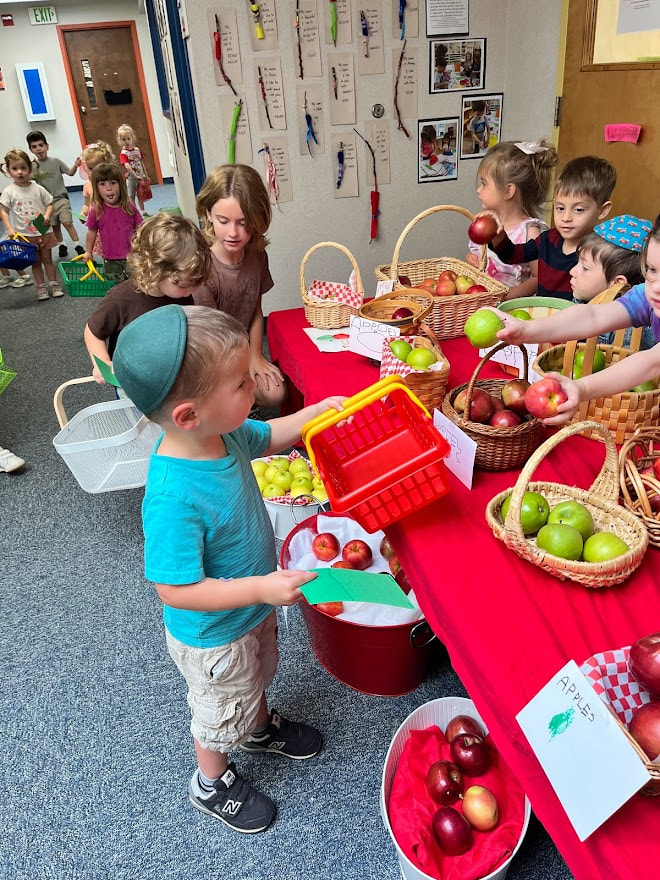
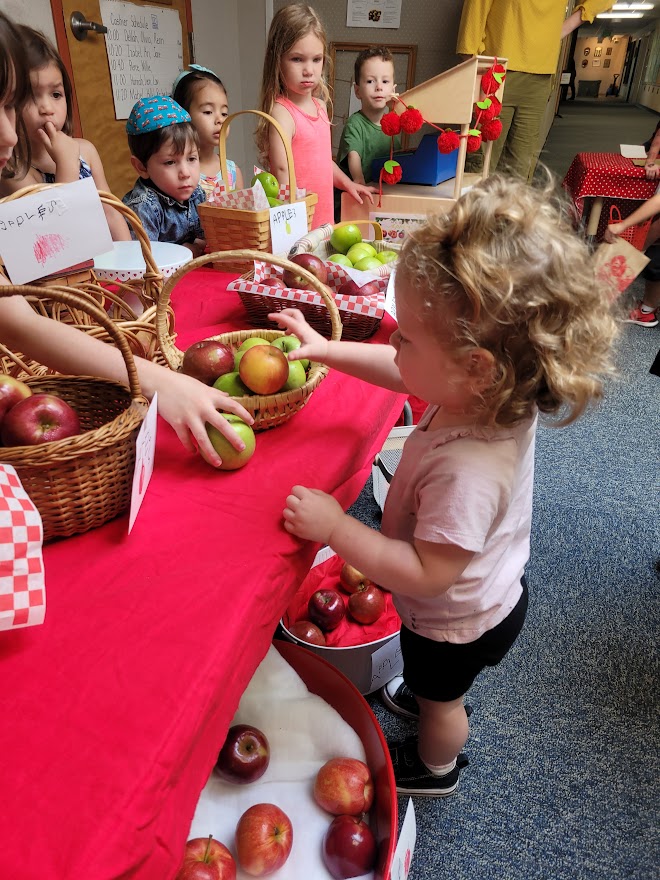
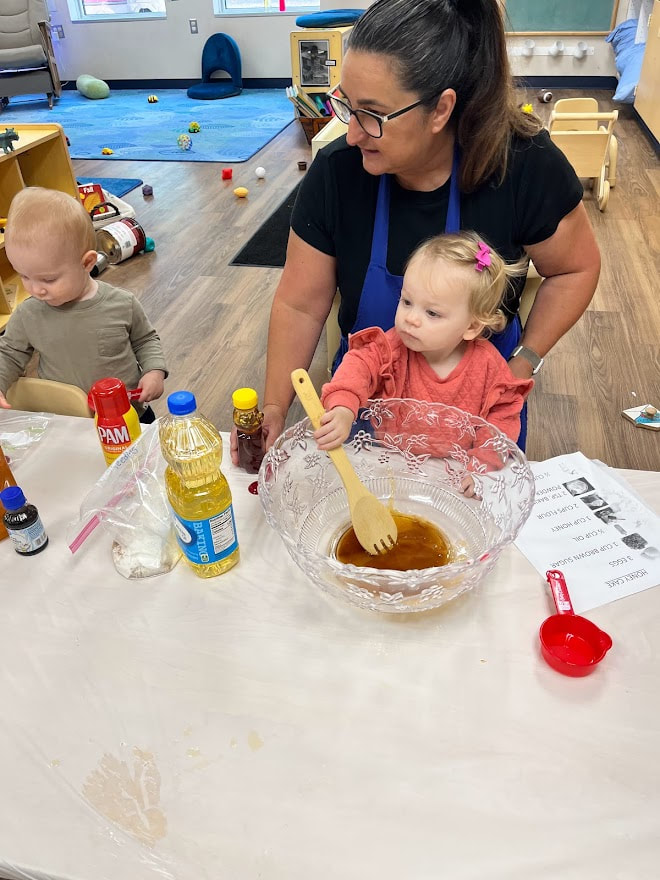
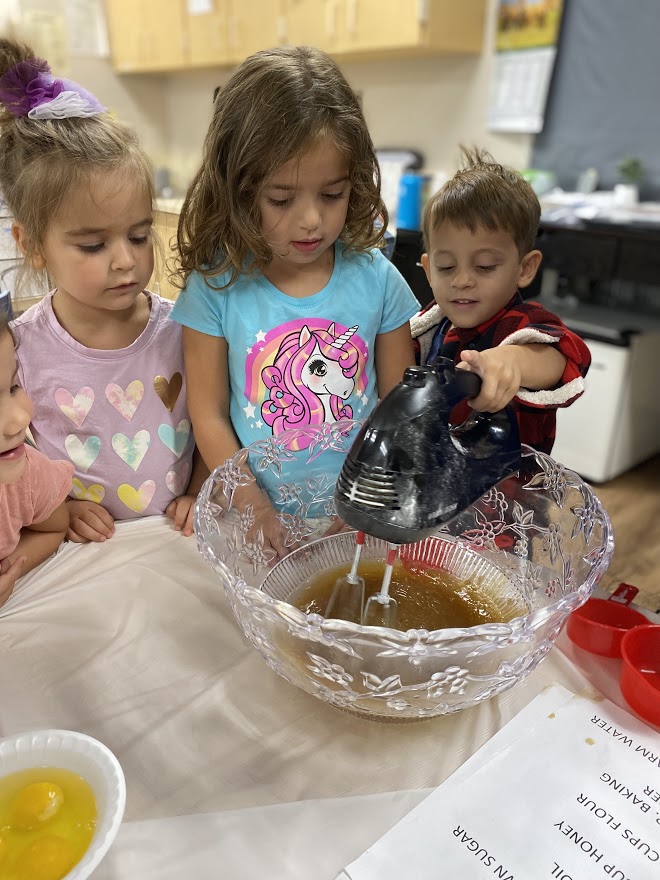
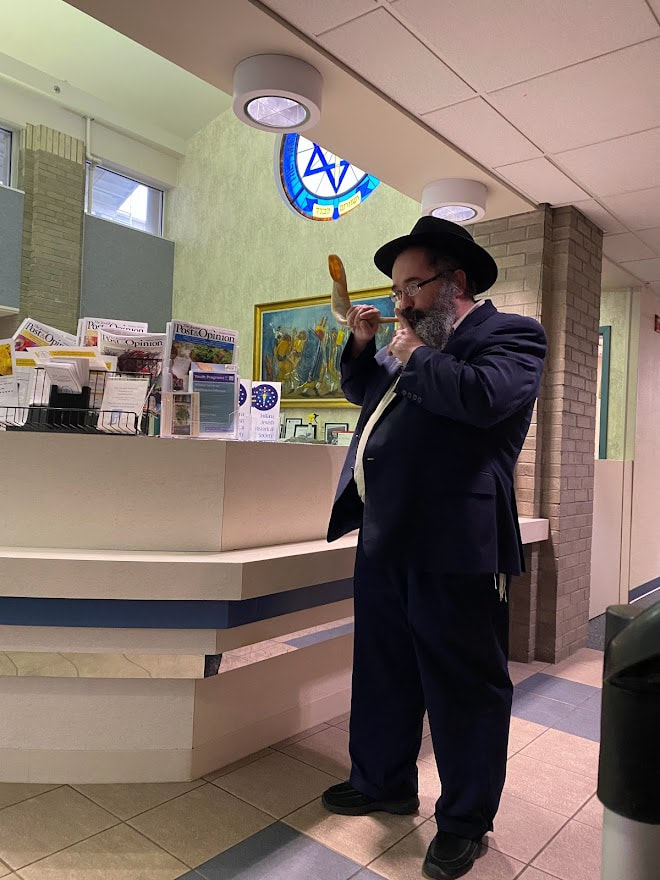
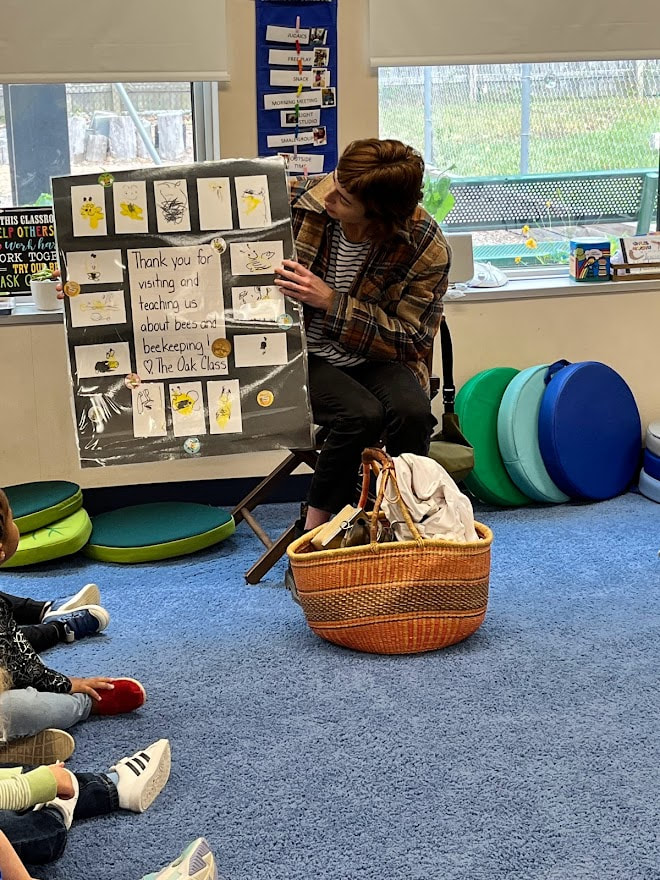
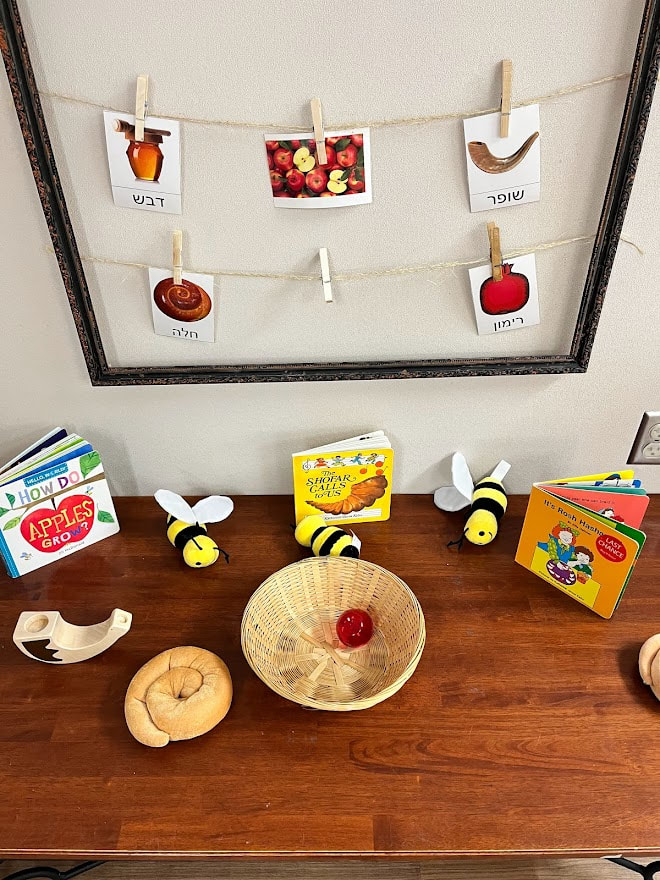
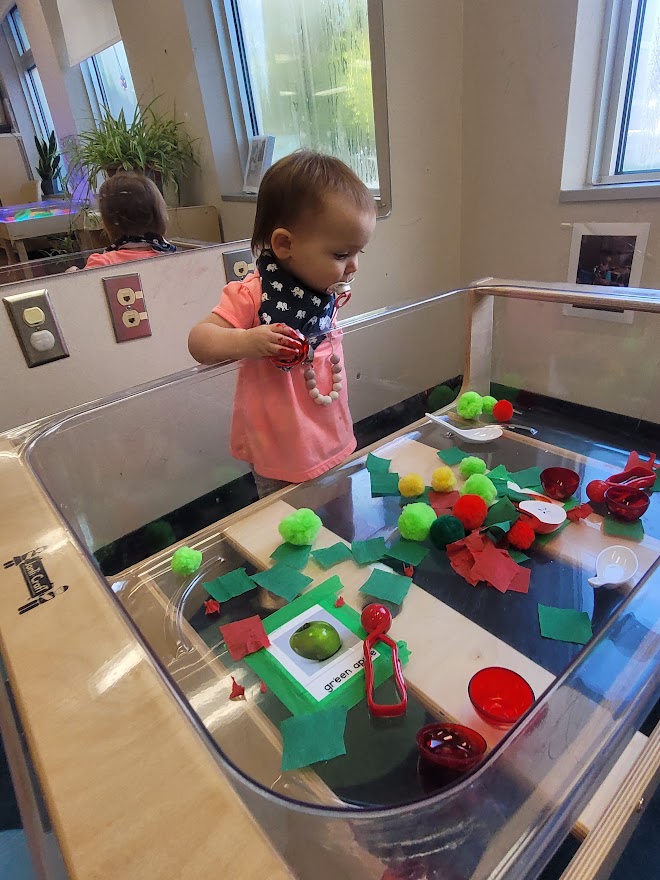
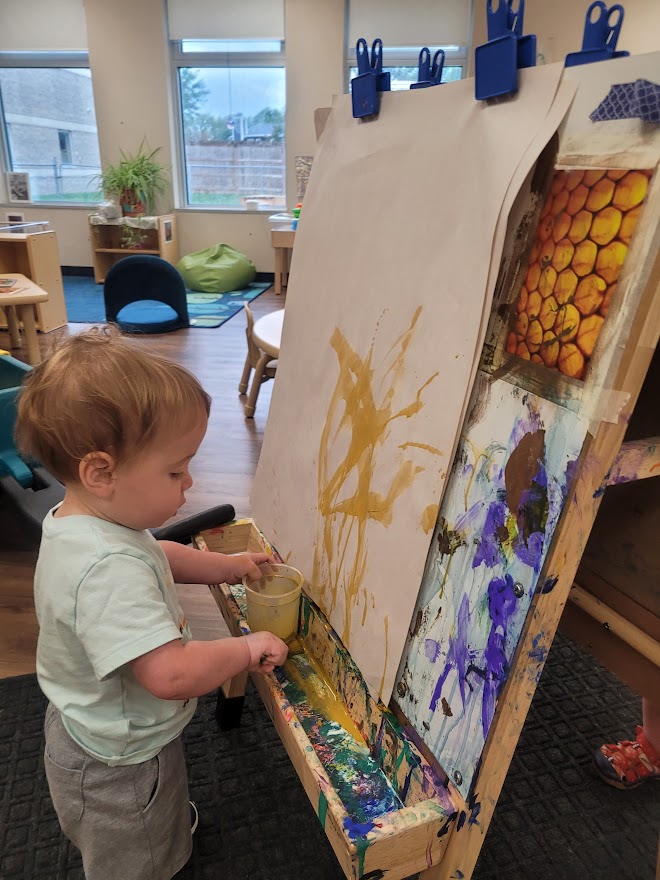
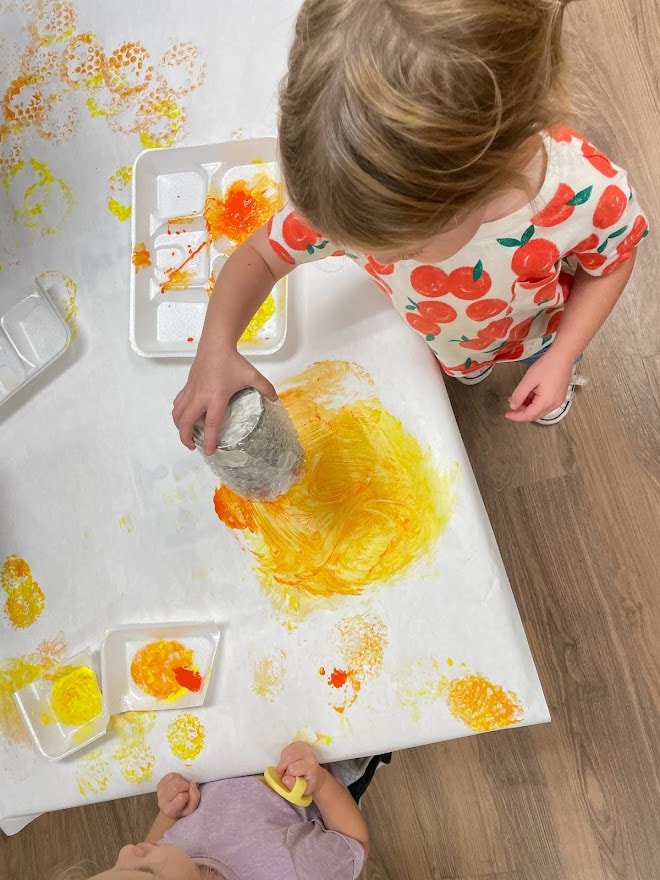
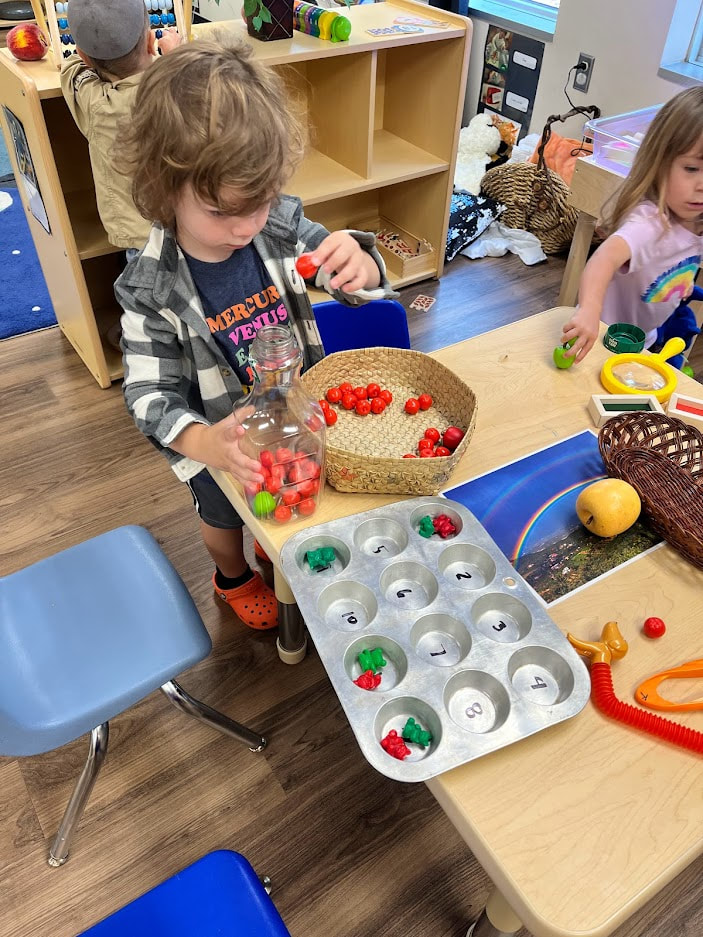
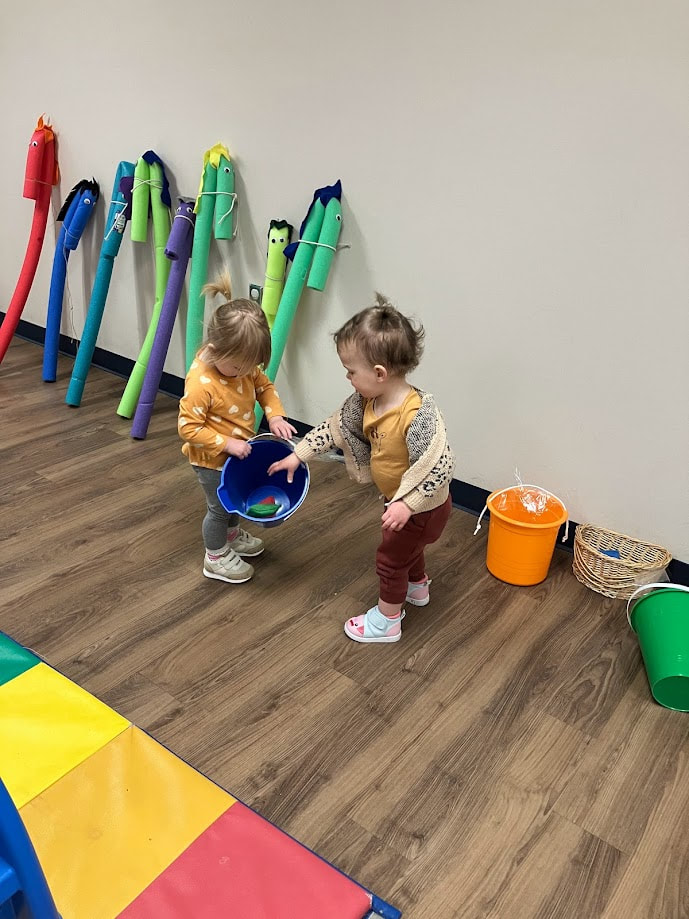
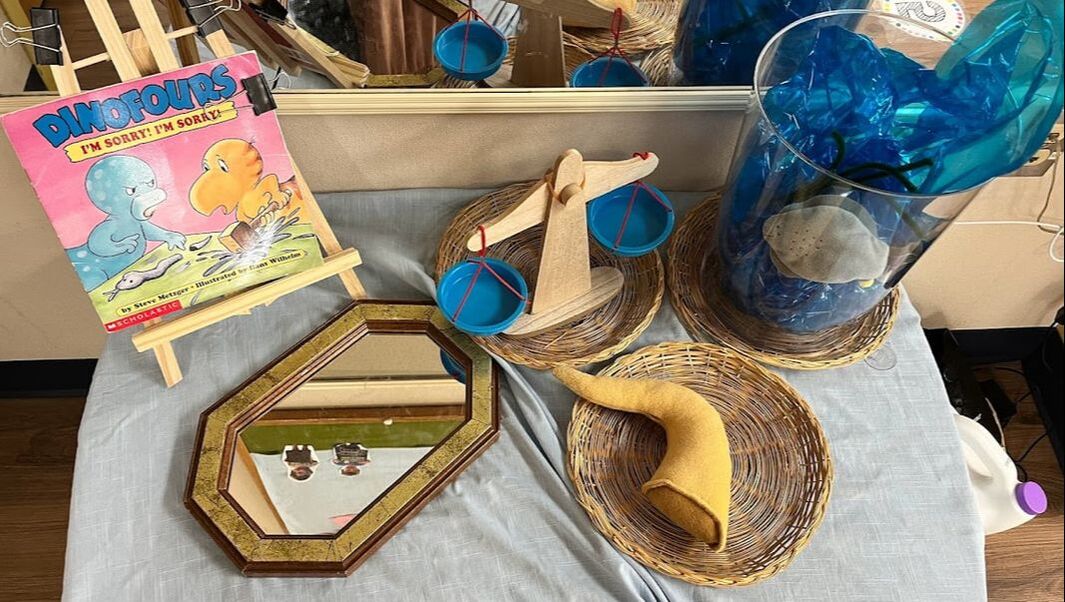
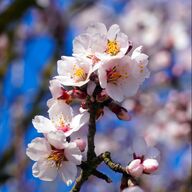
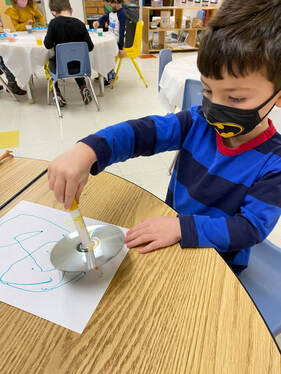
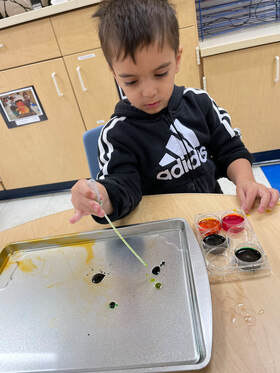
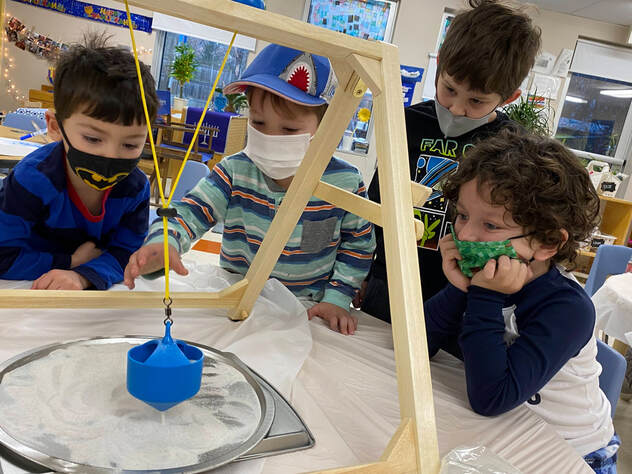
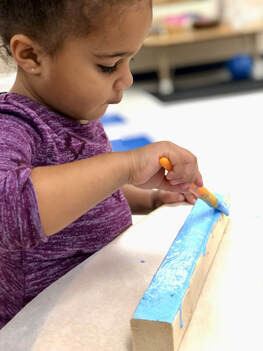
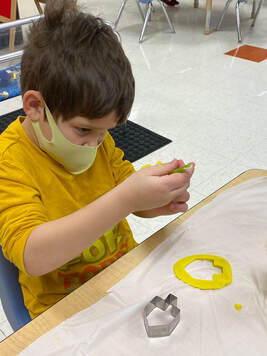
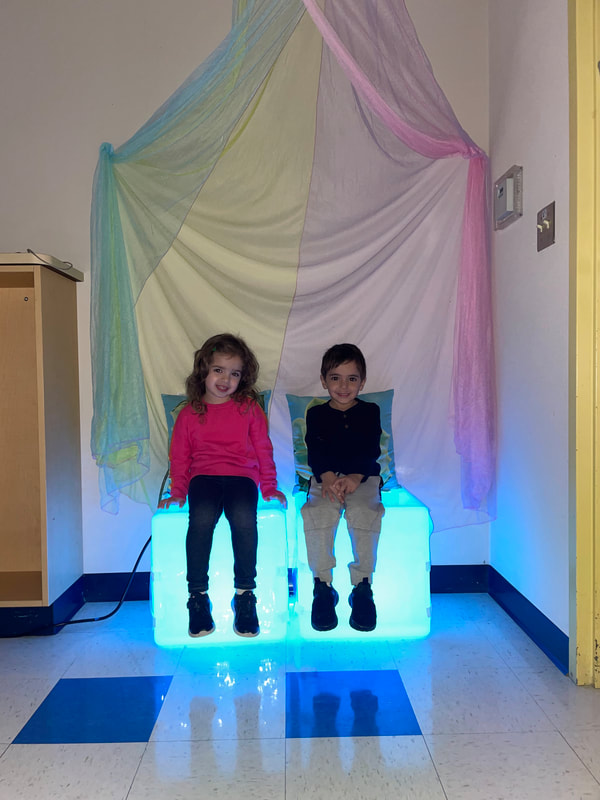
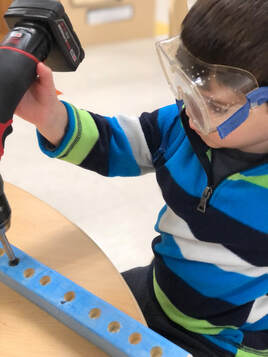
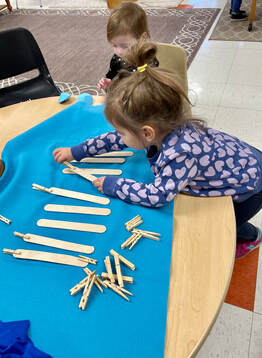
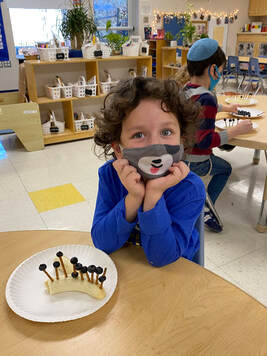
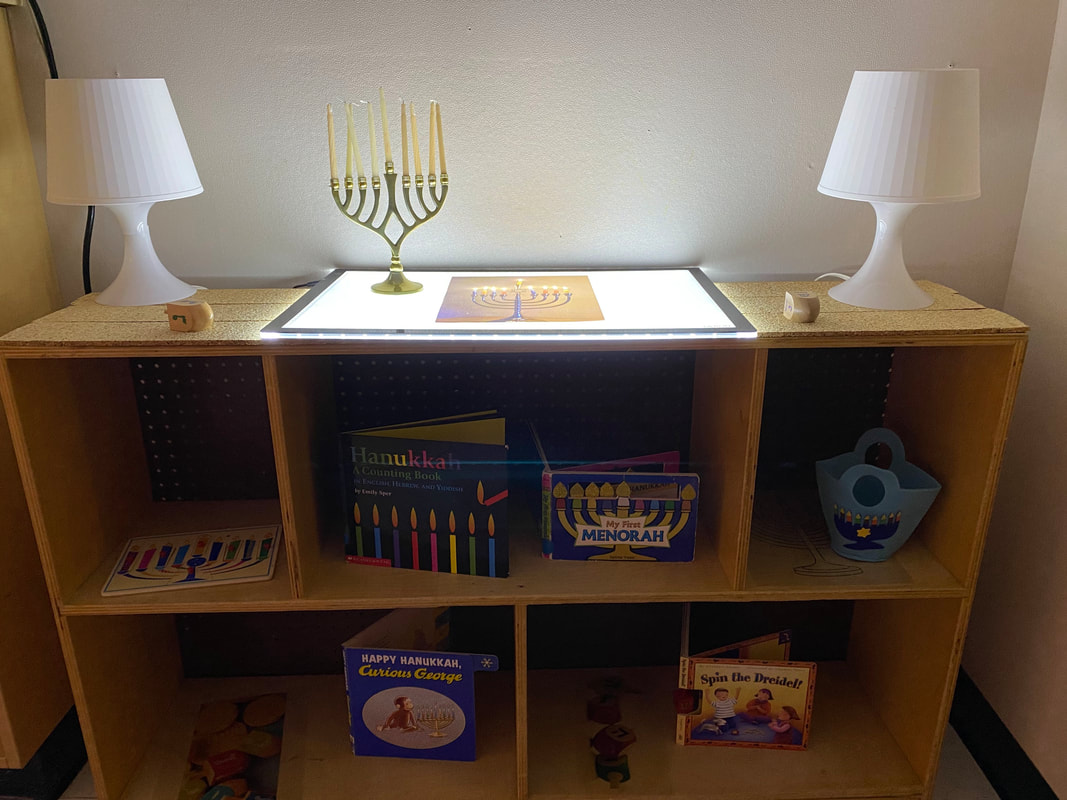
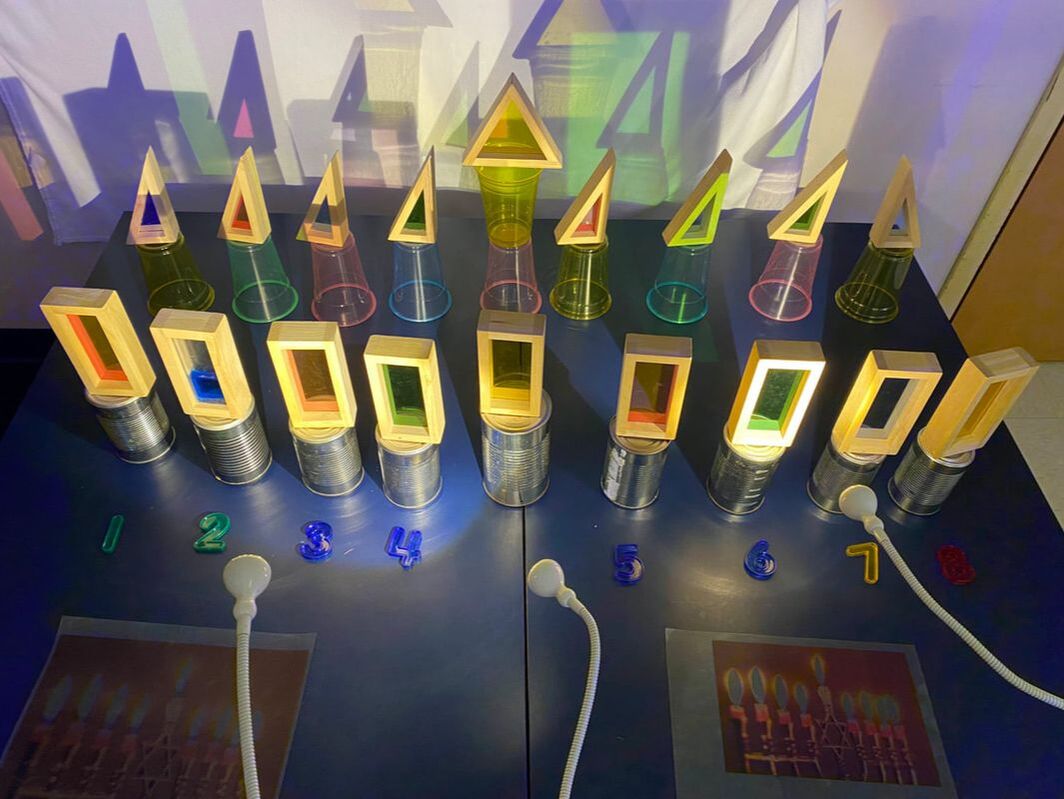
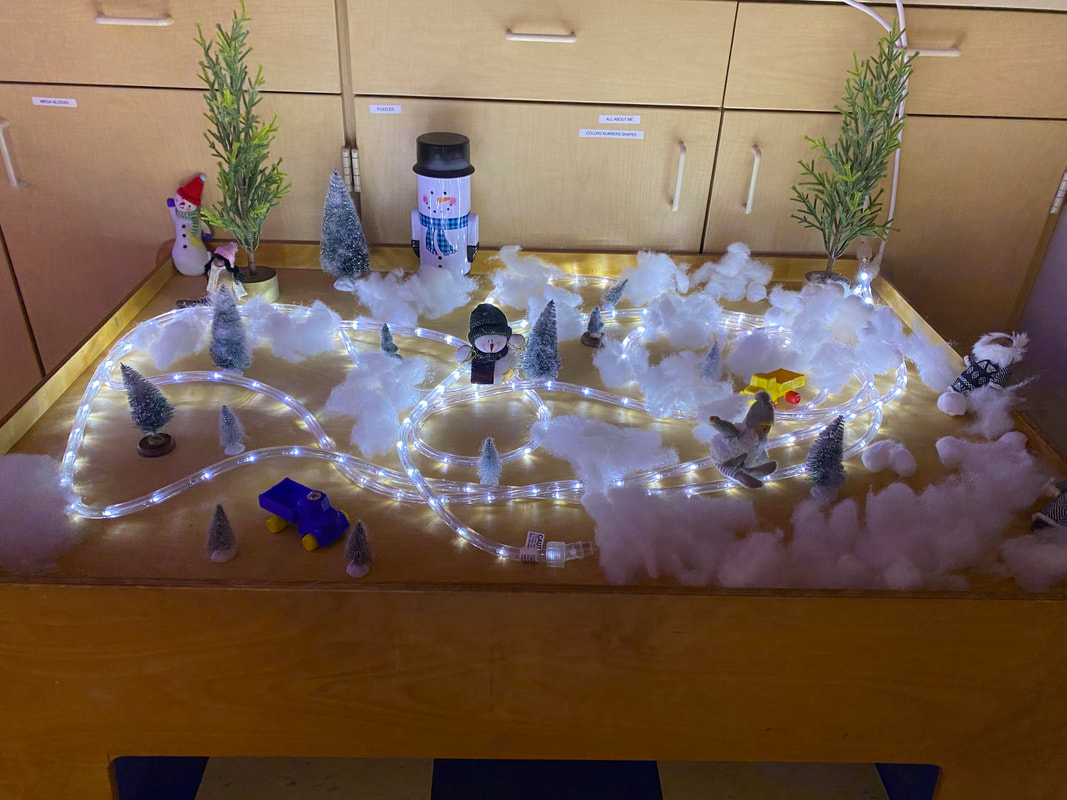
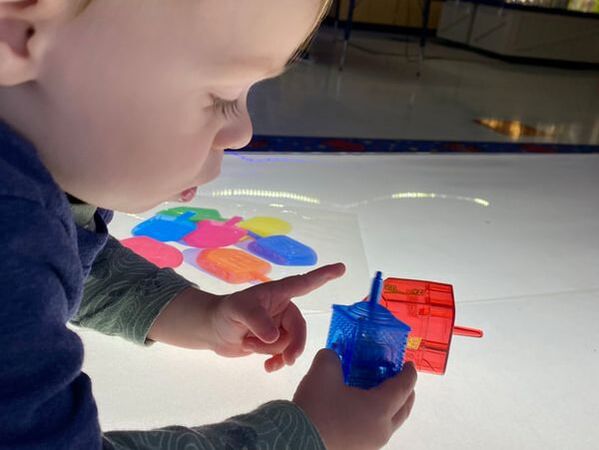
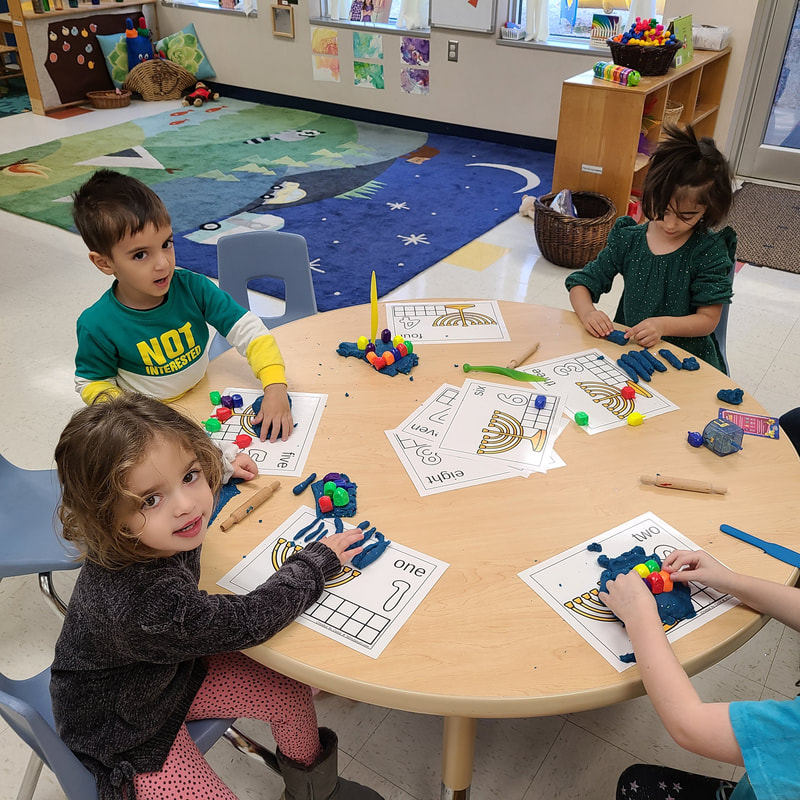
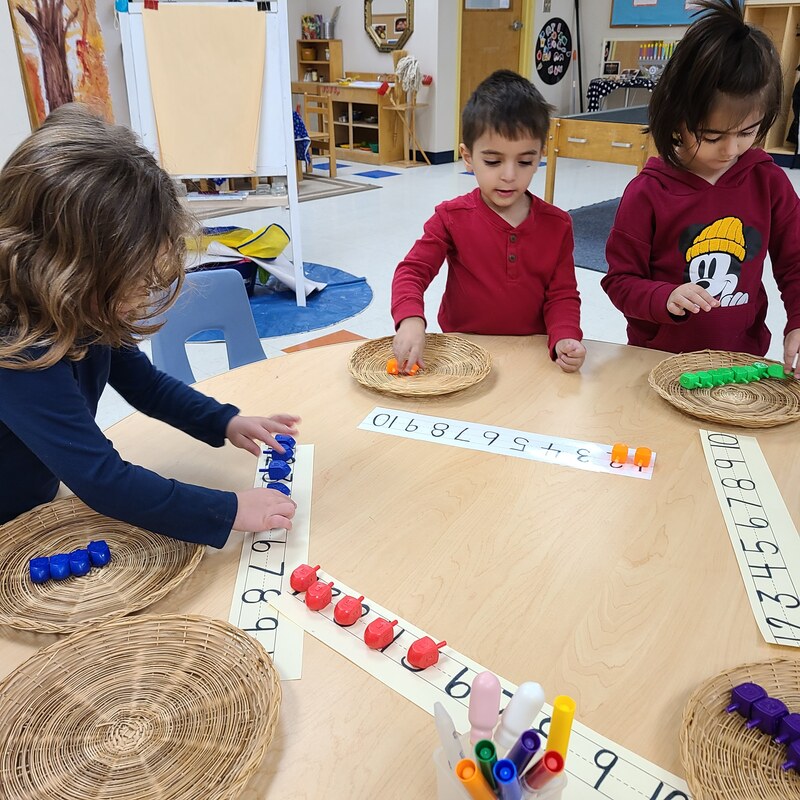
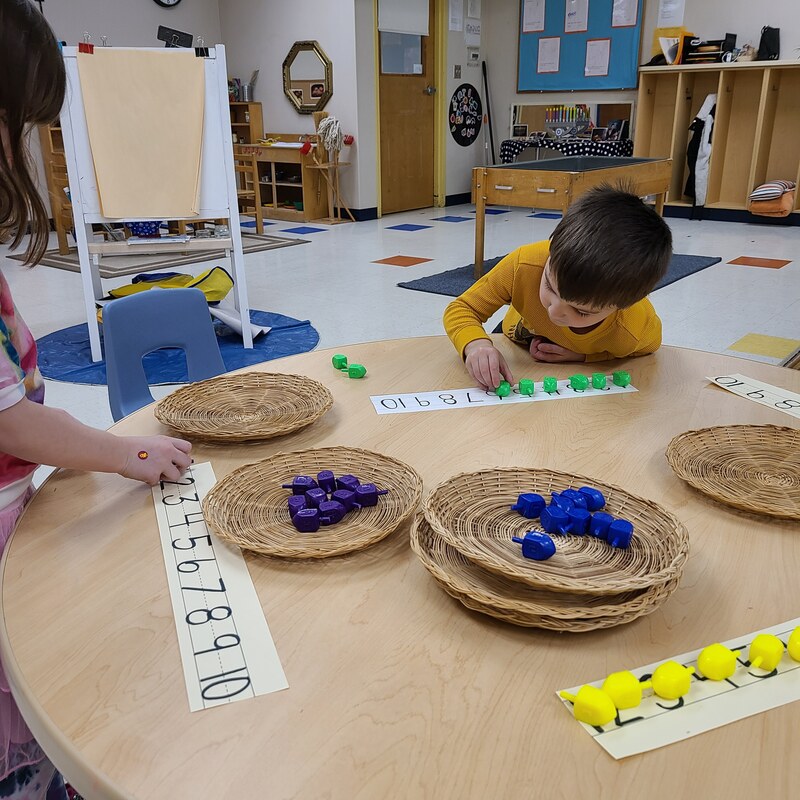
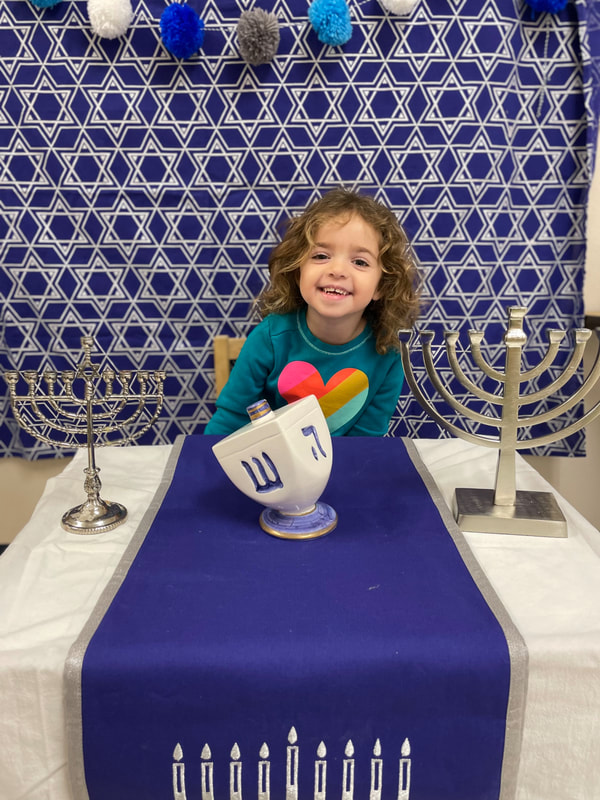
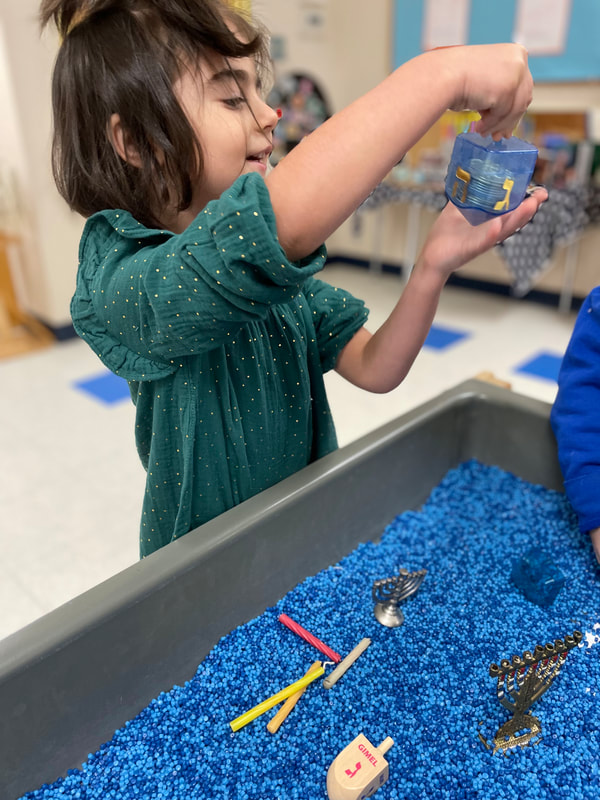
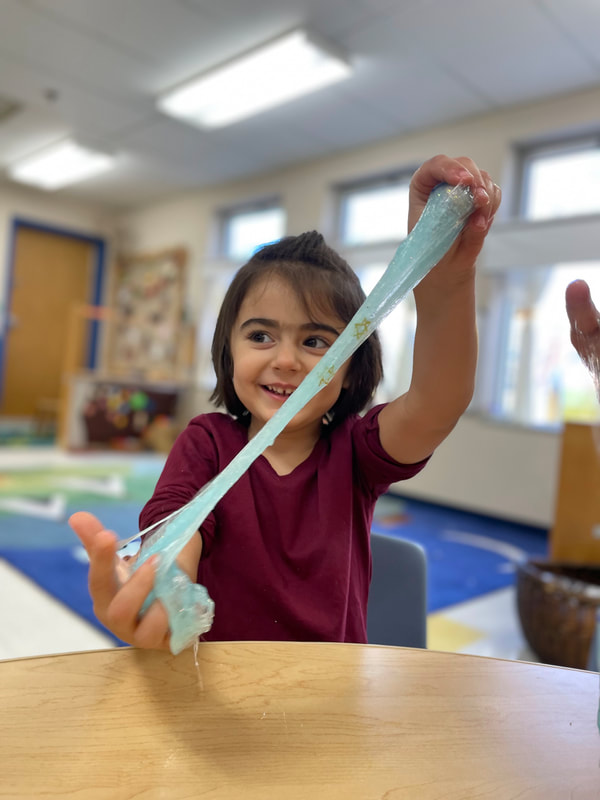
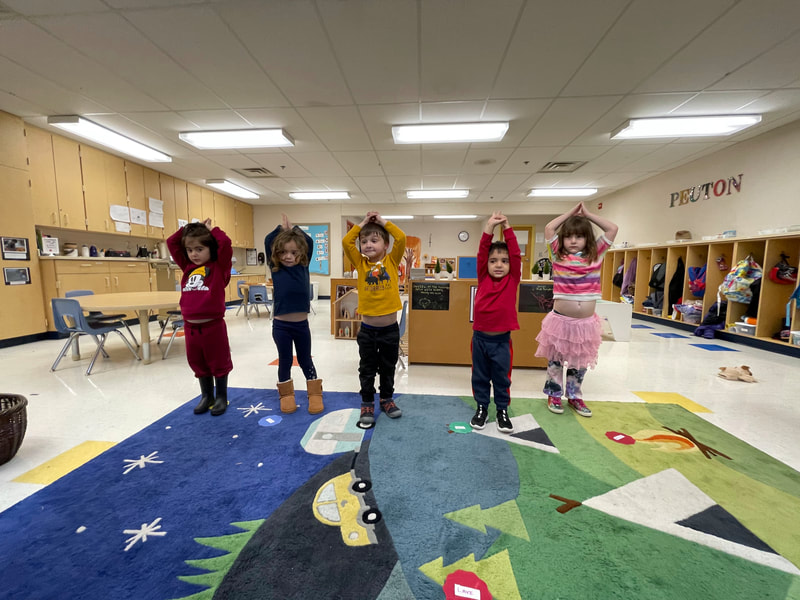
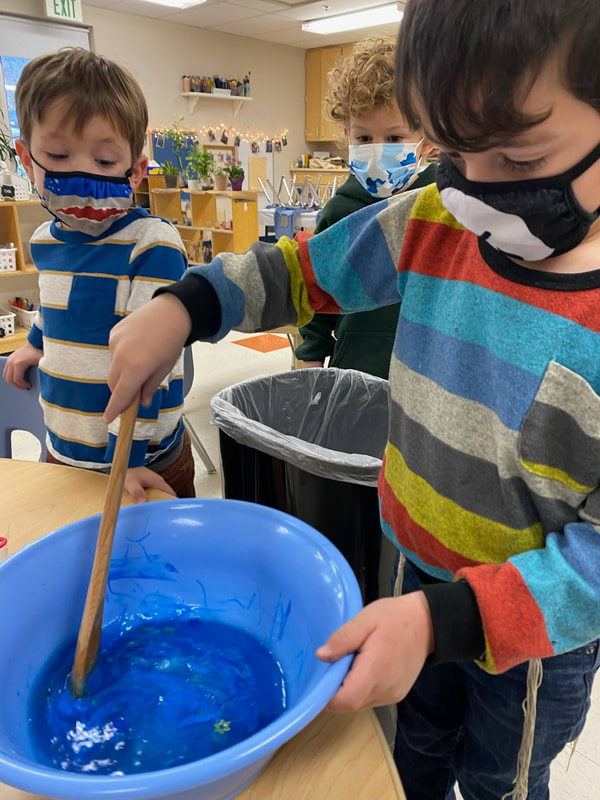
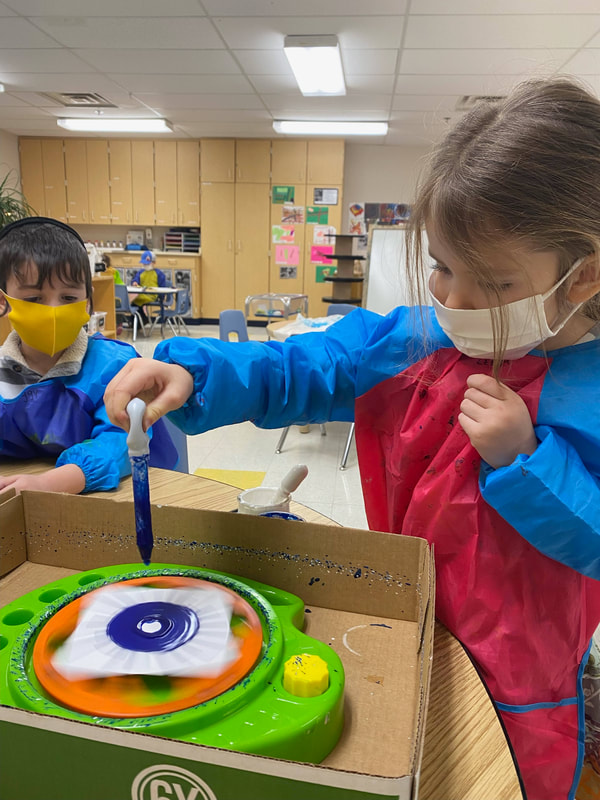
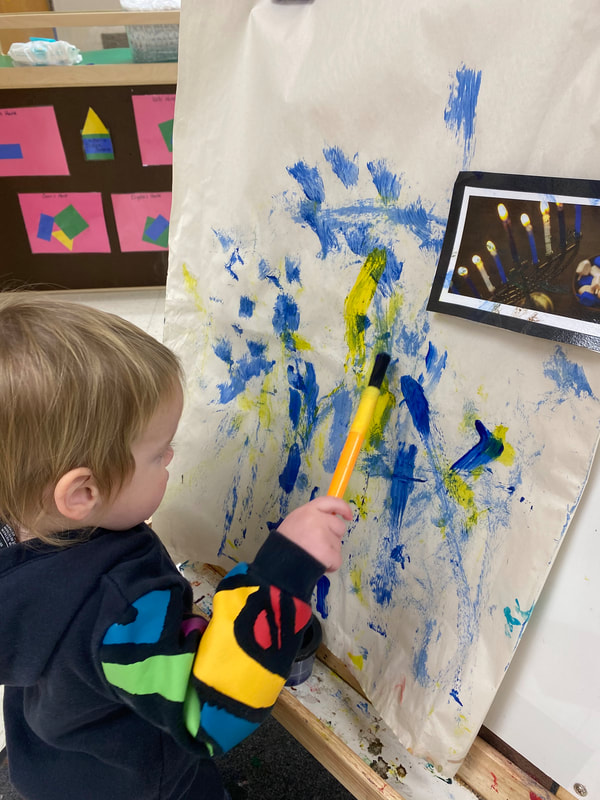
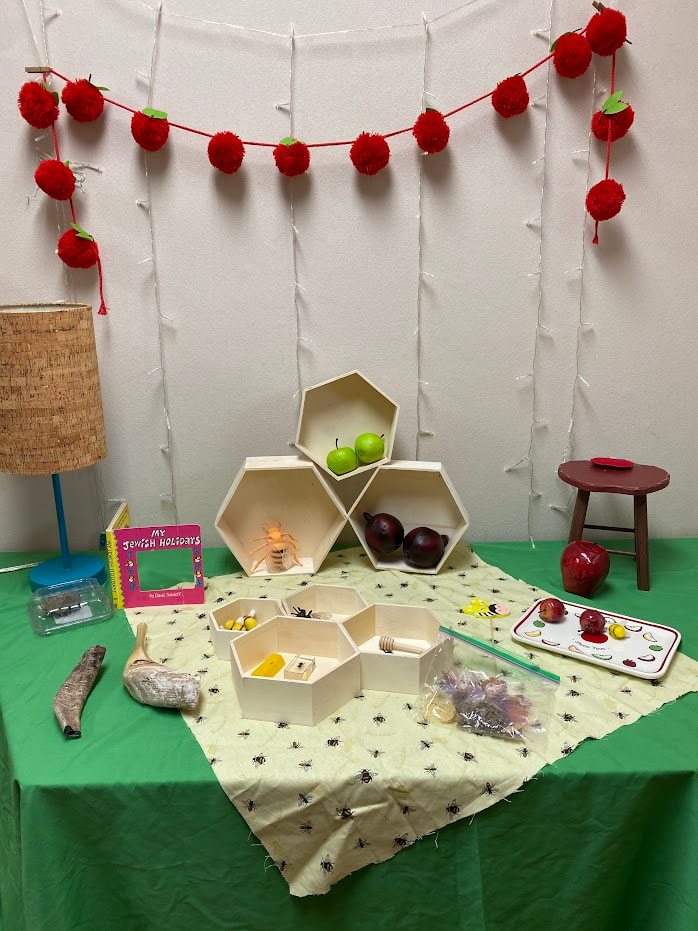
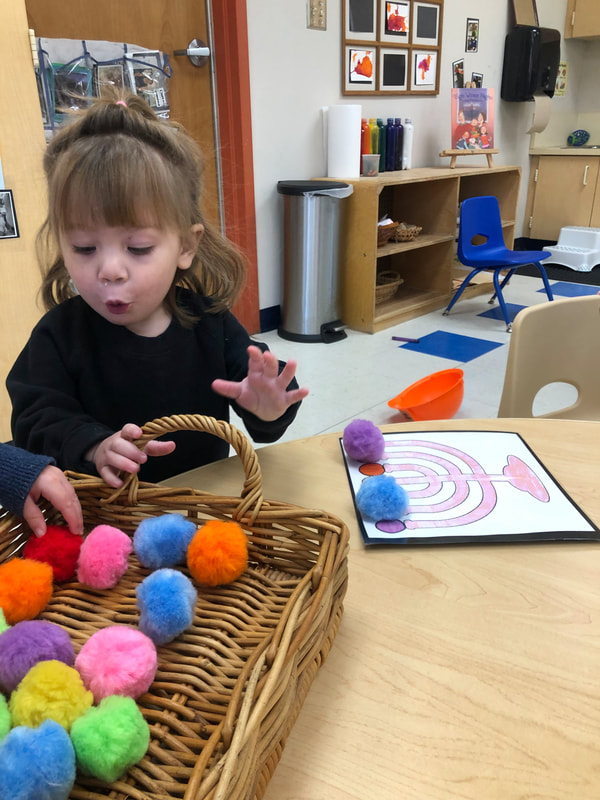
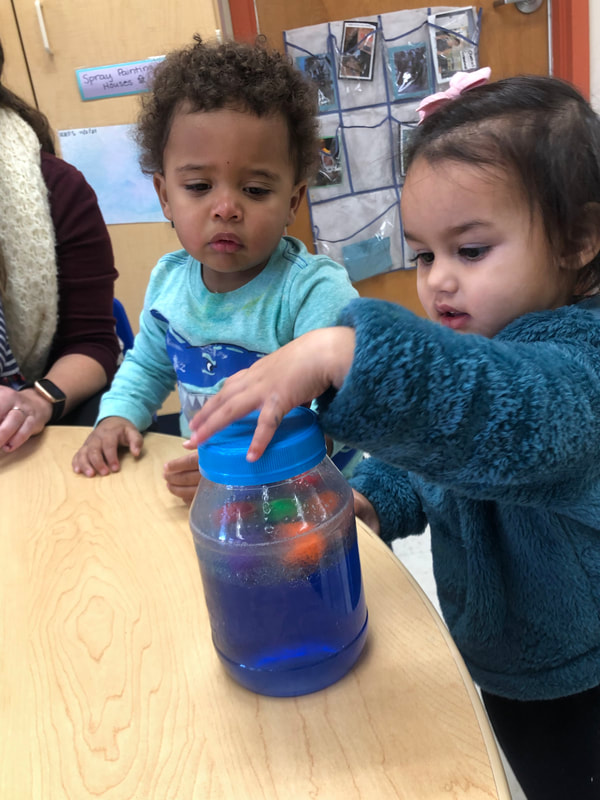
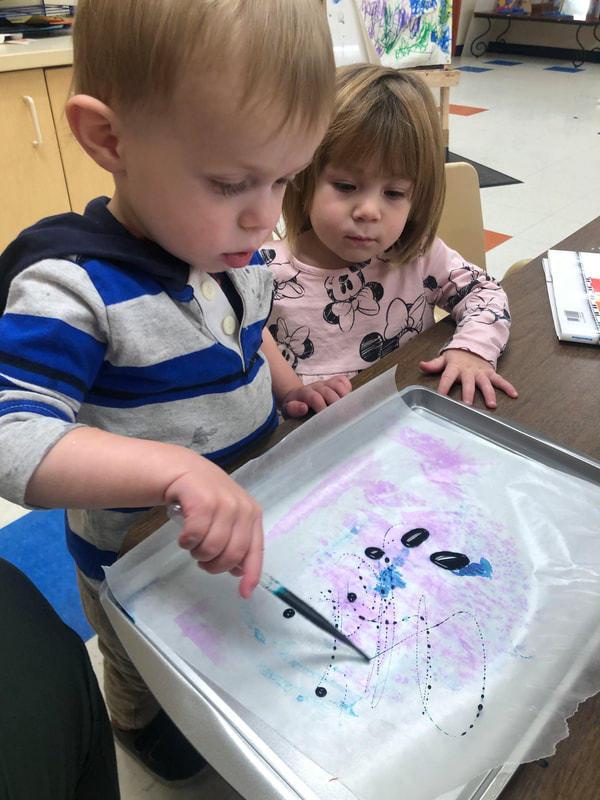
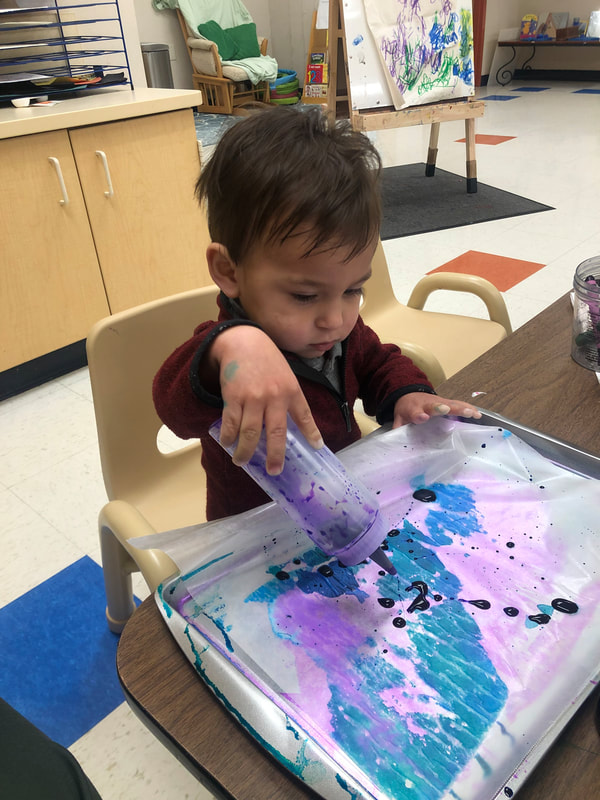
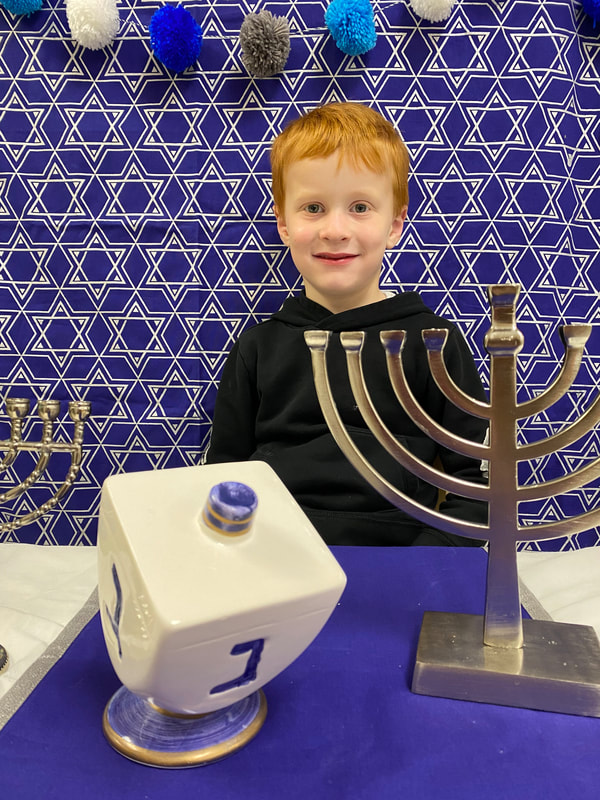
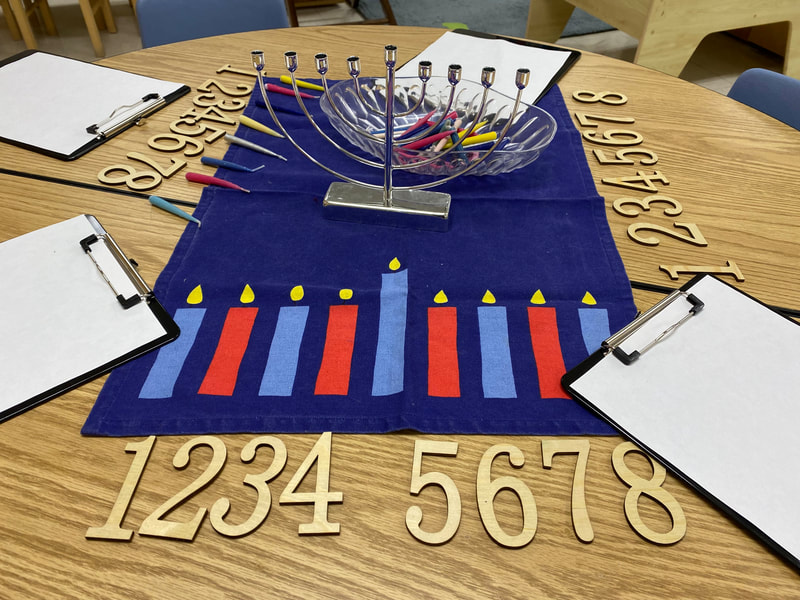
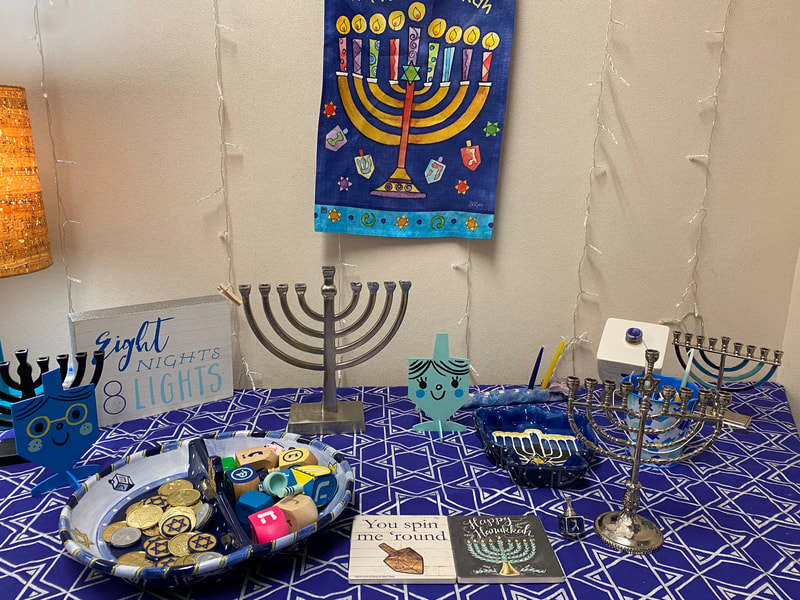
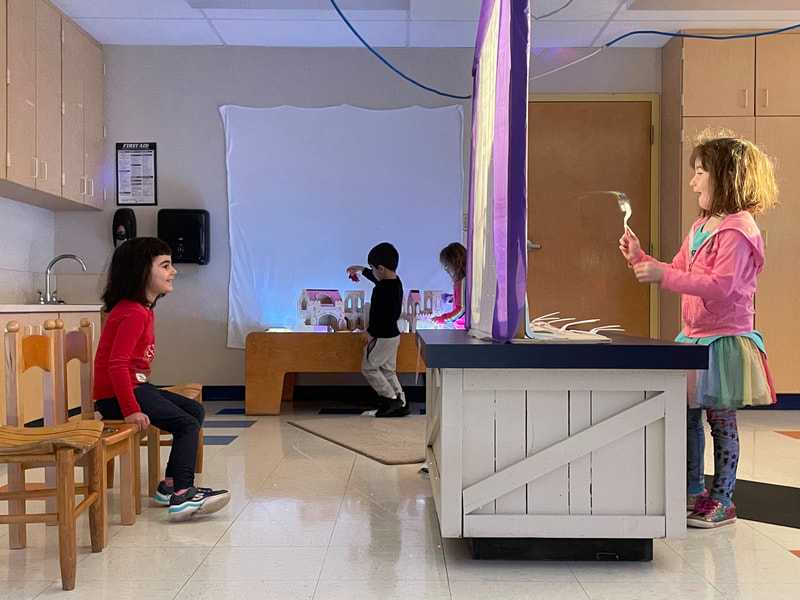
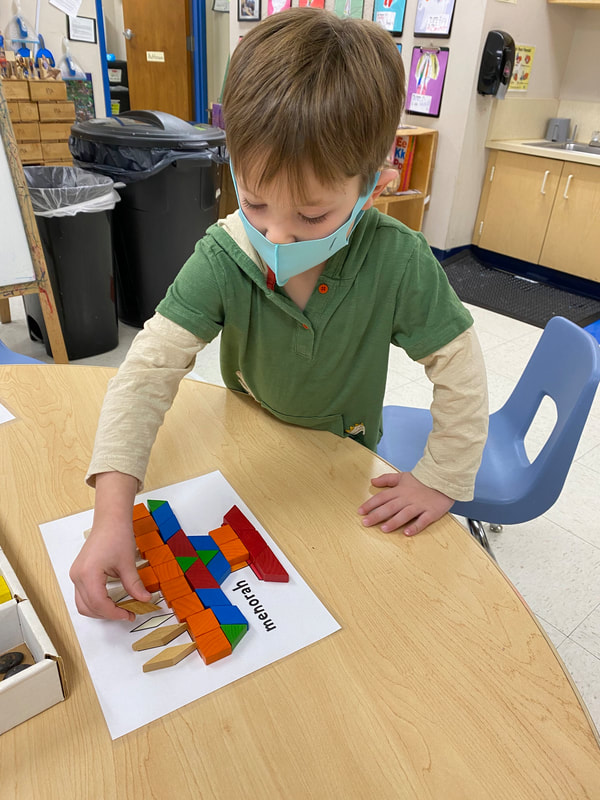
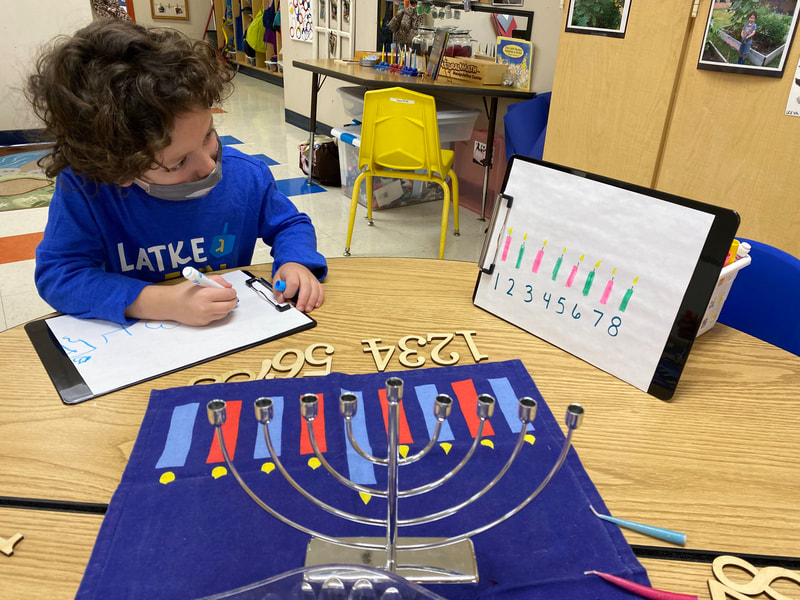
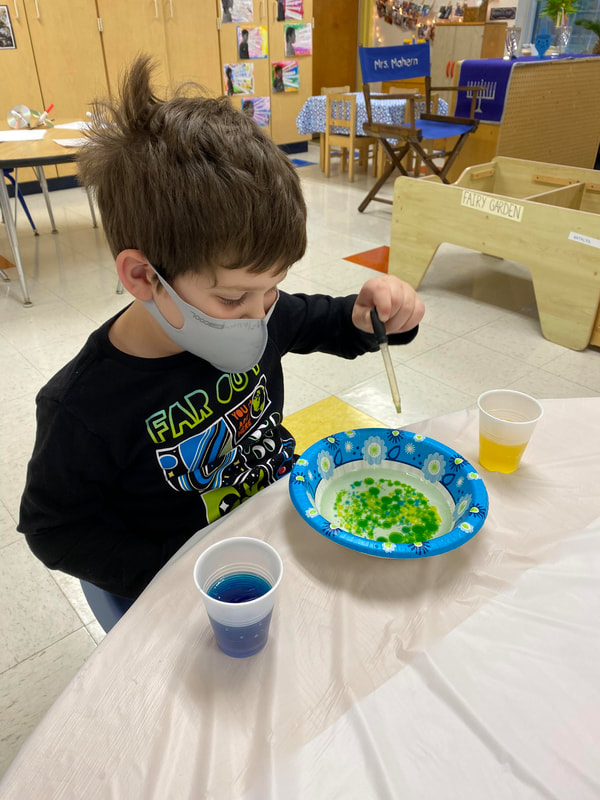
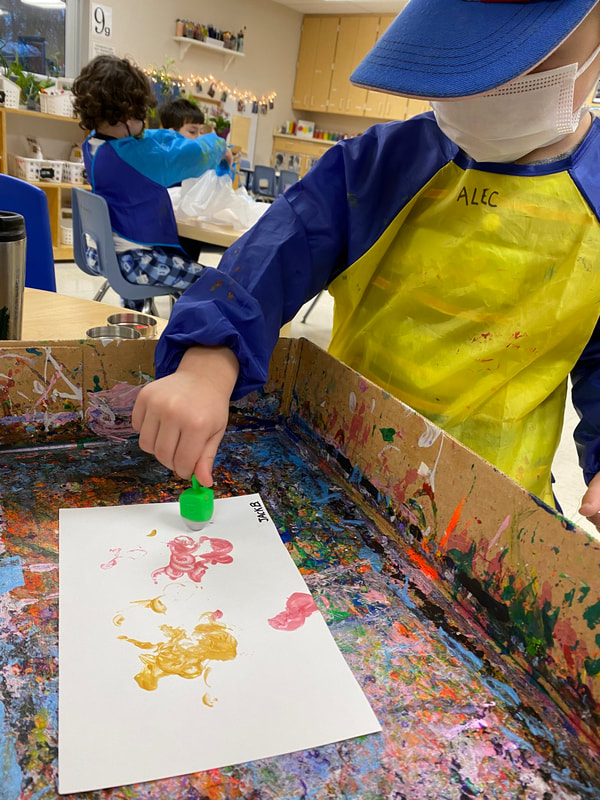
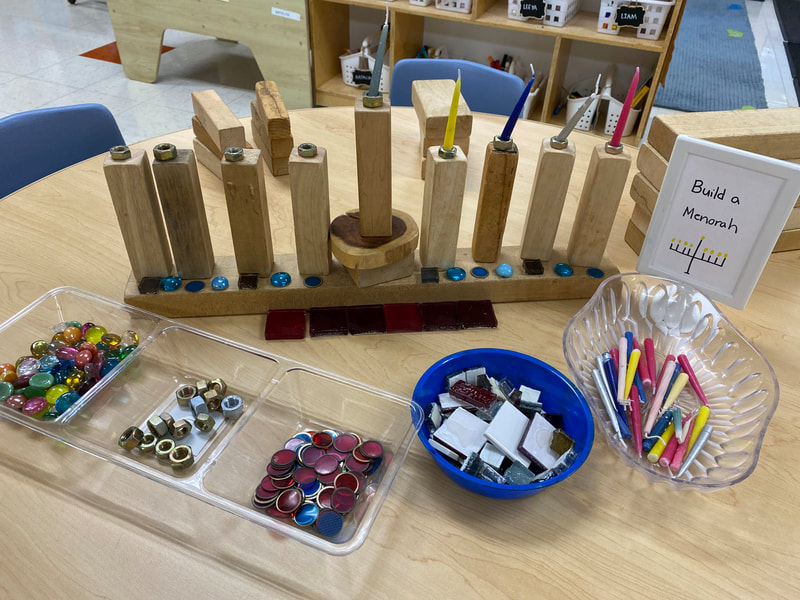
 RSS Feed
RSS Feed
